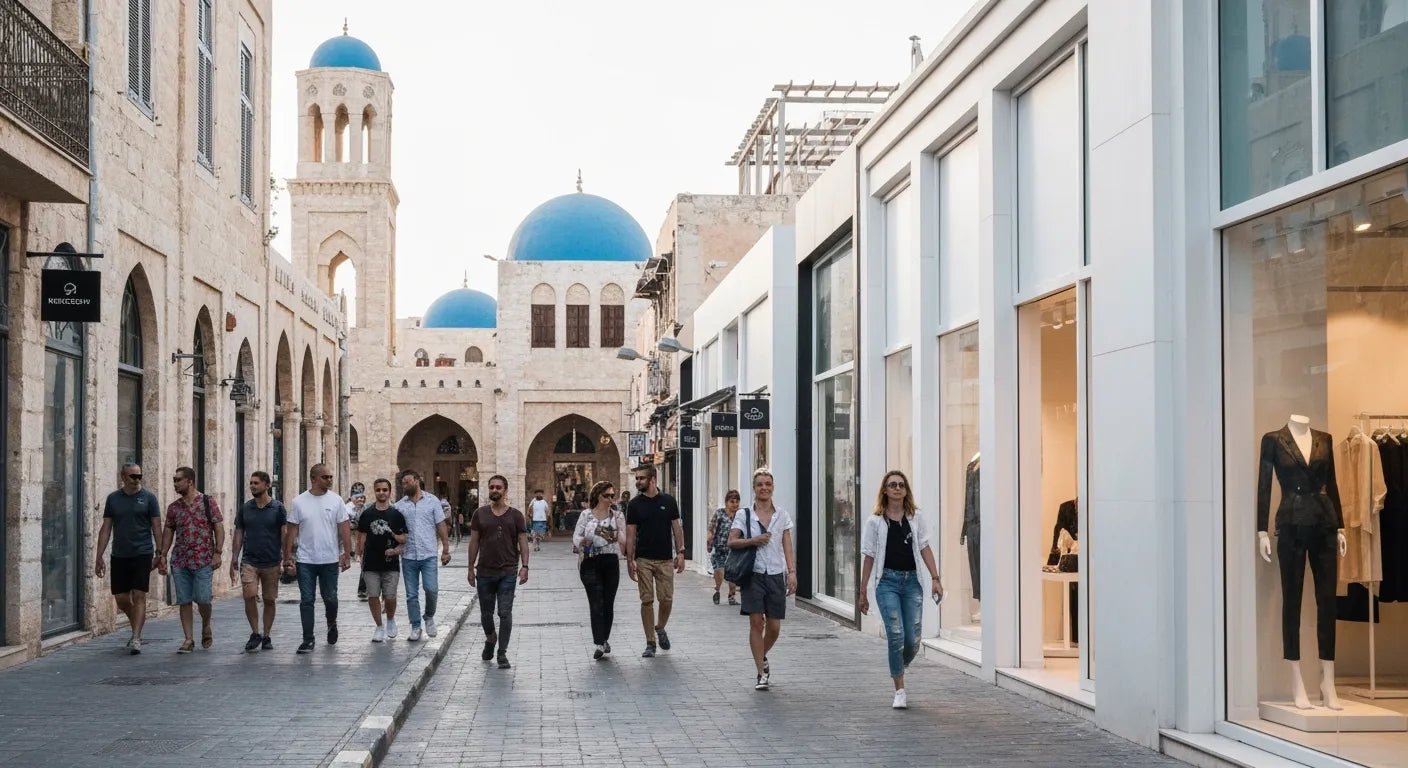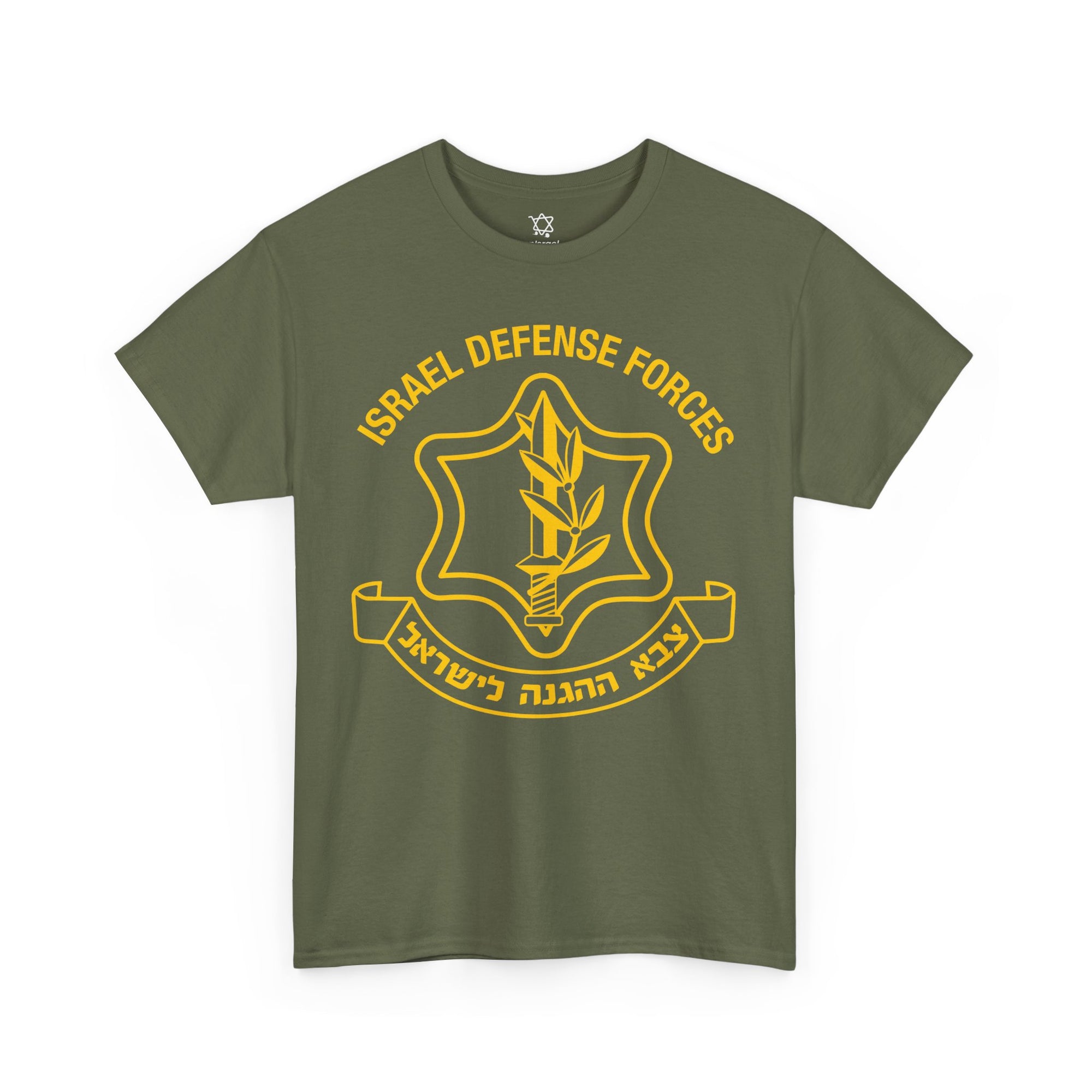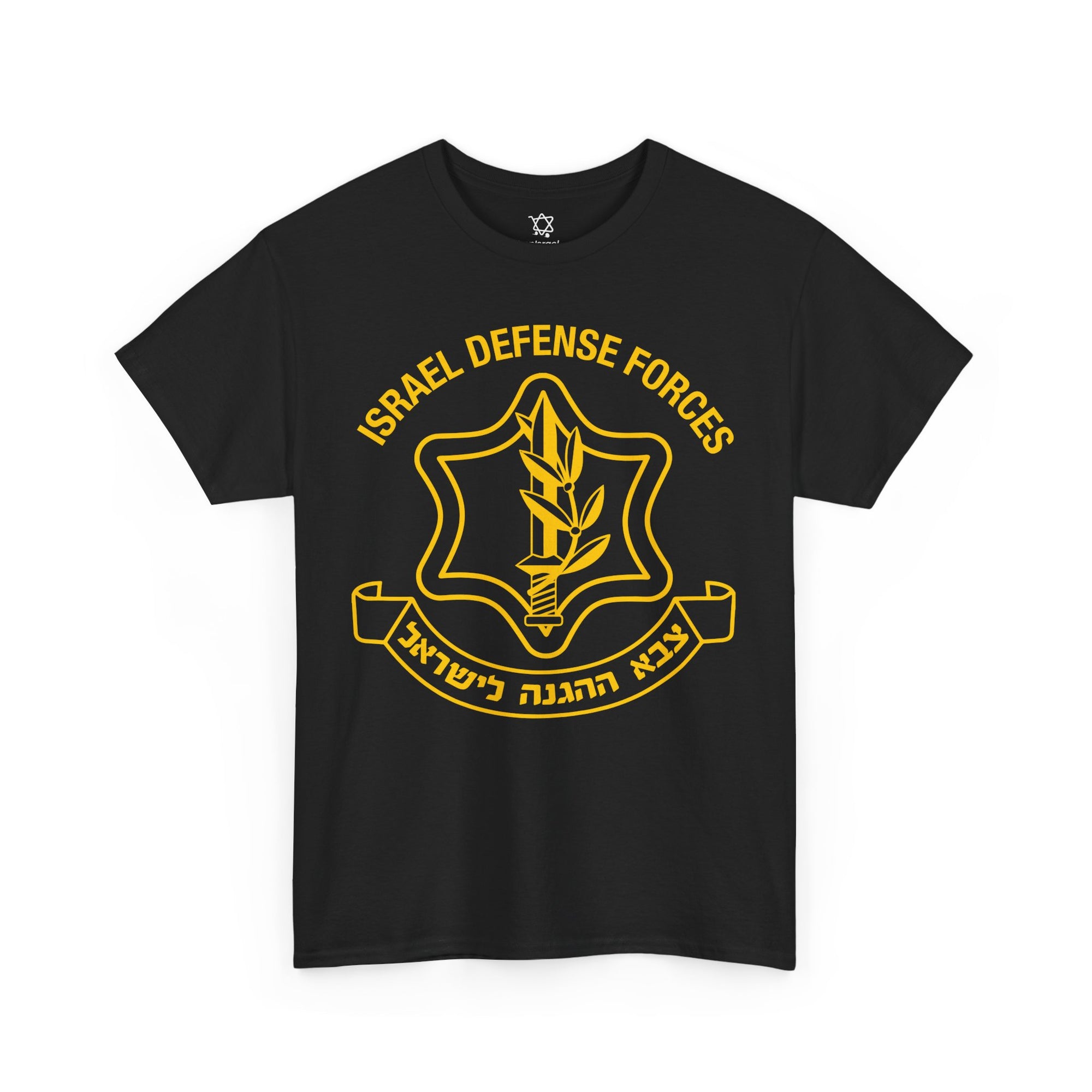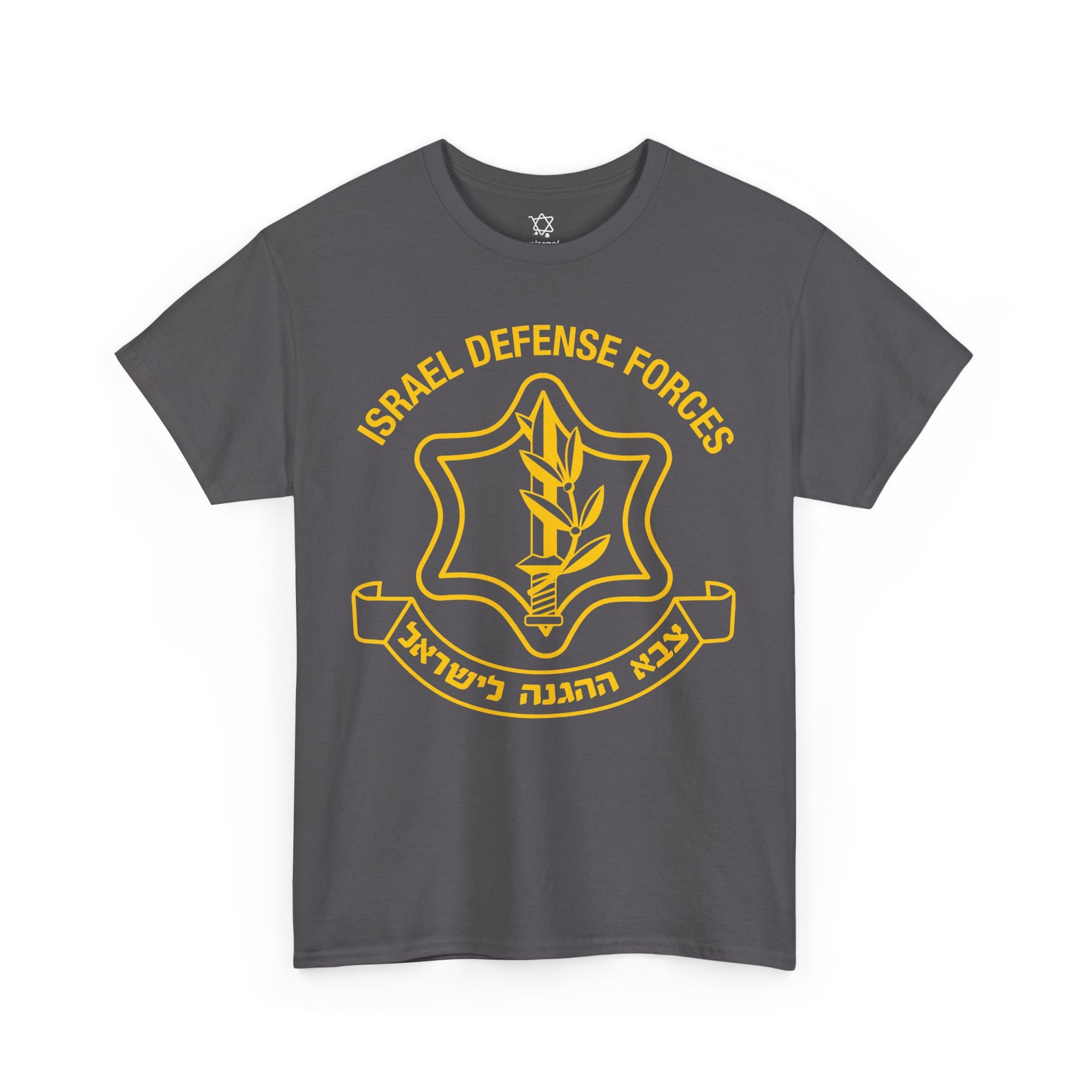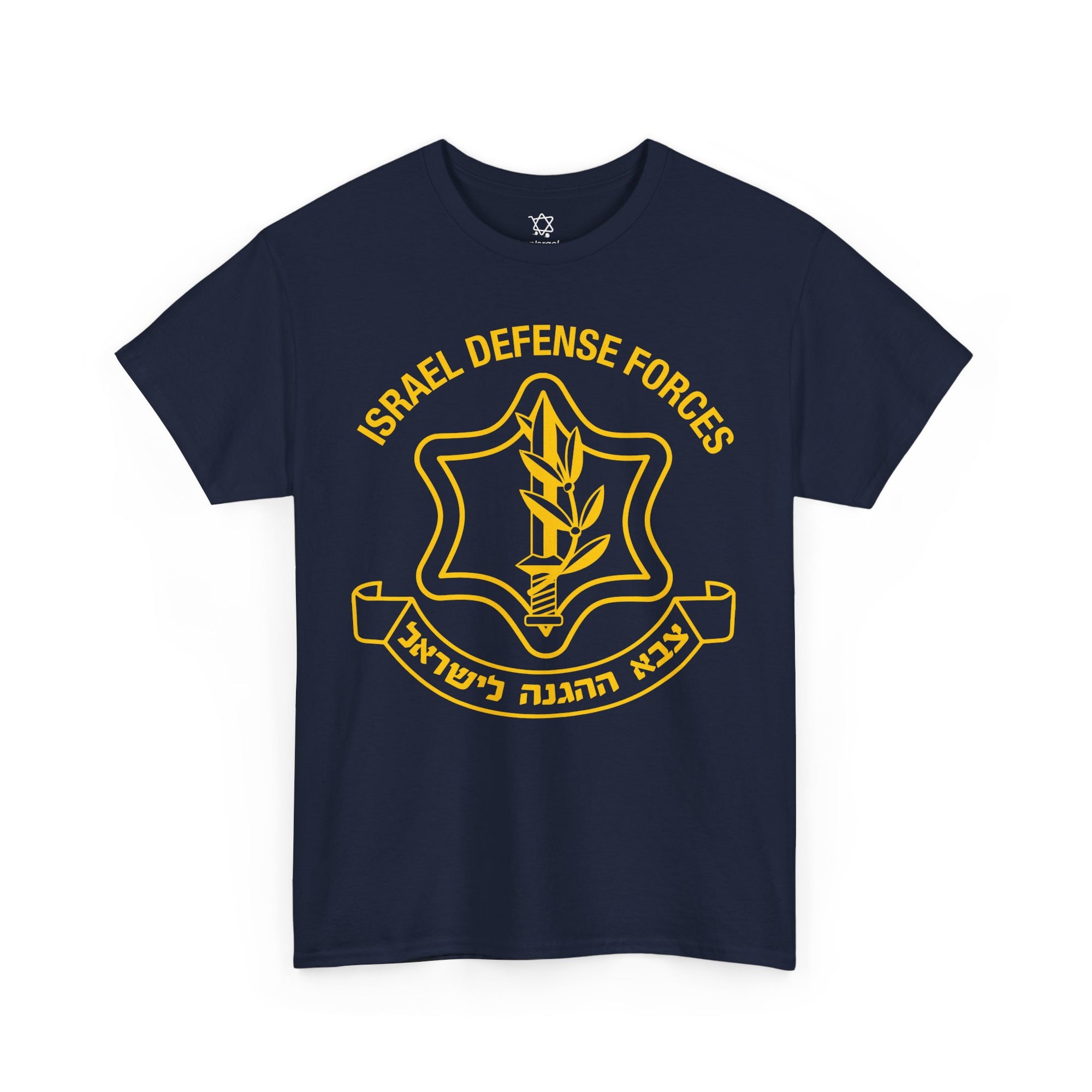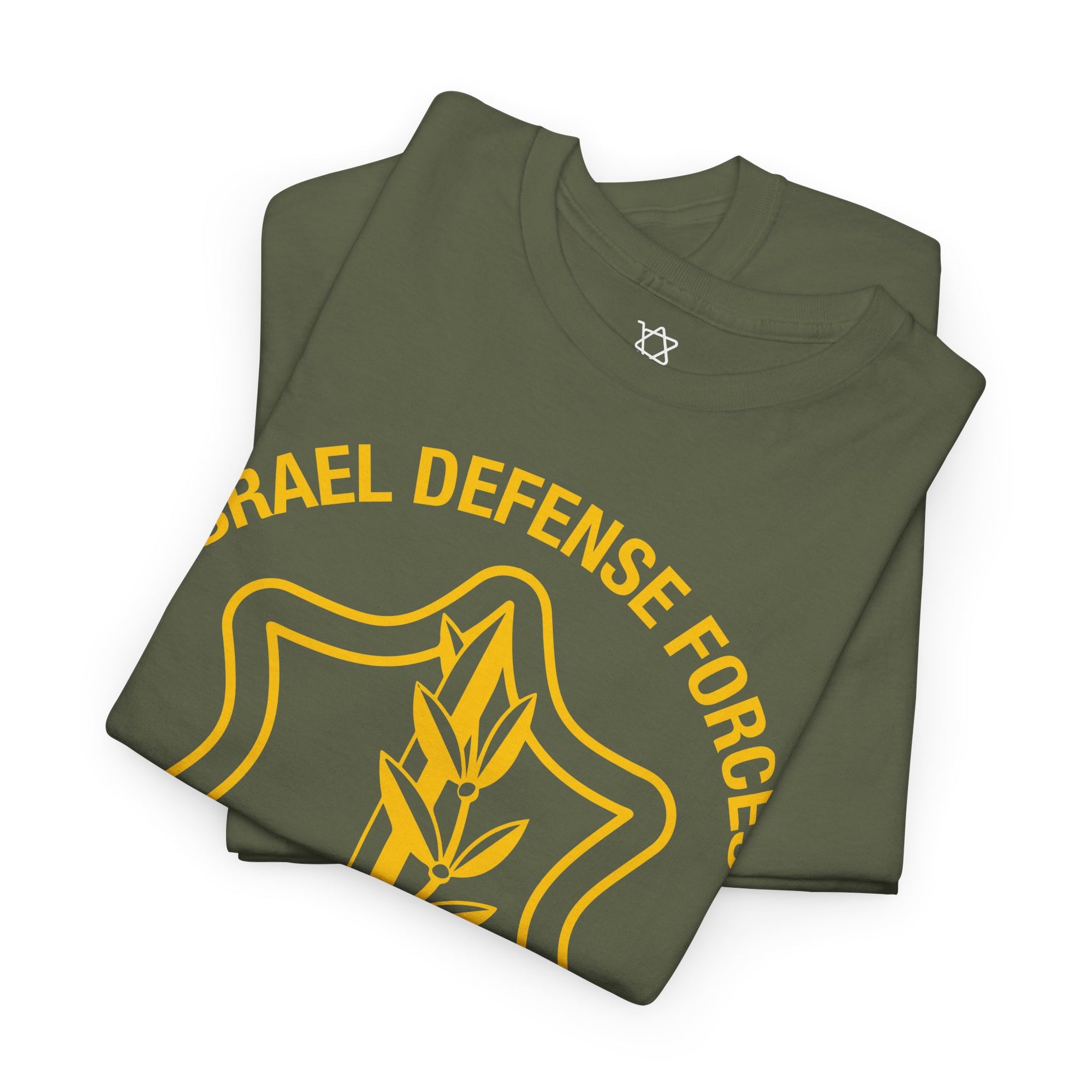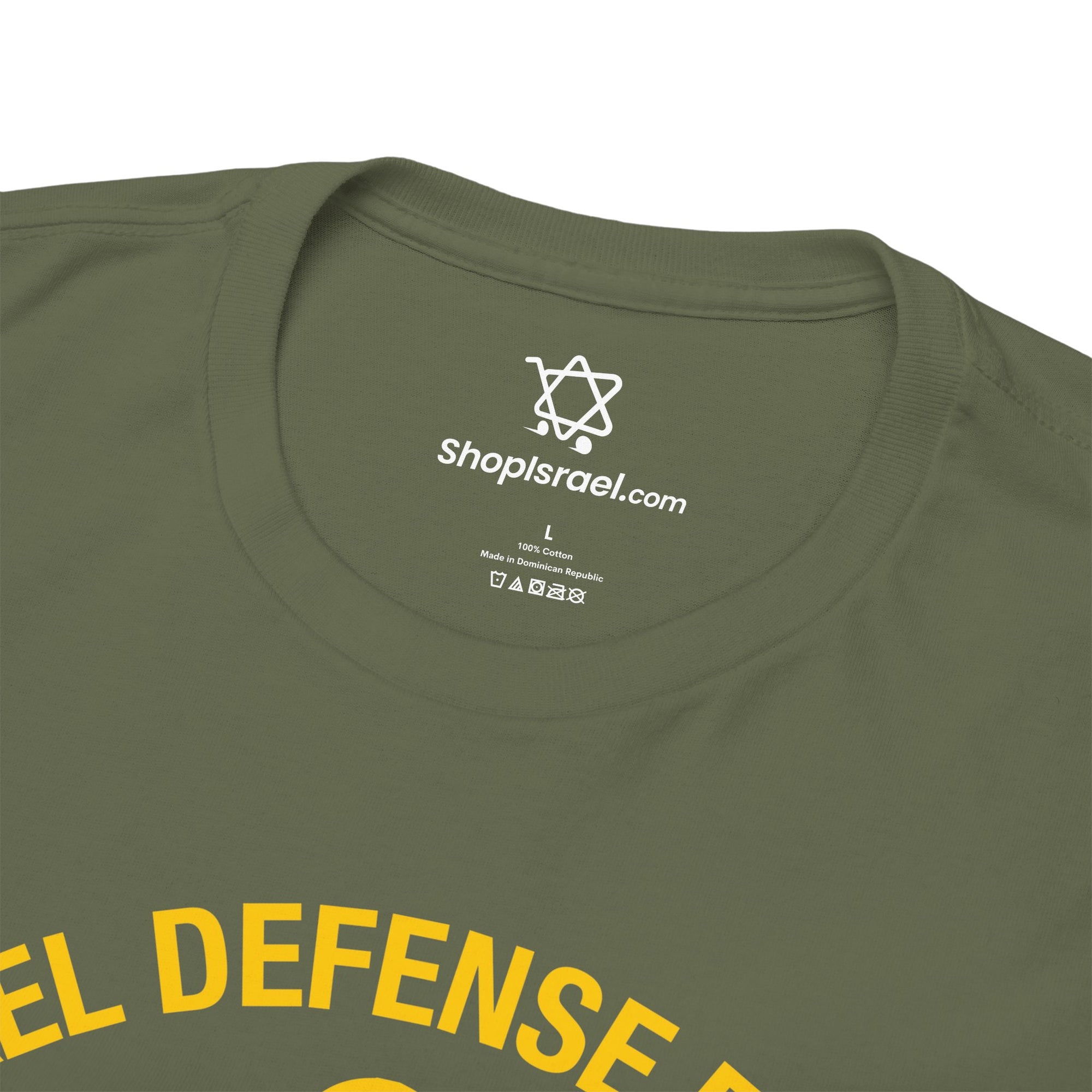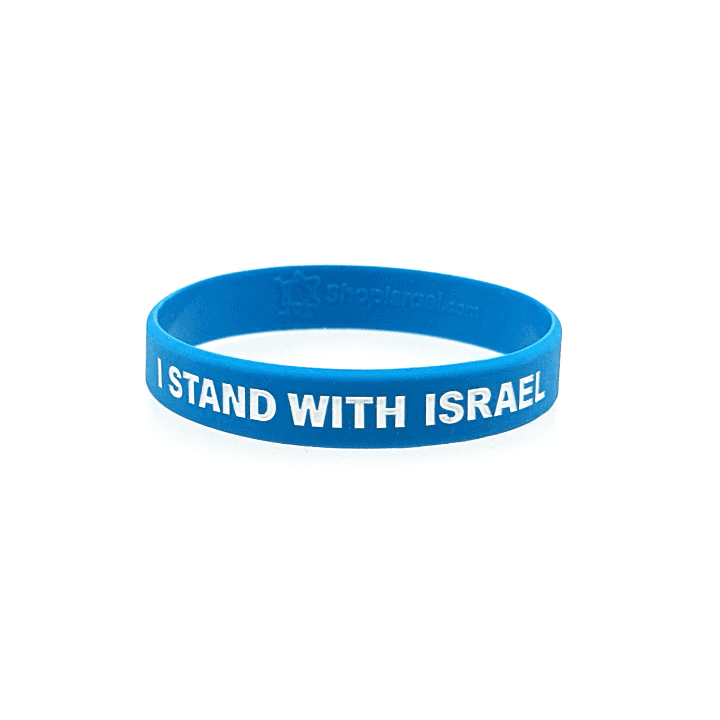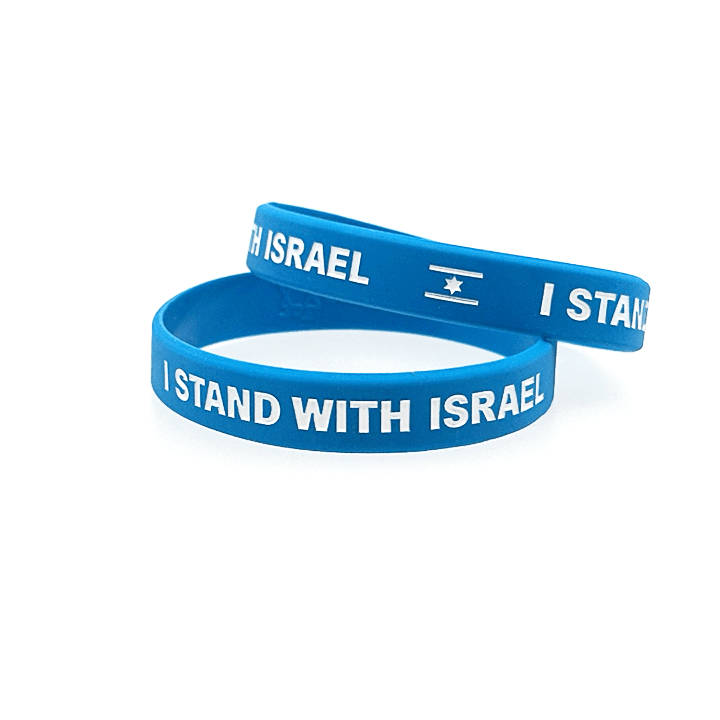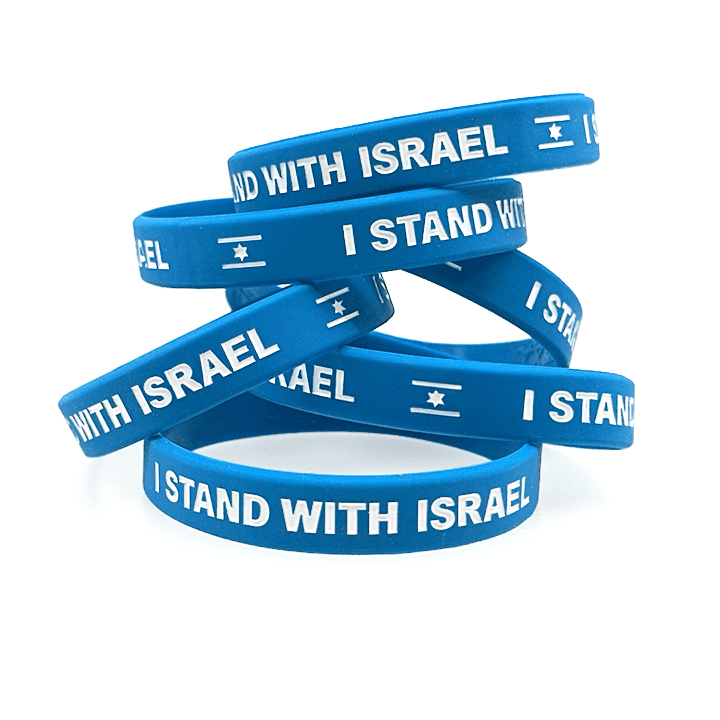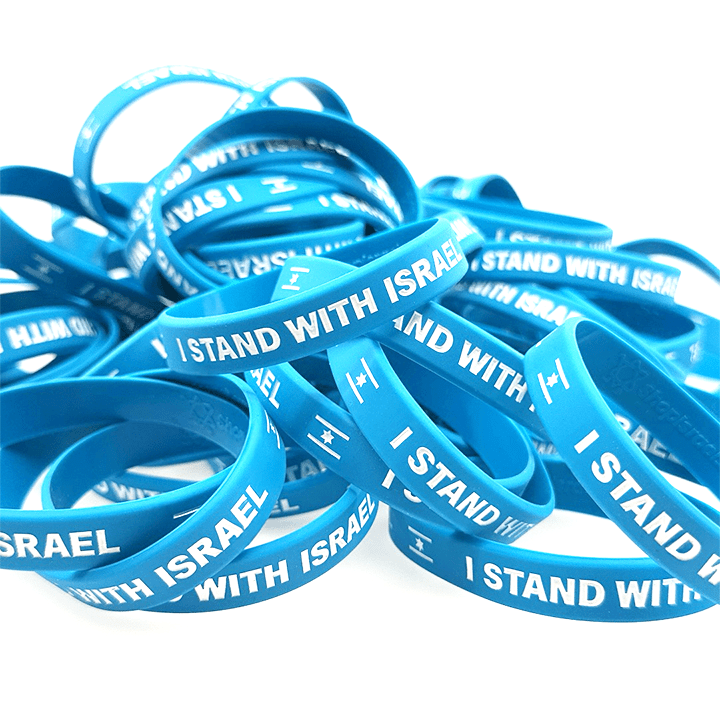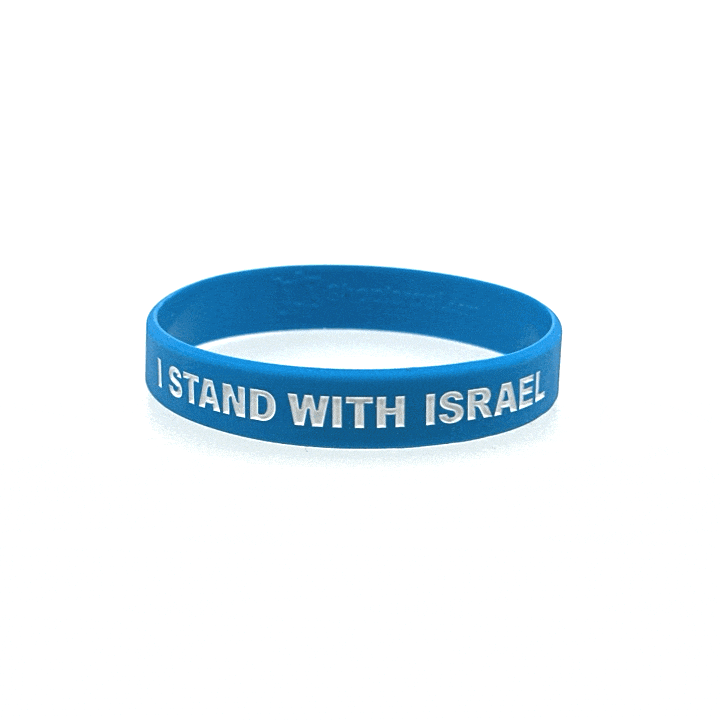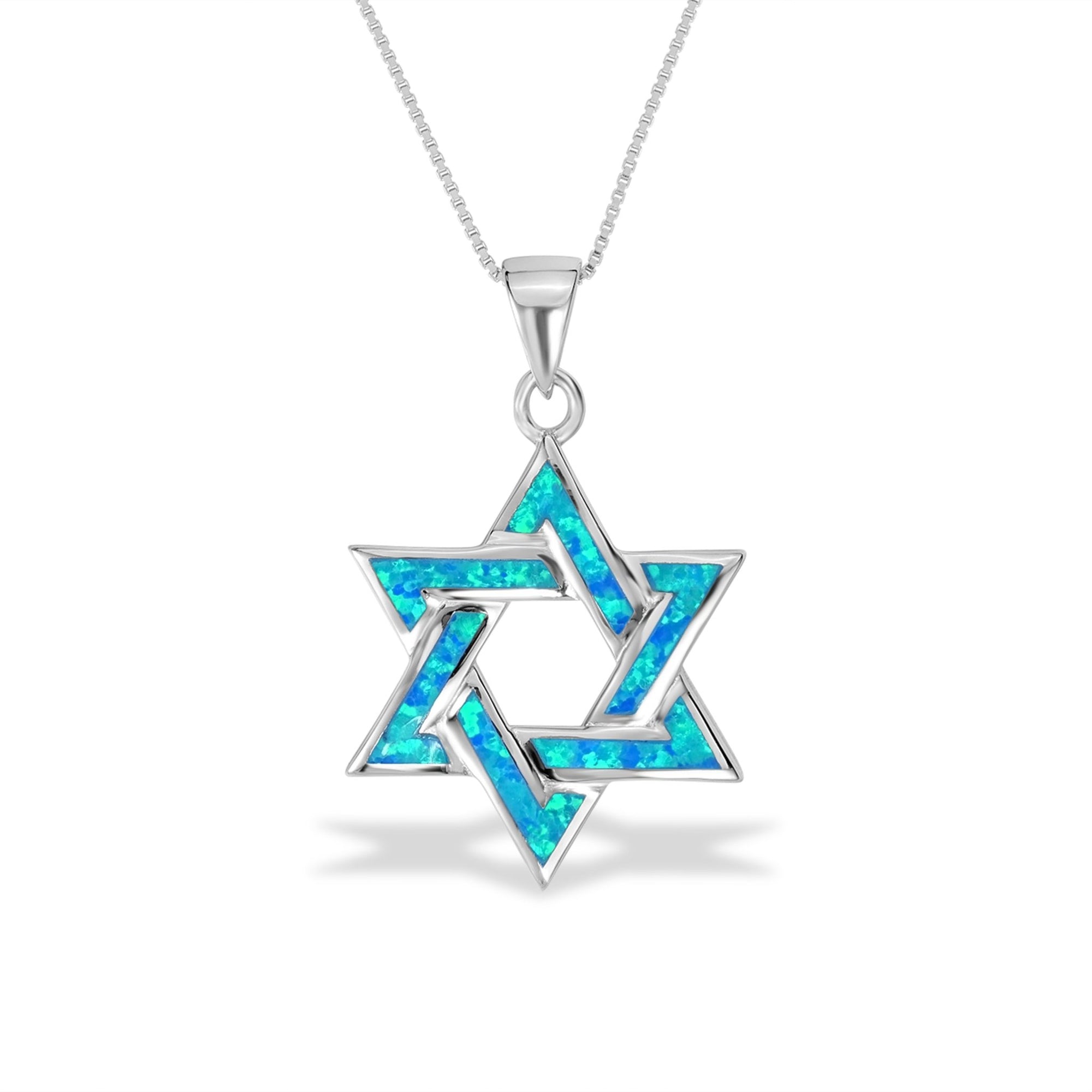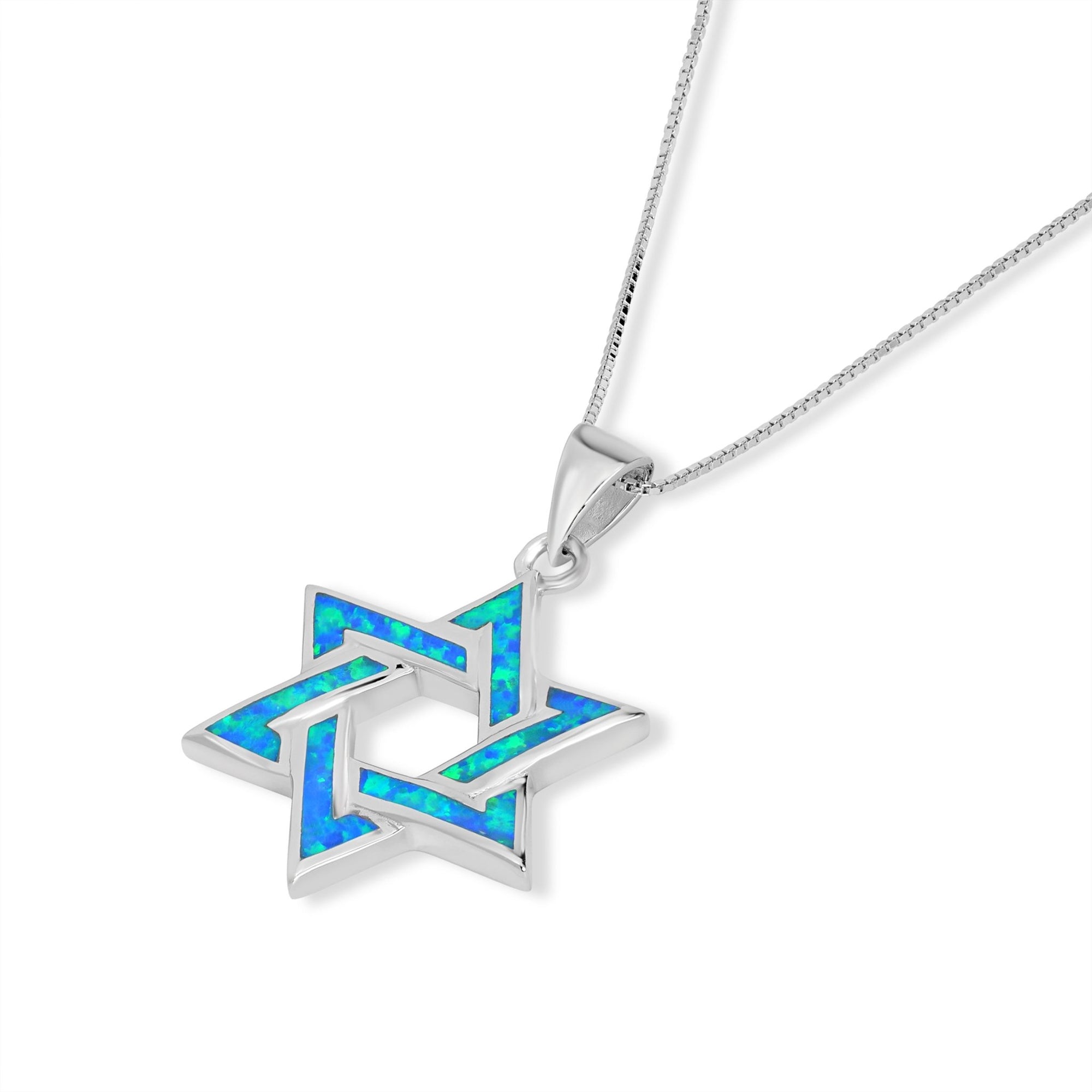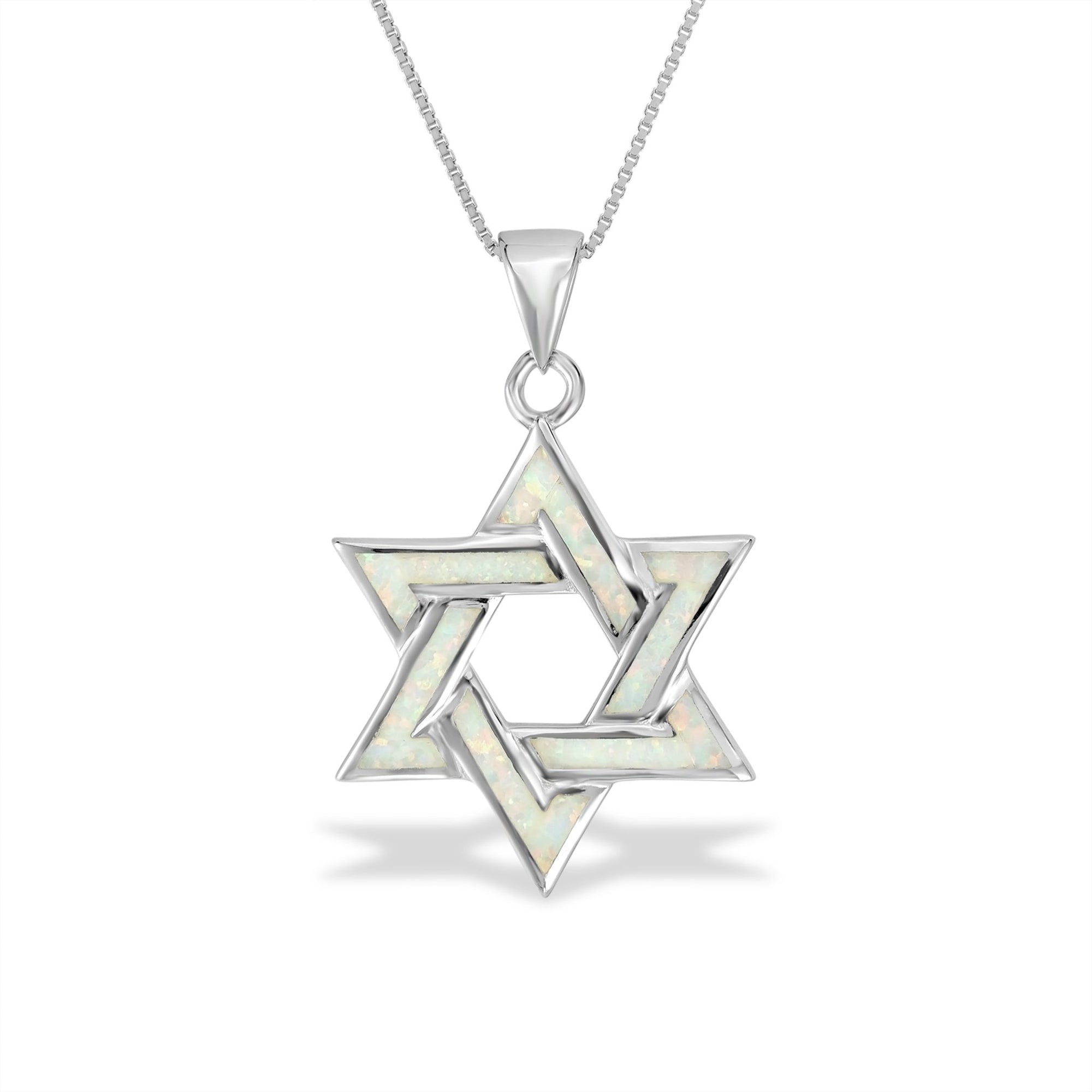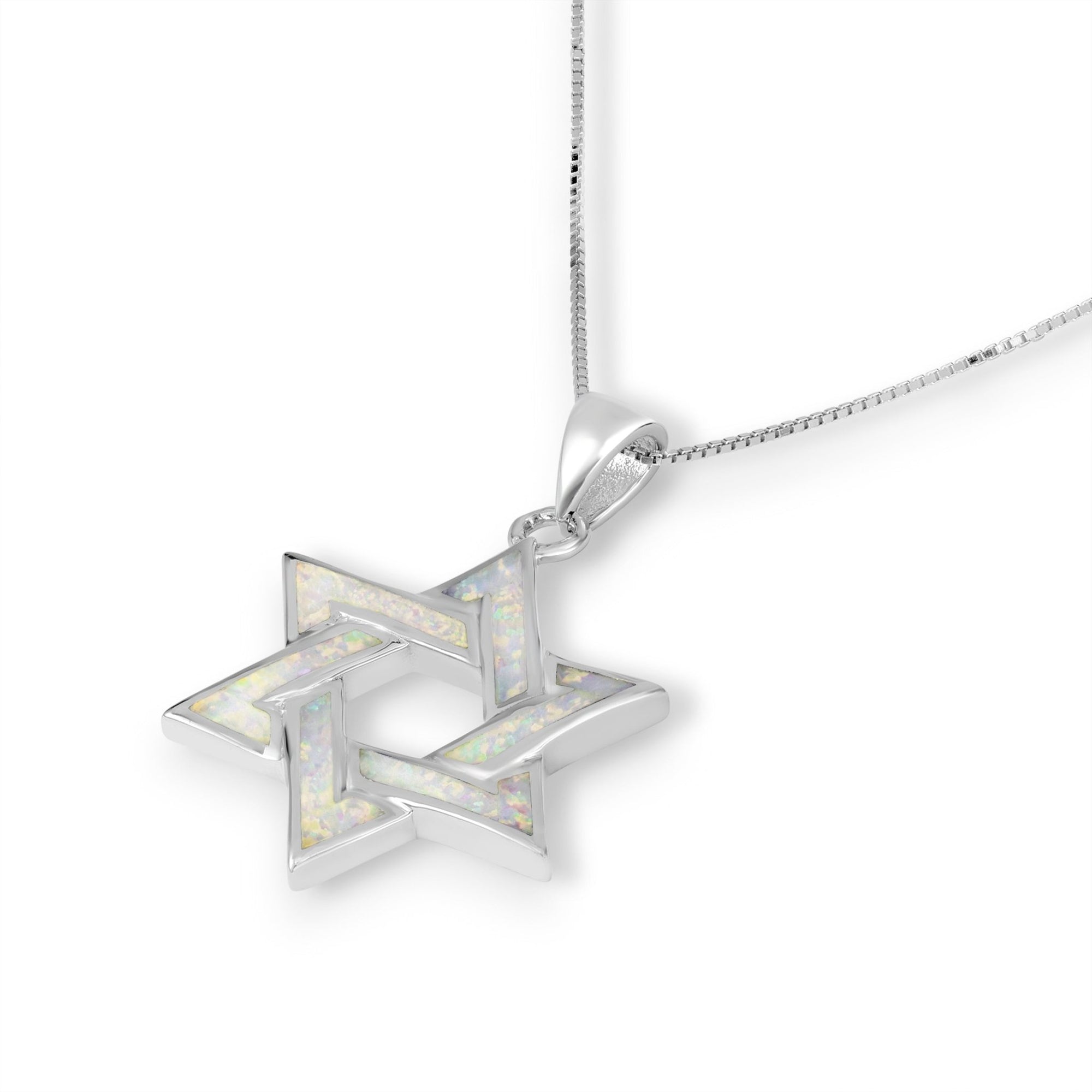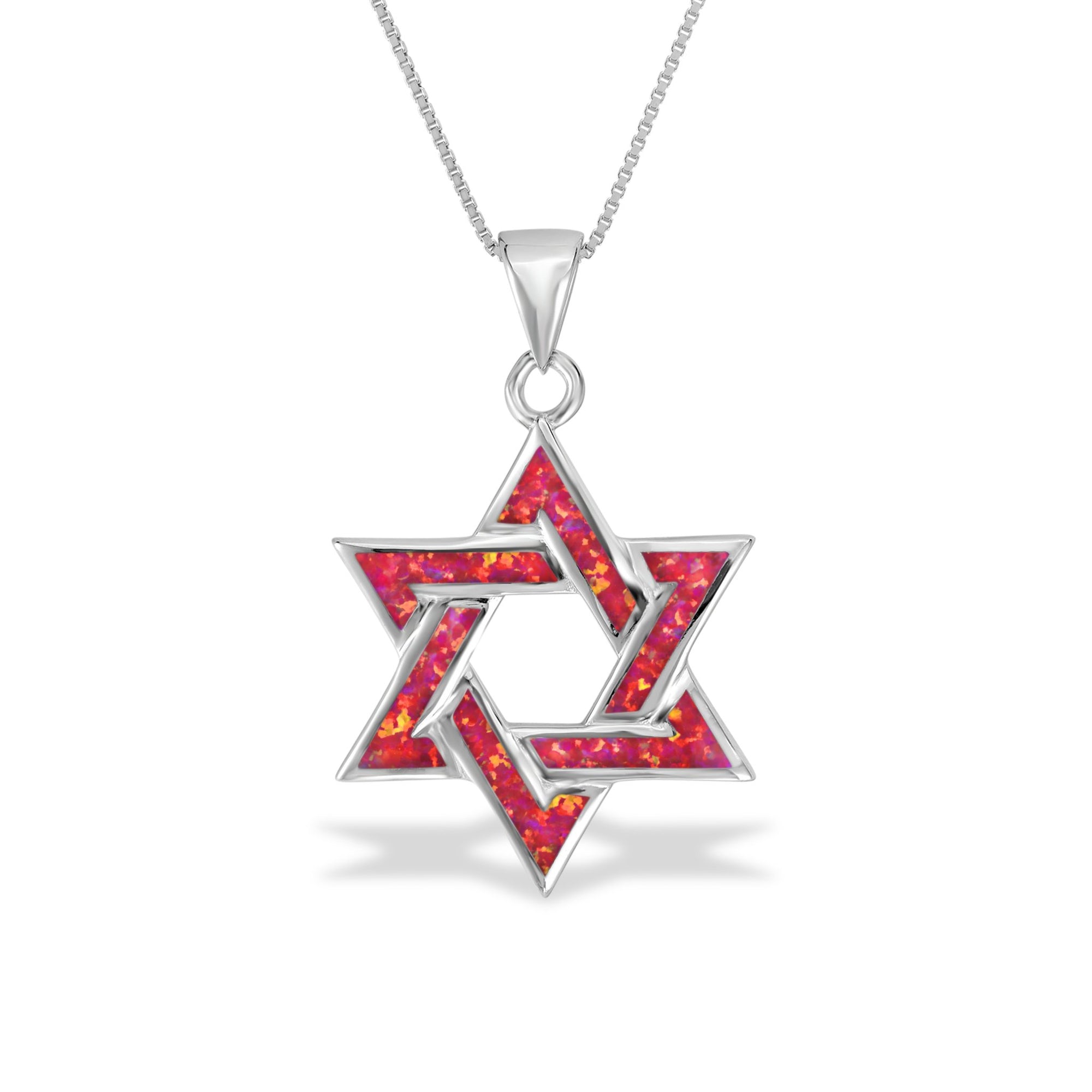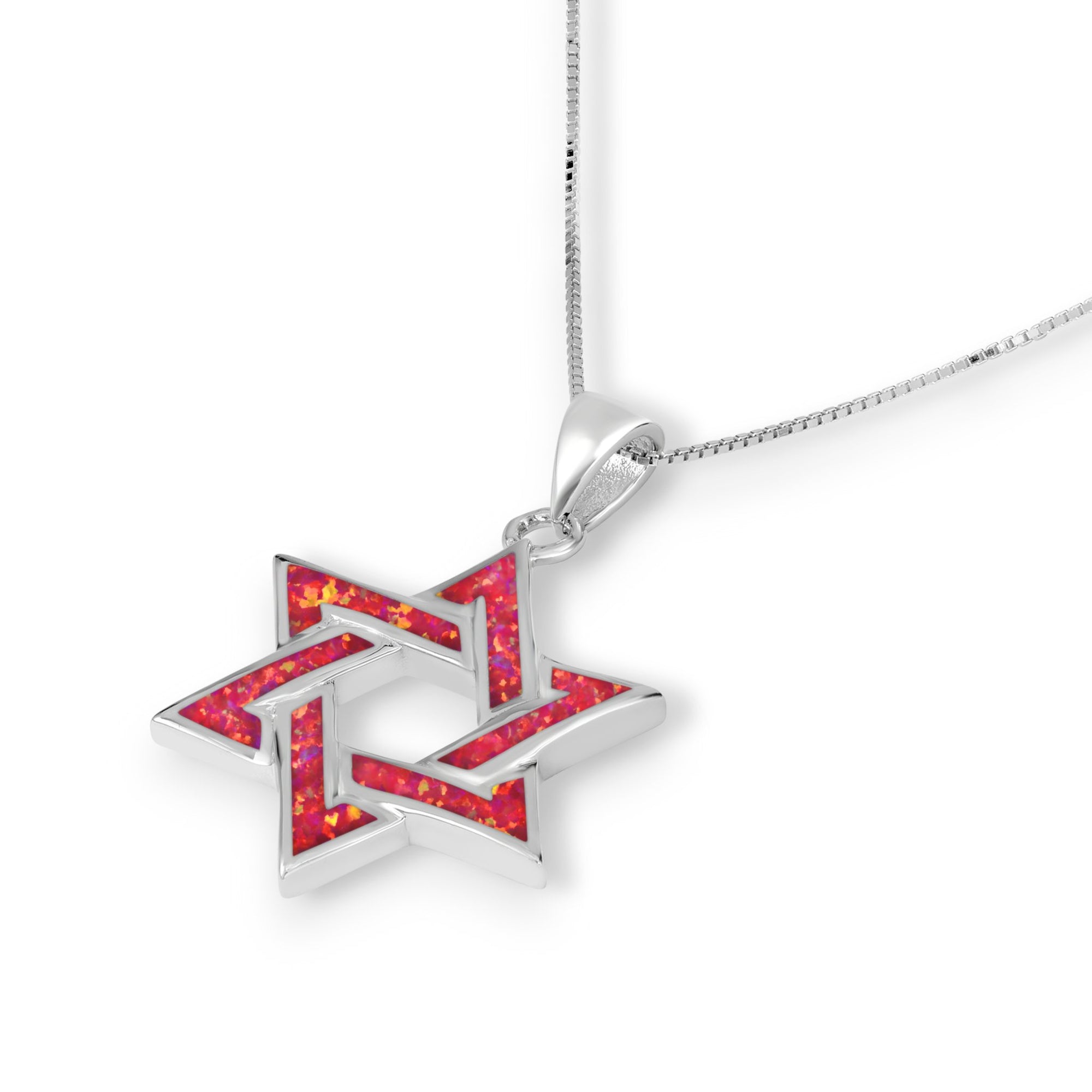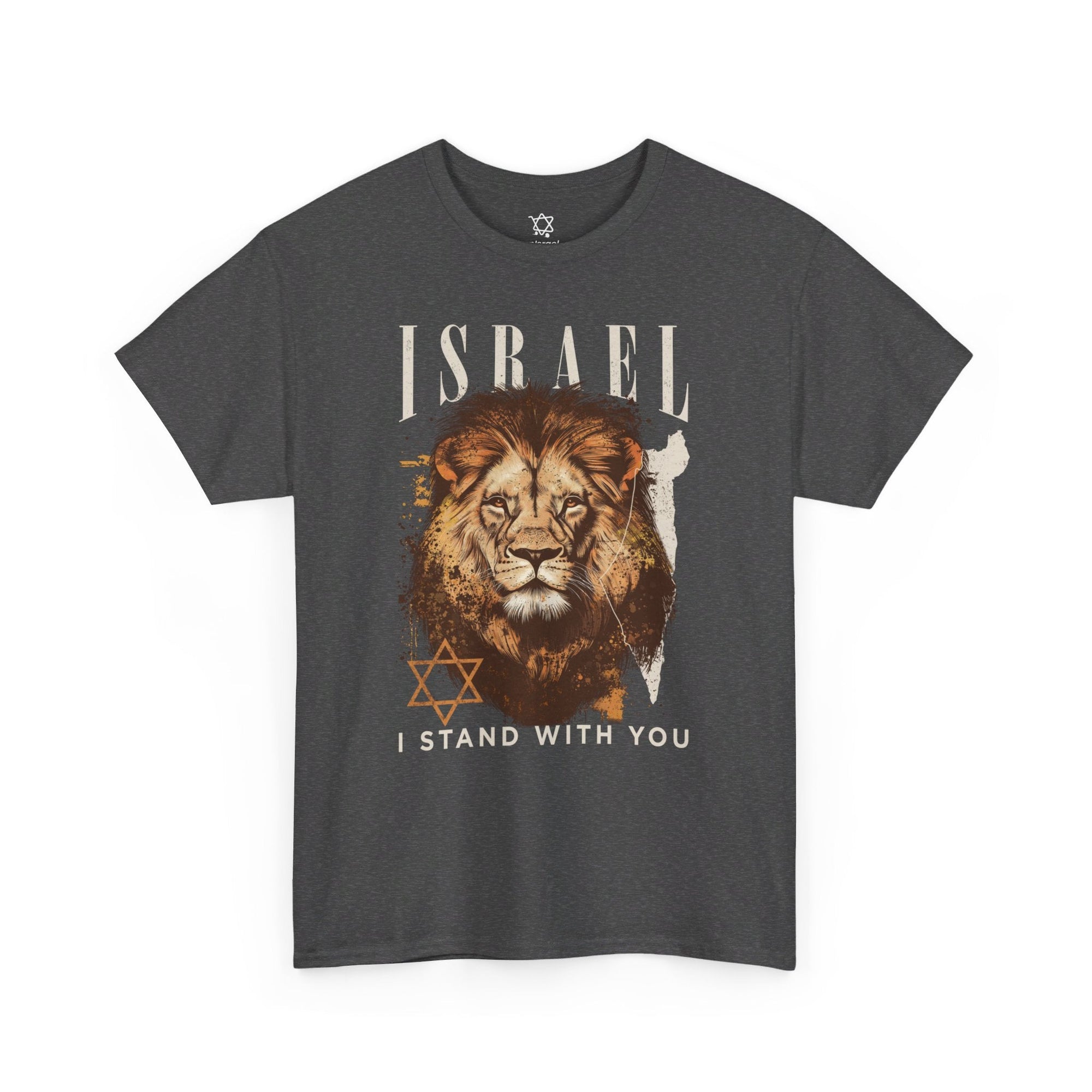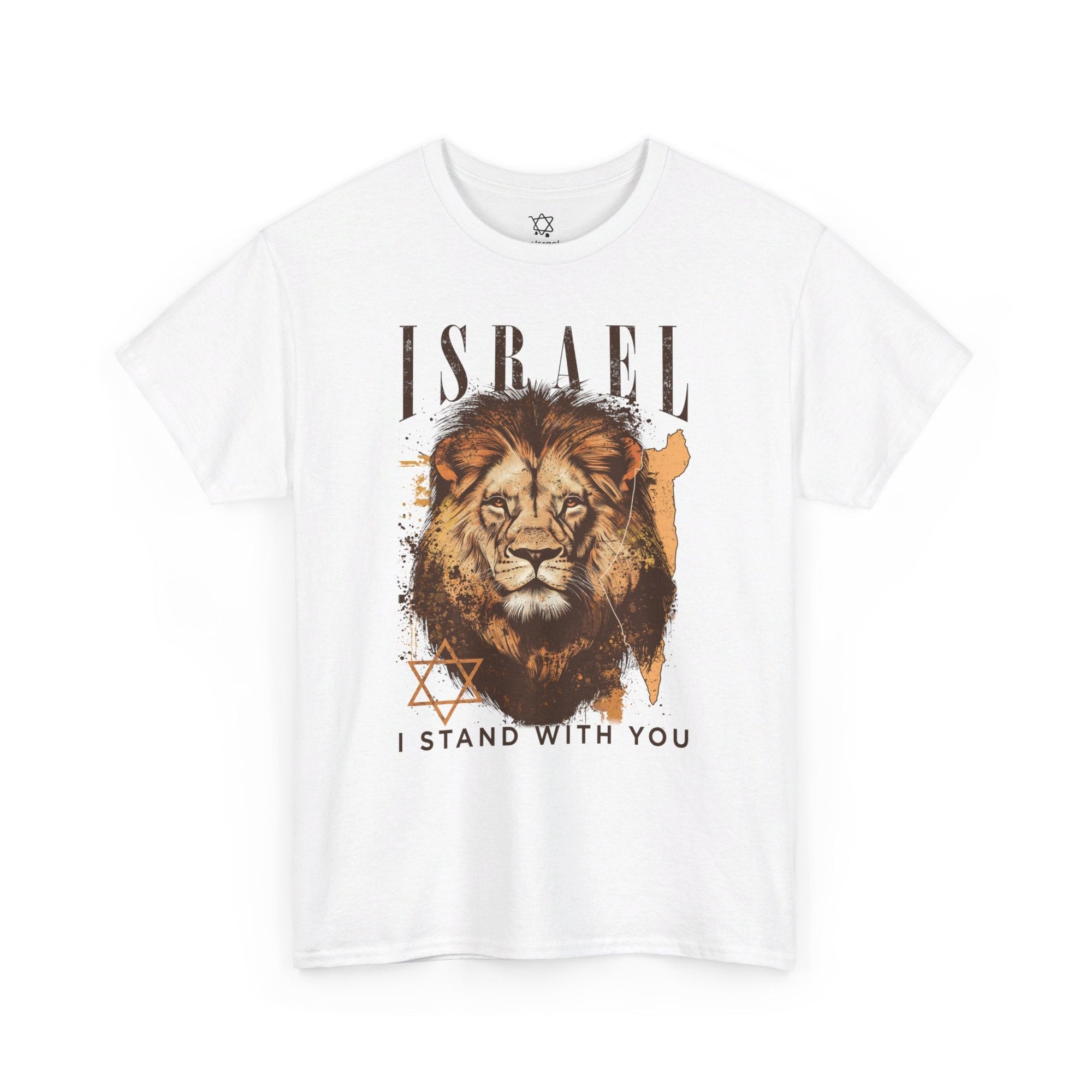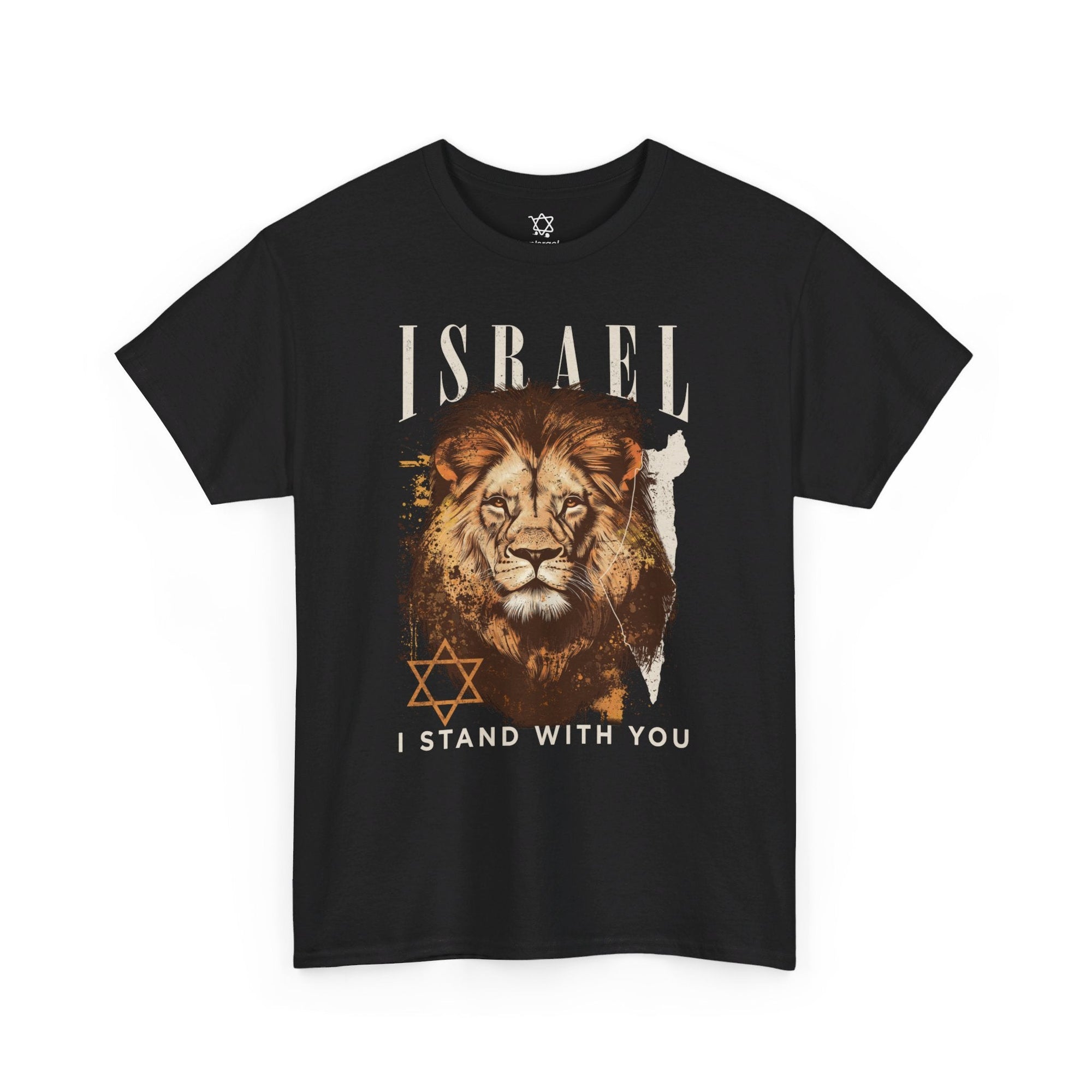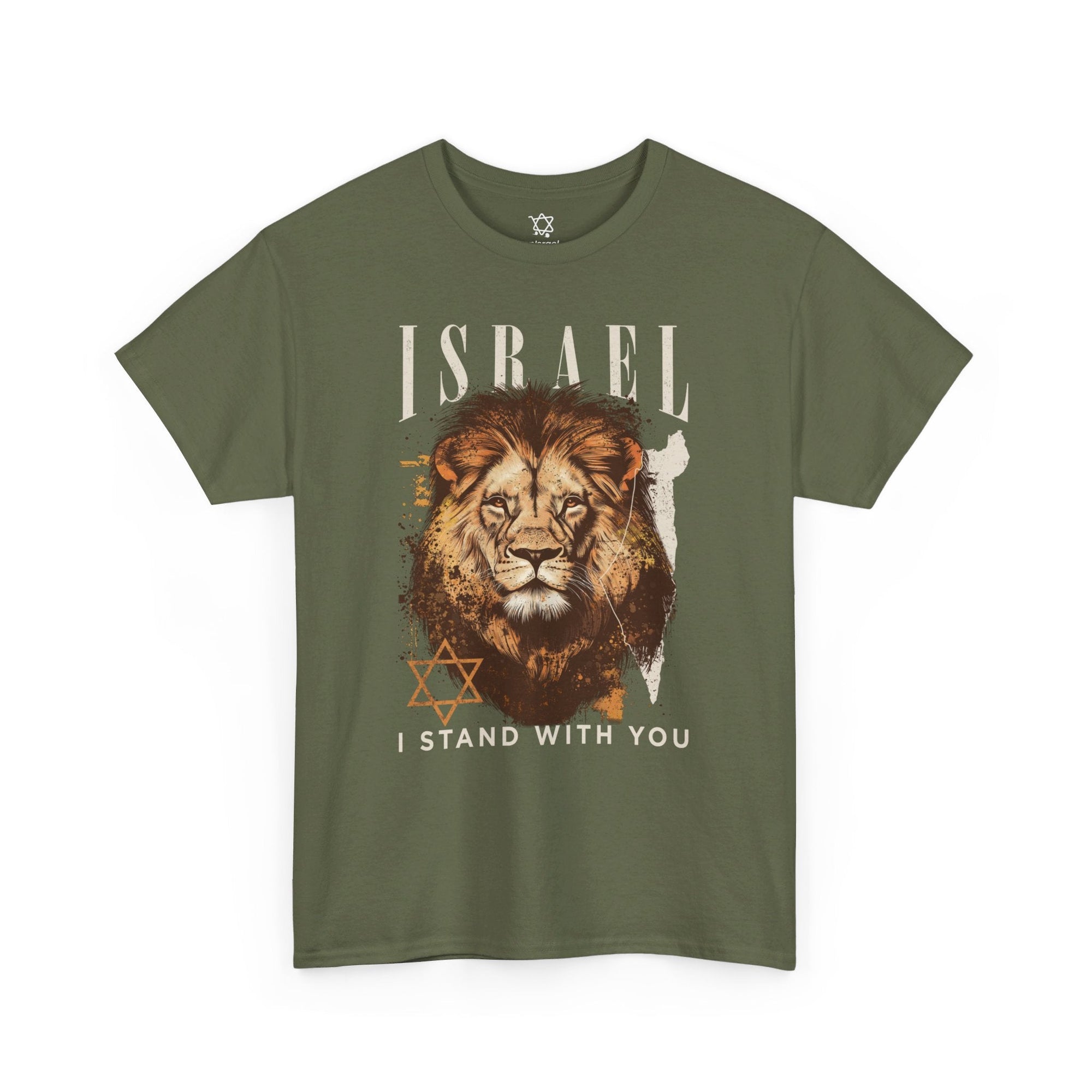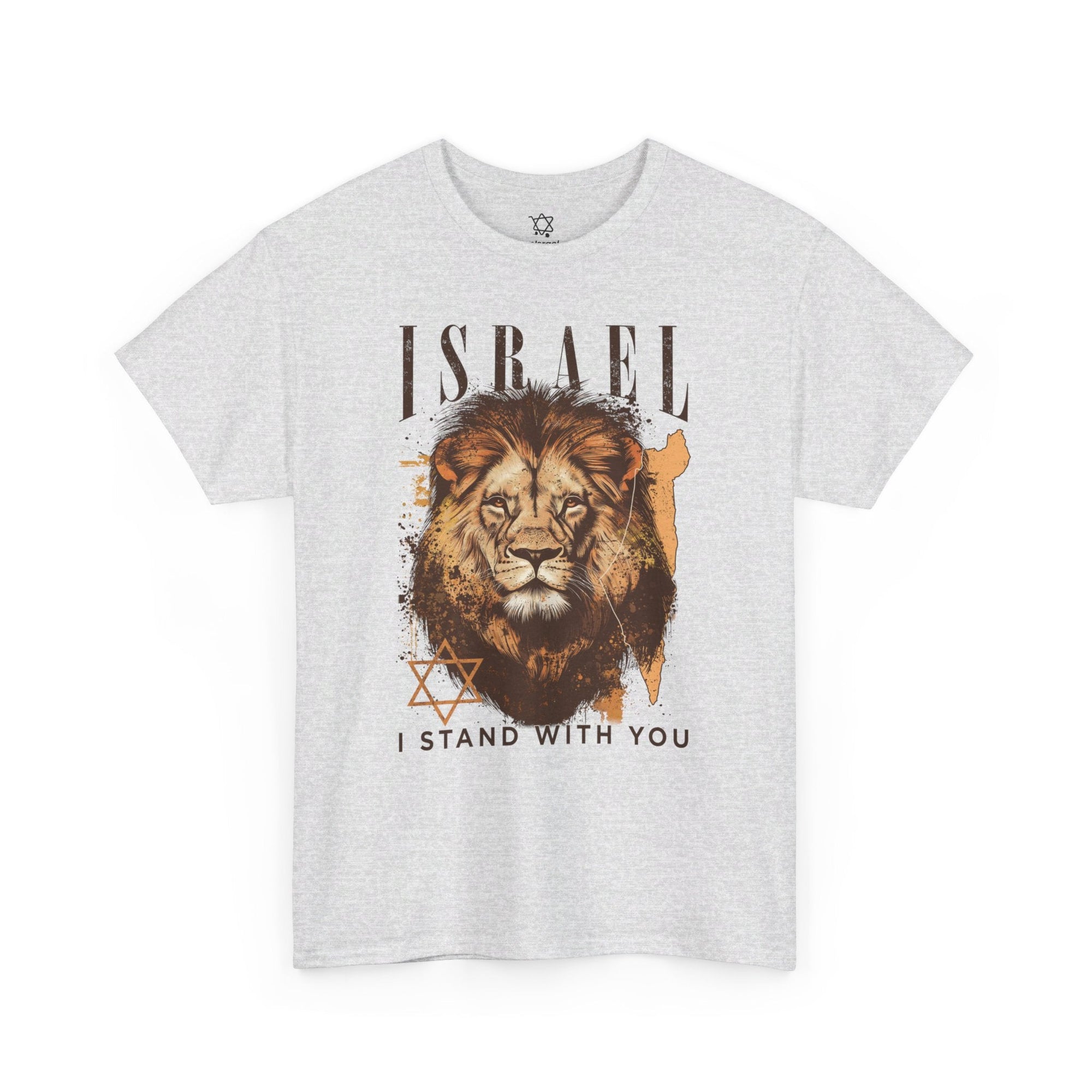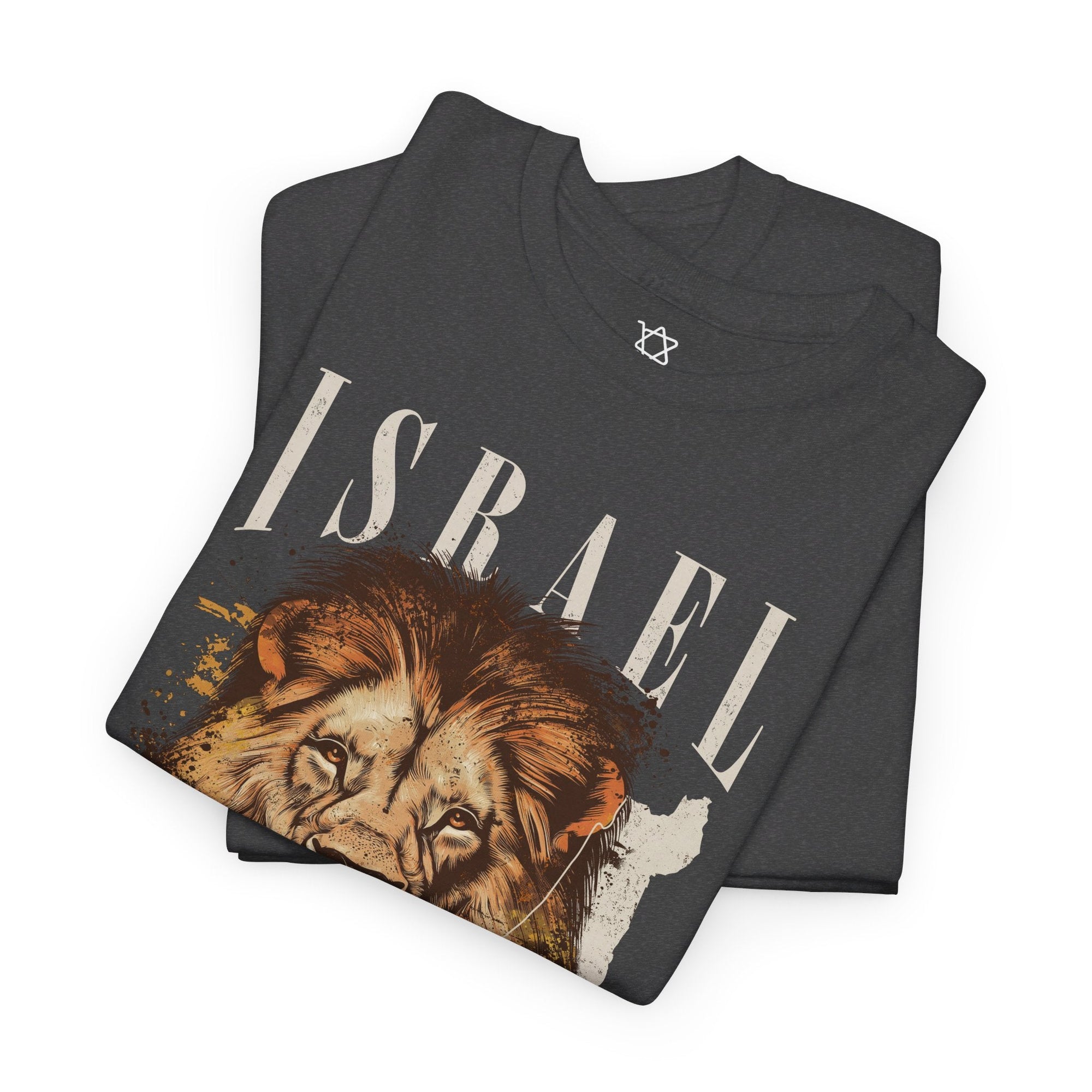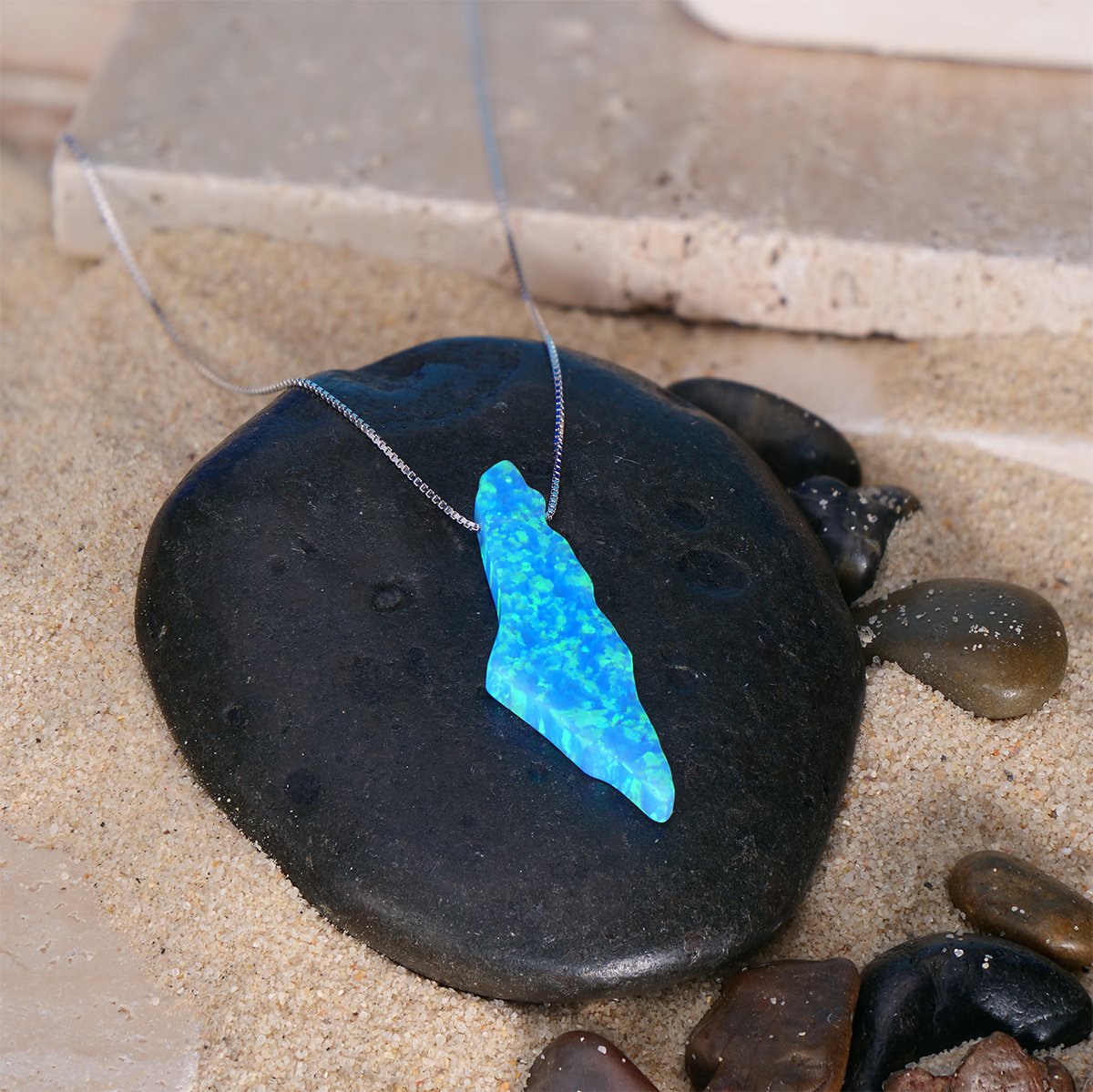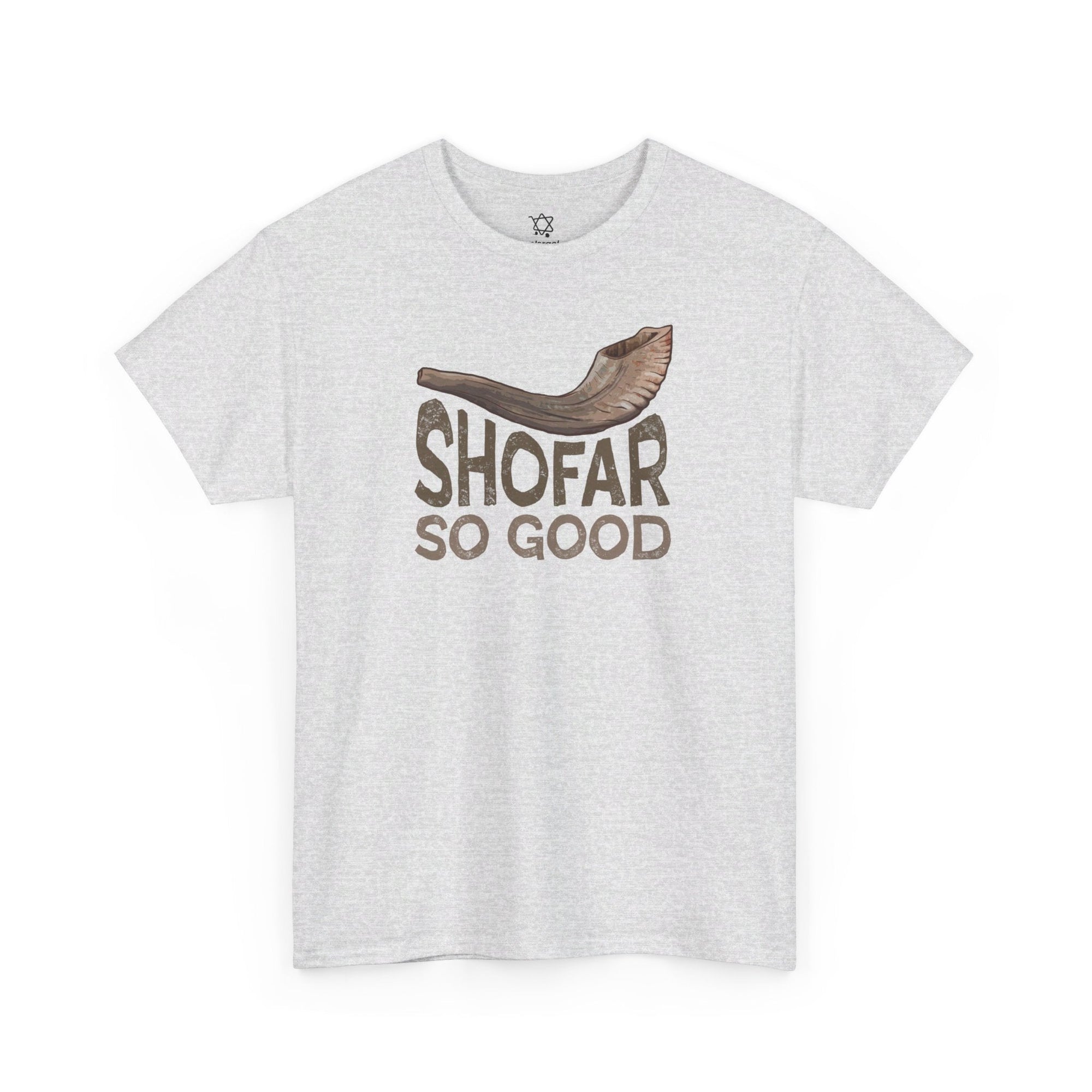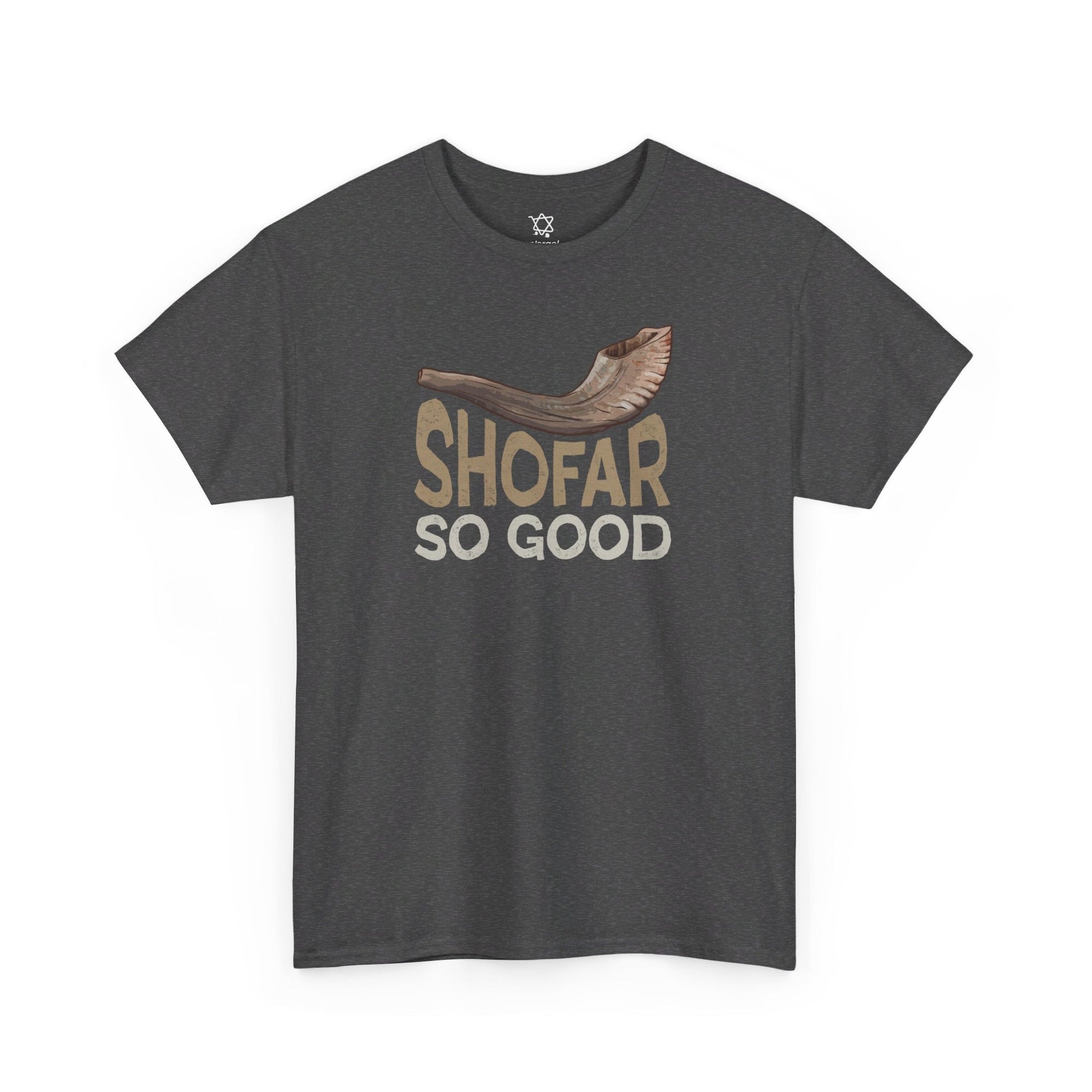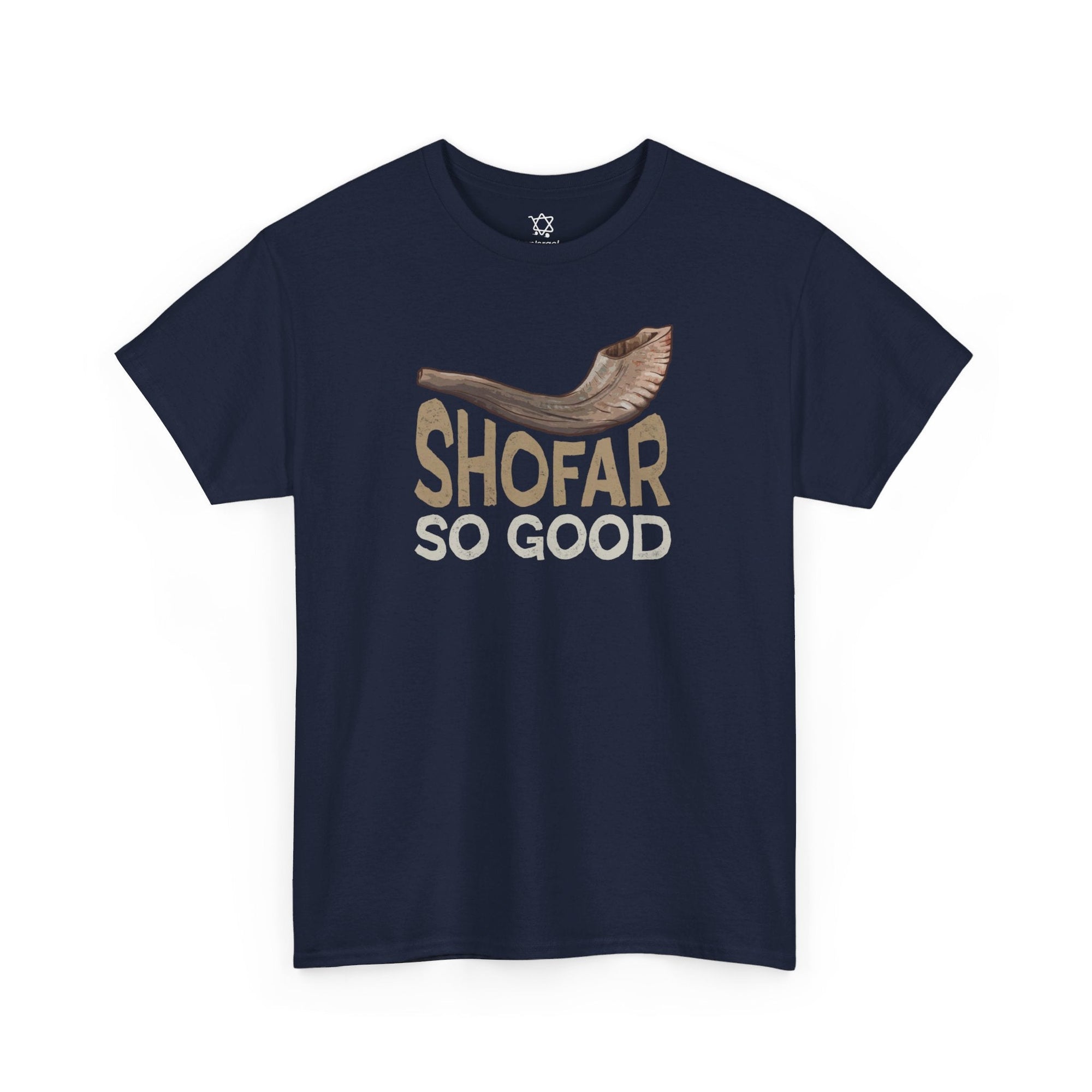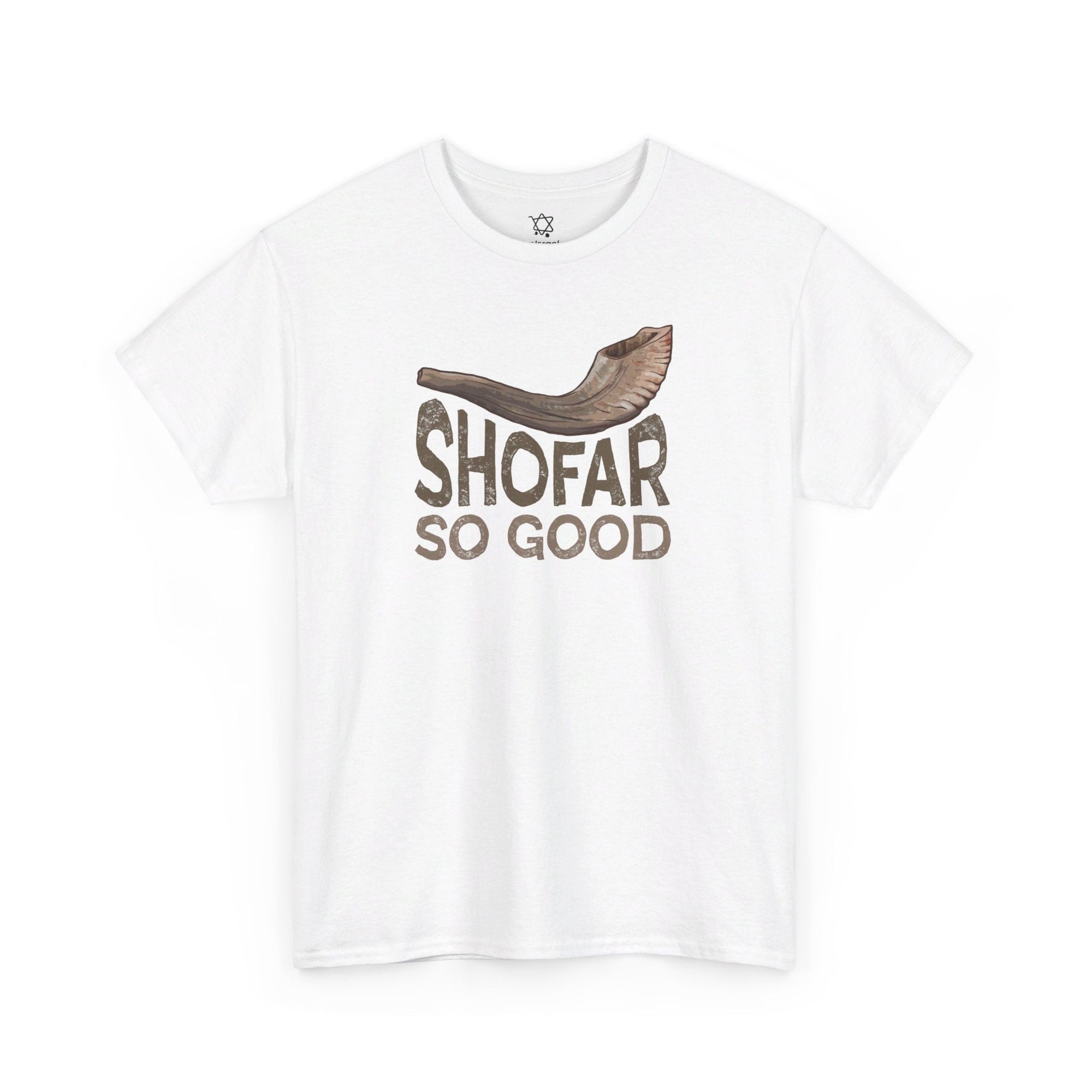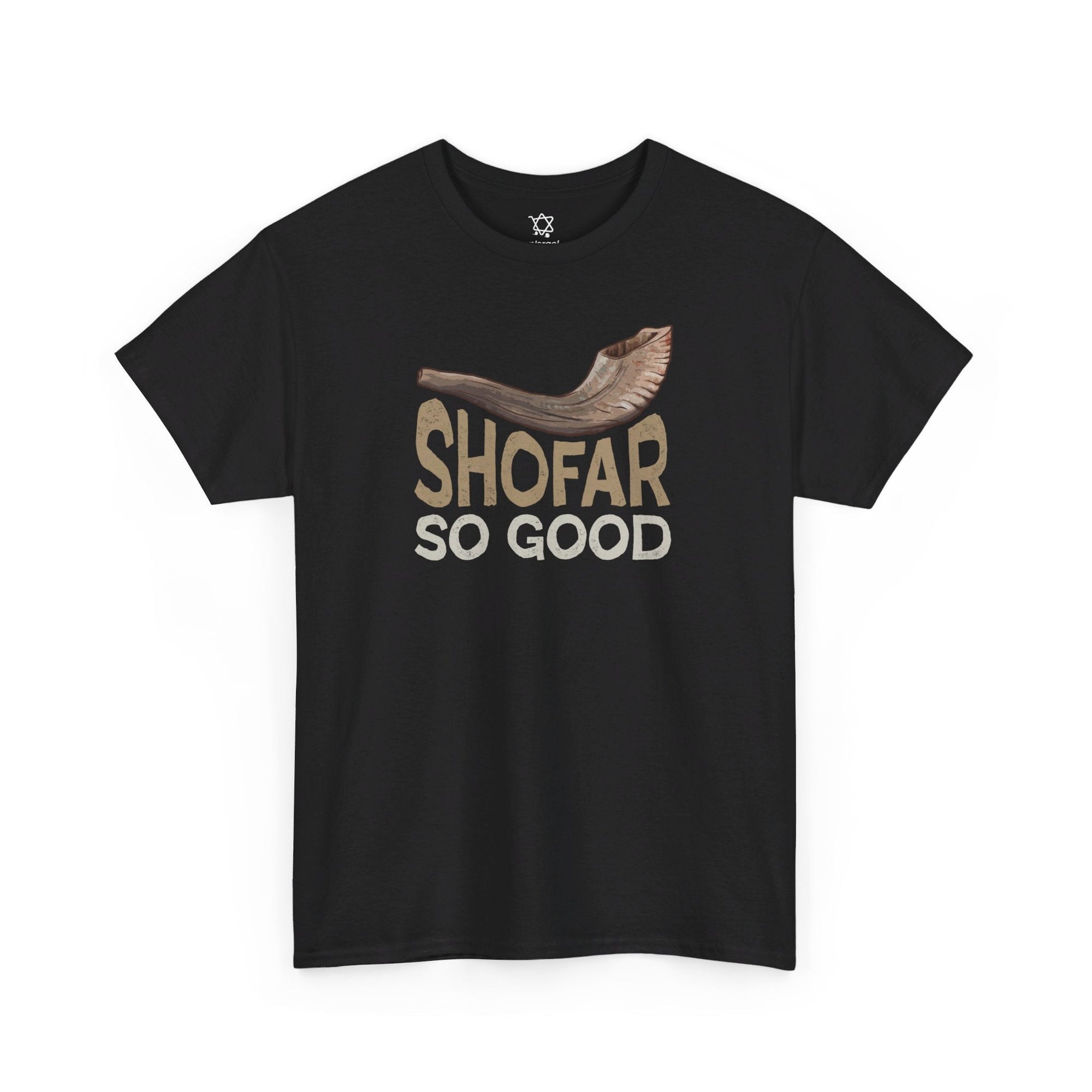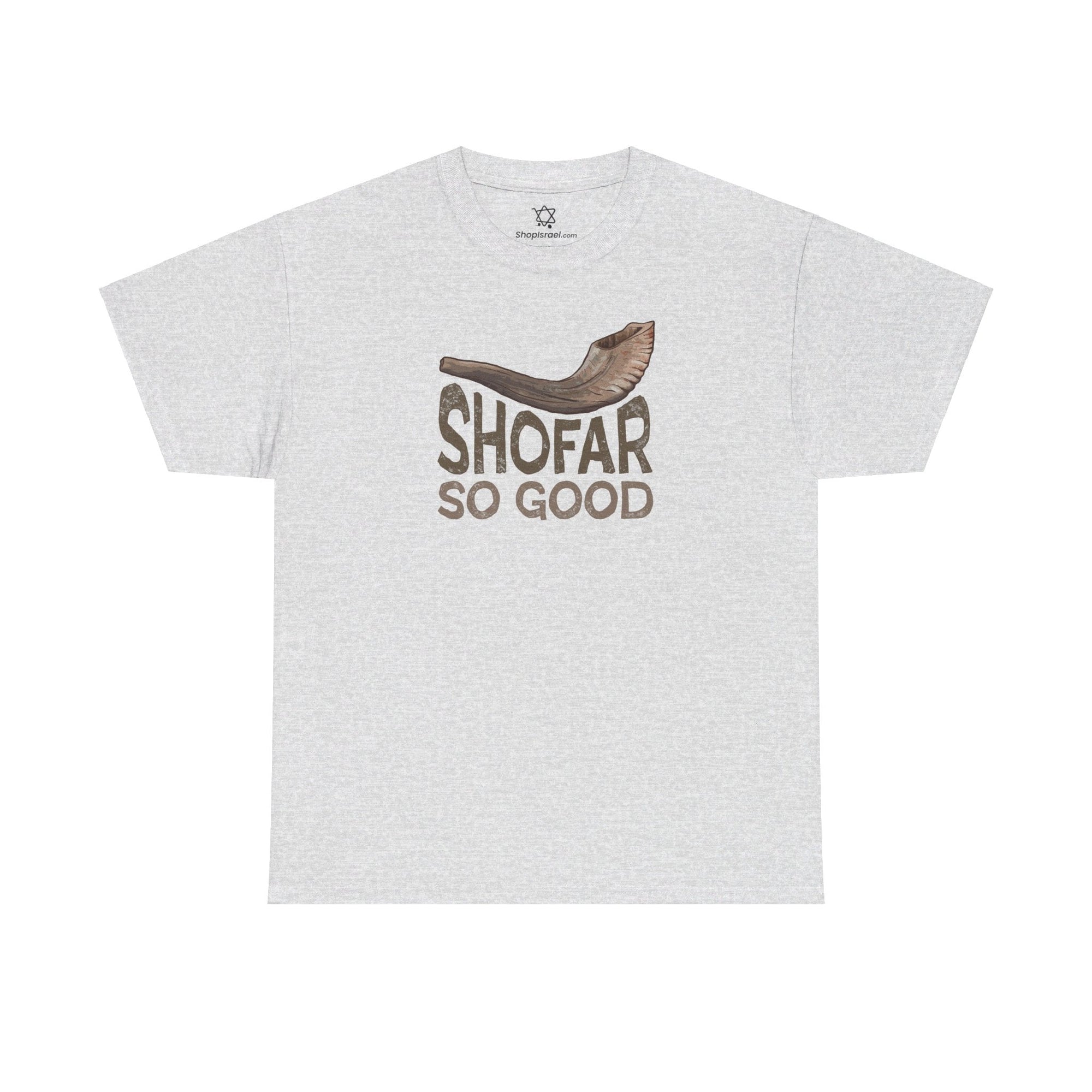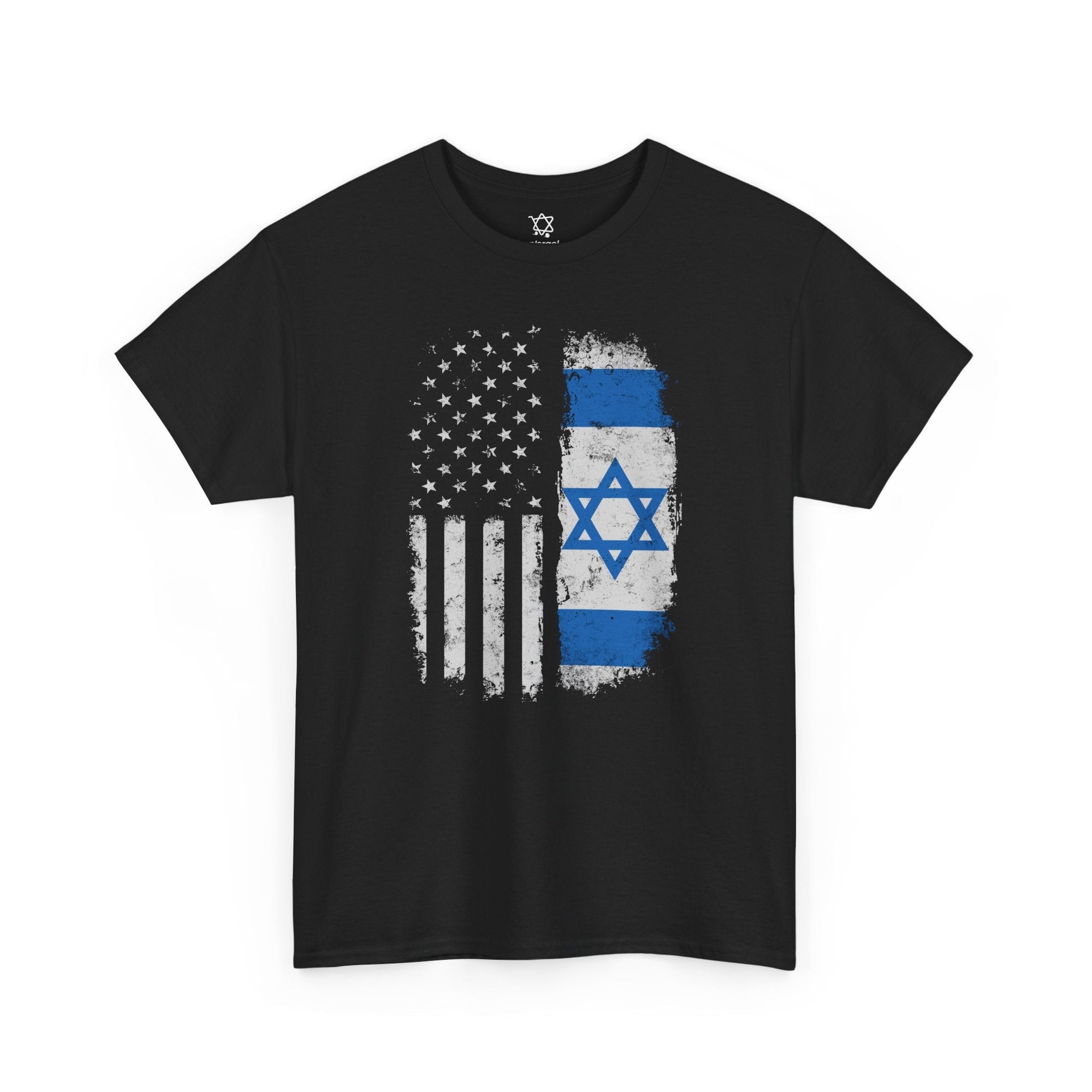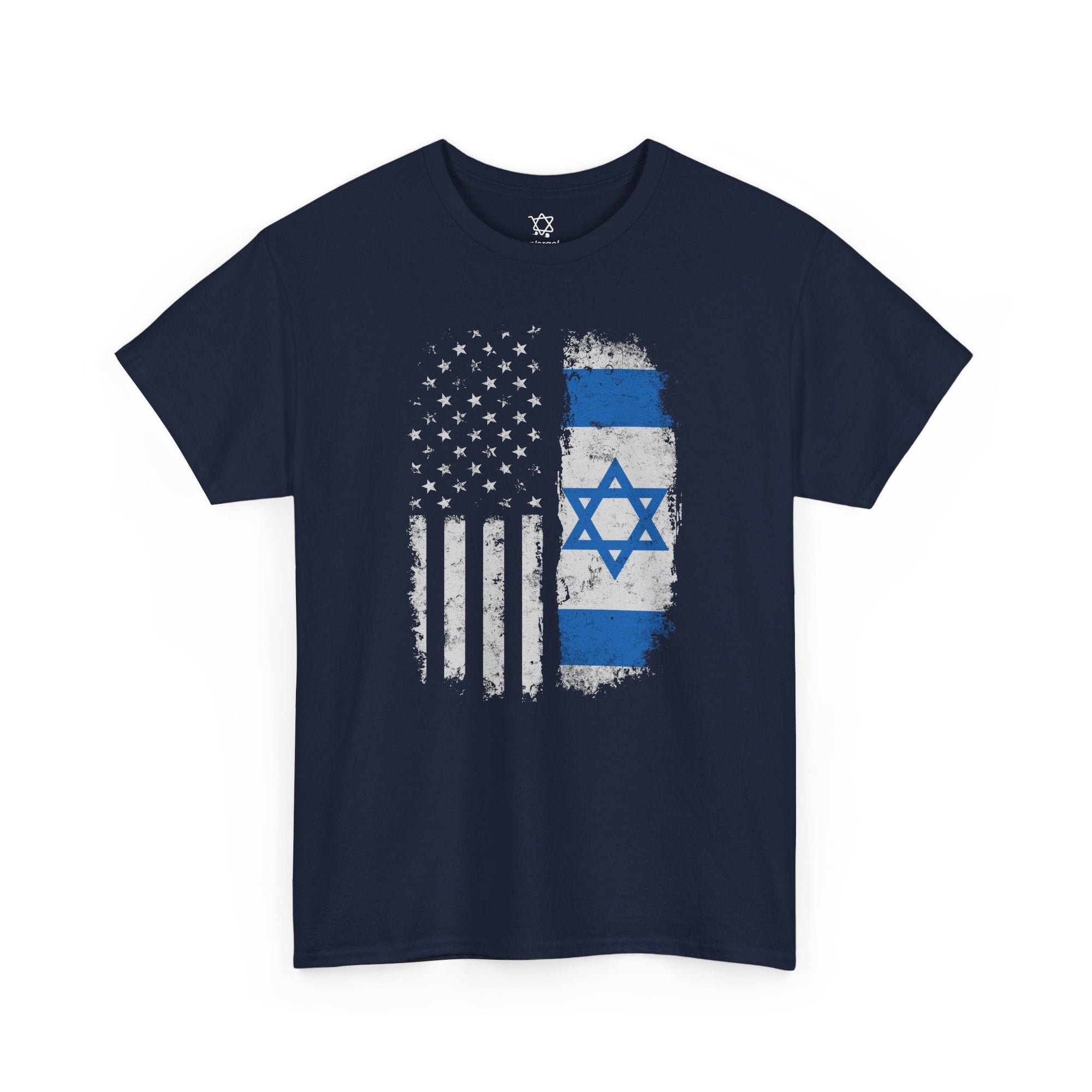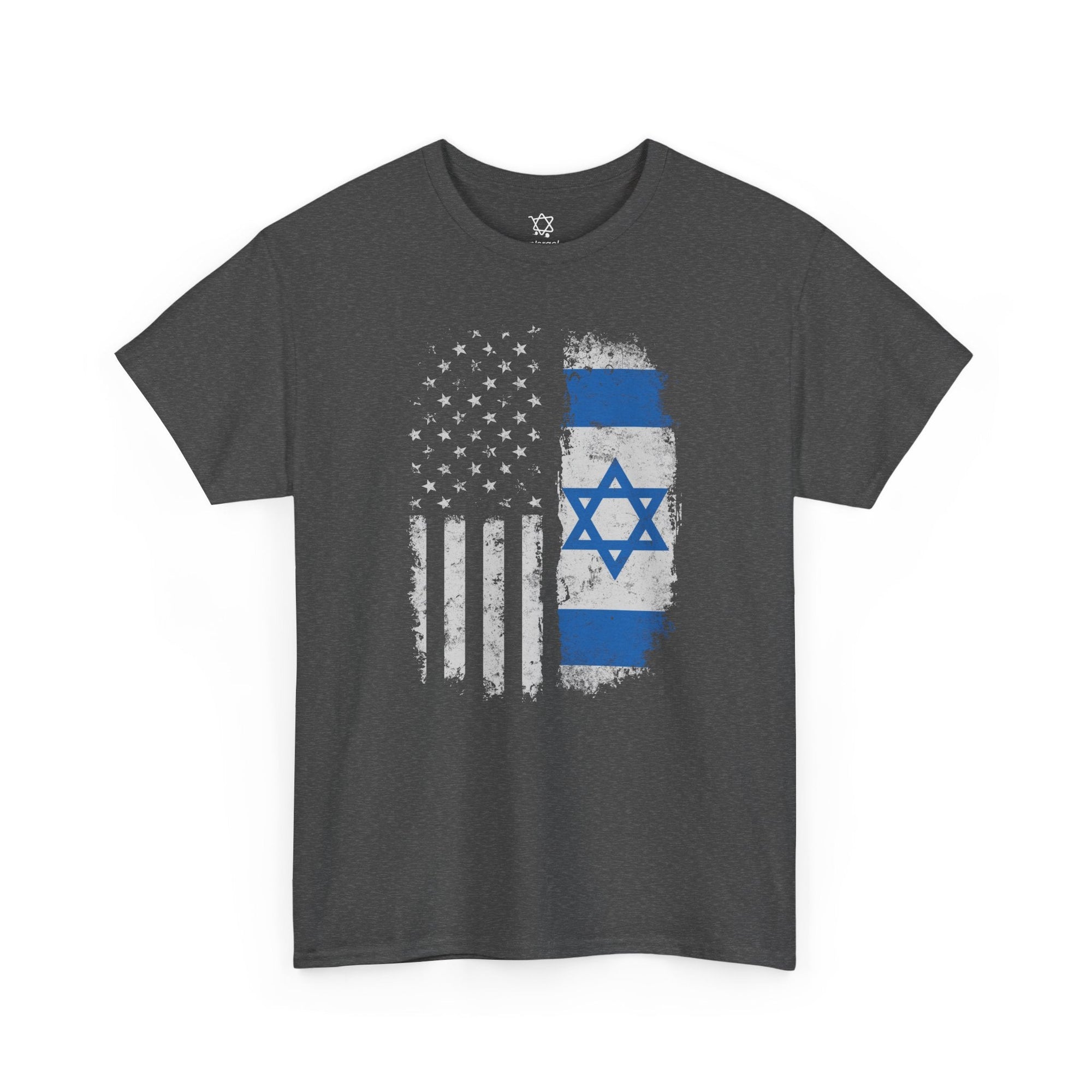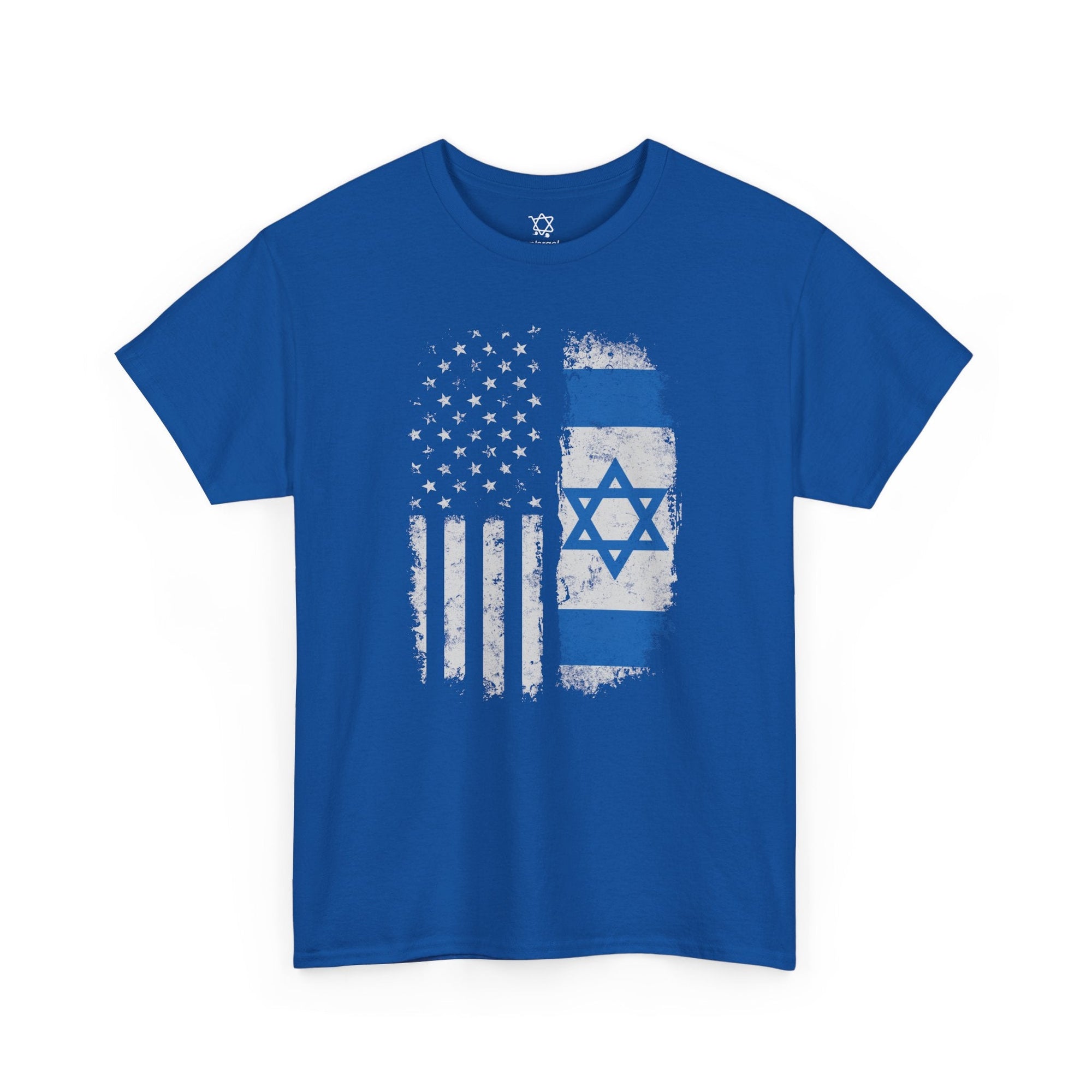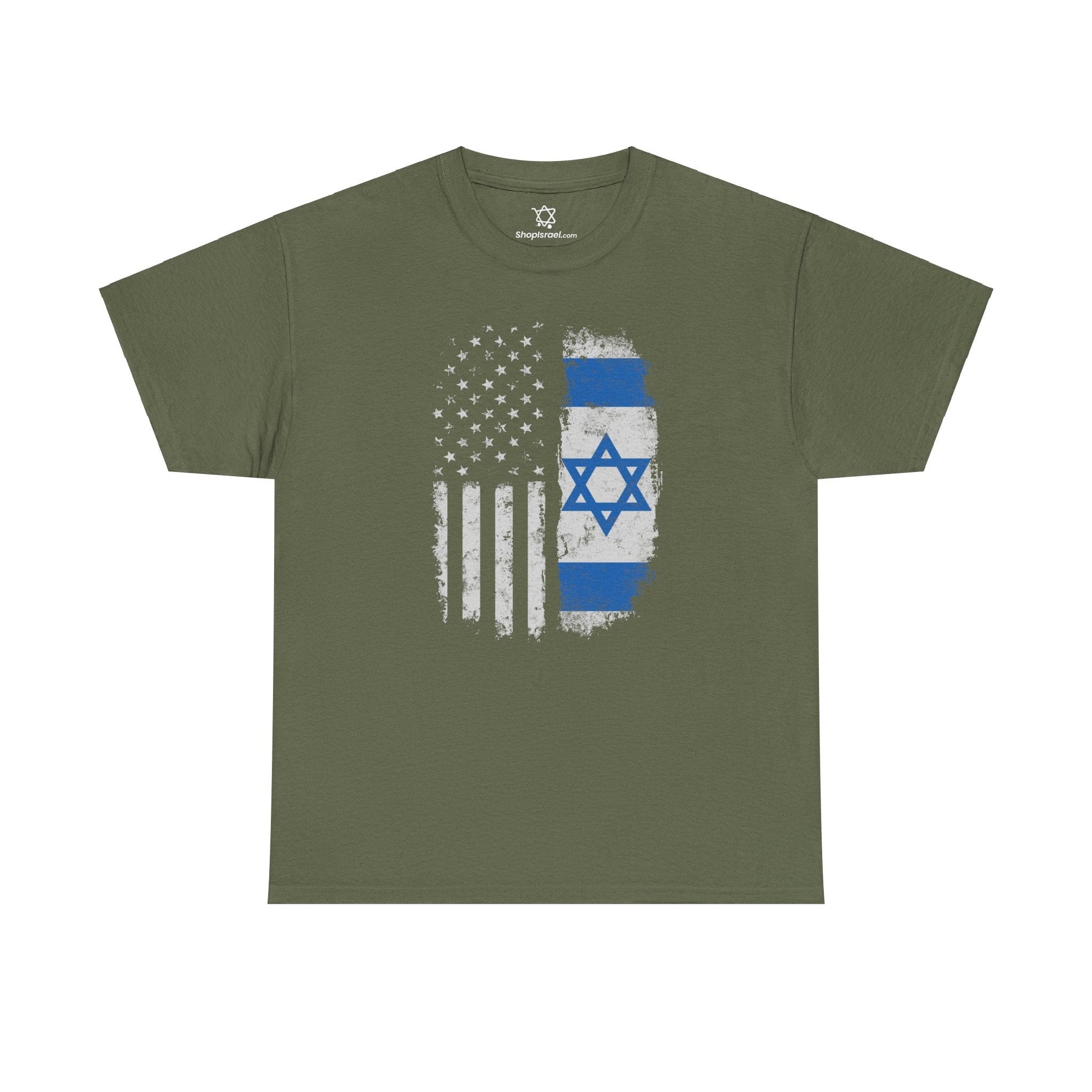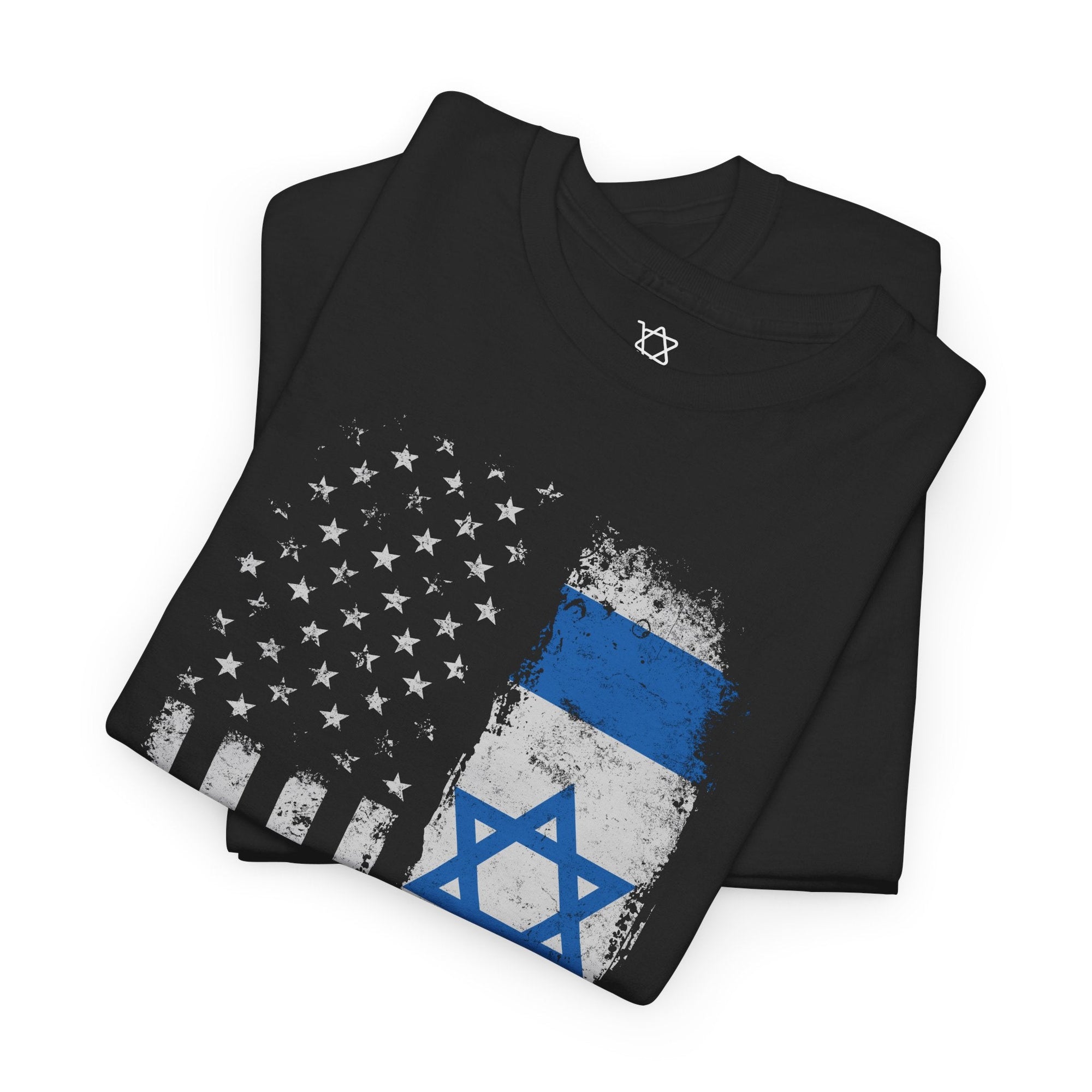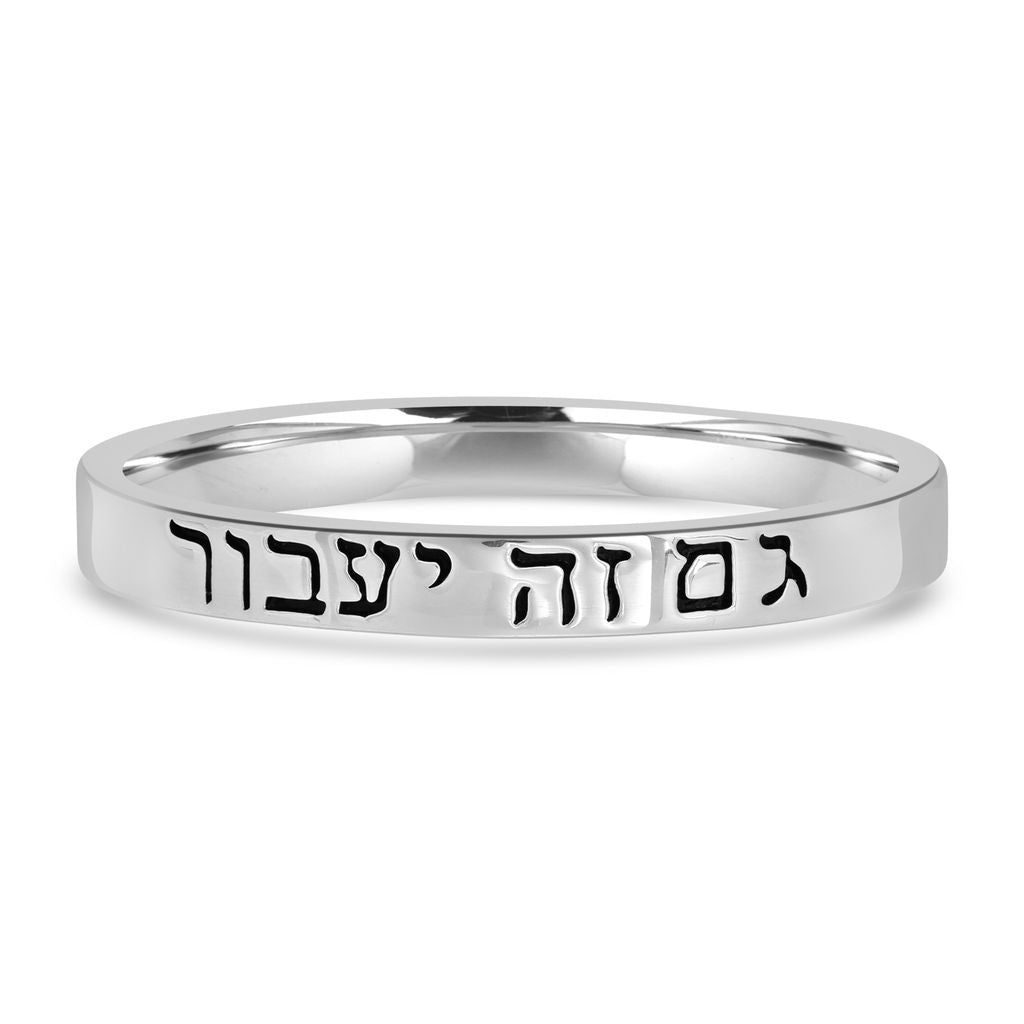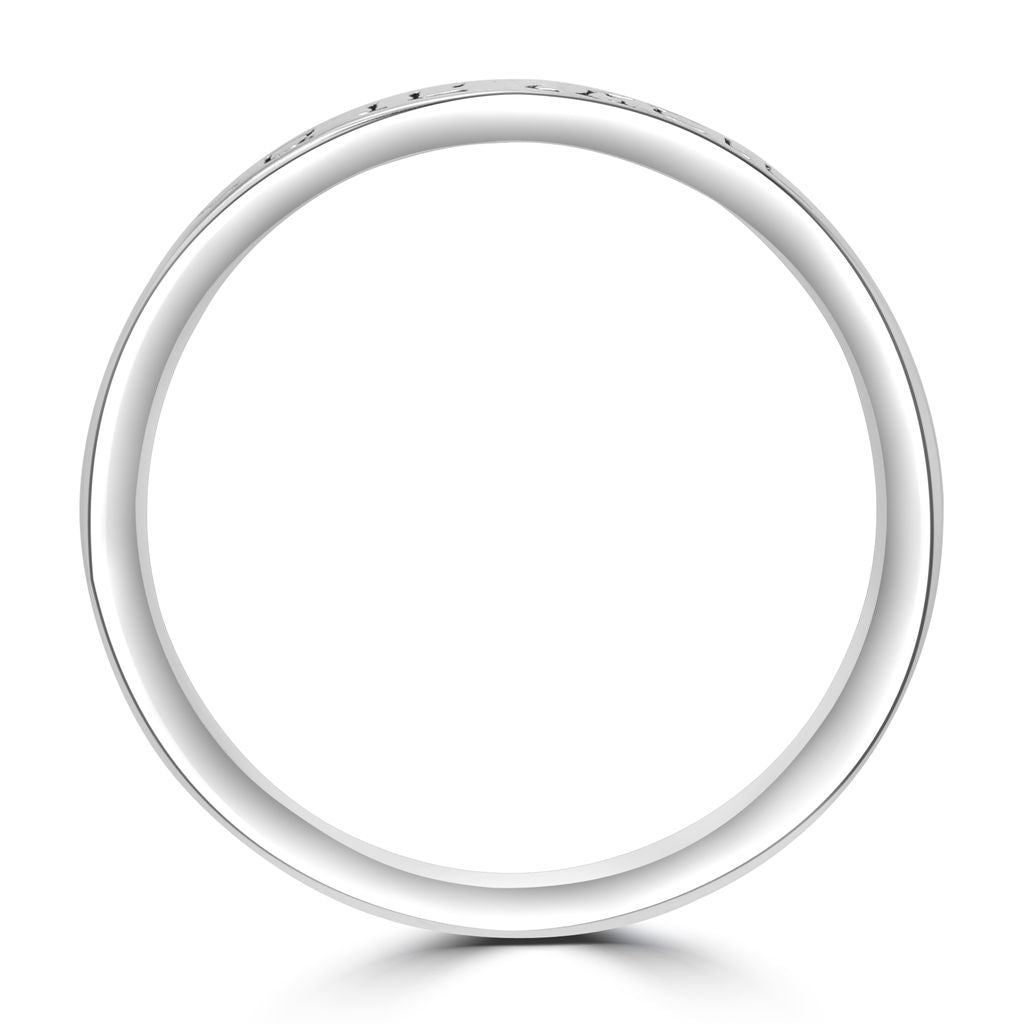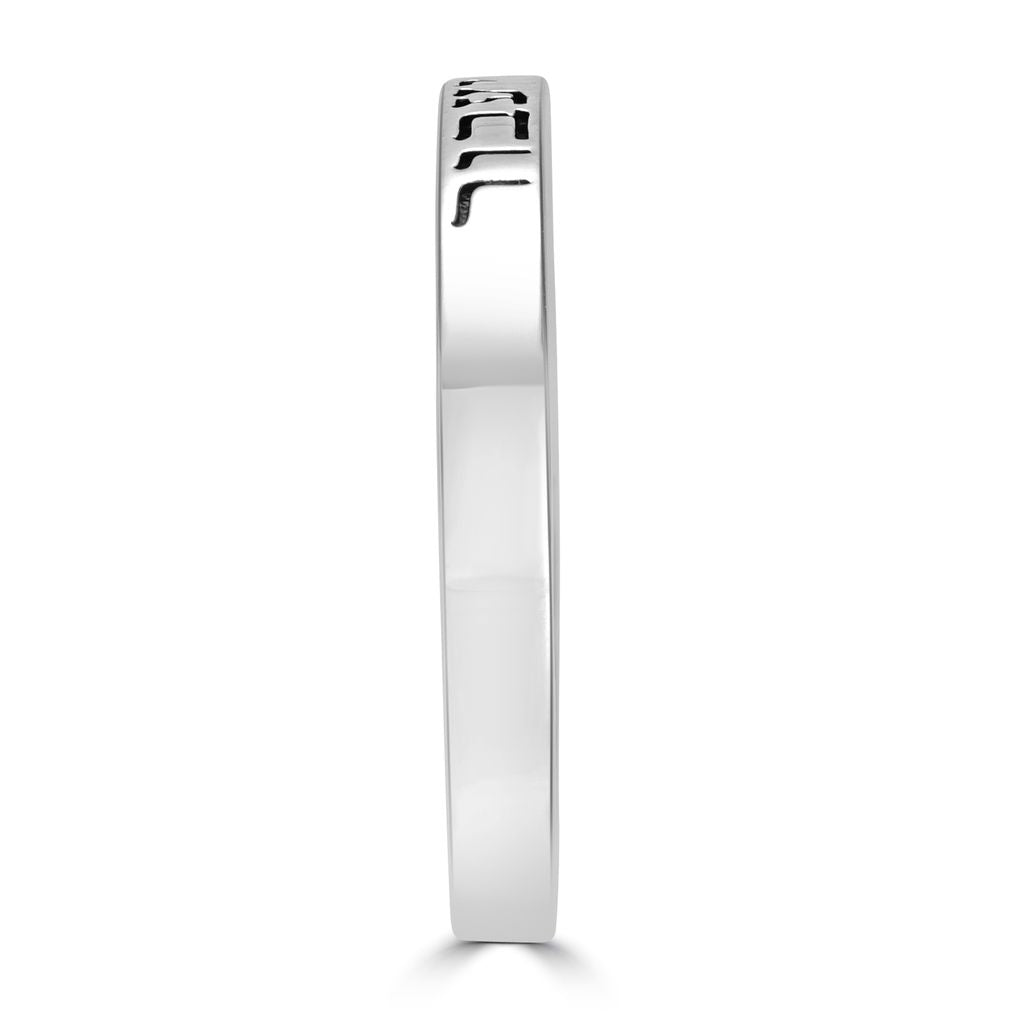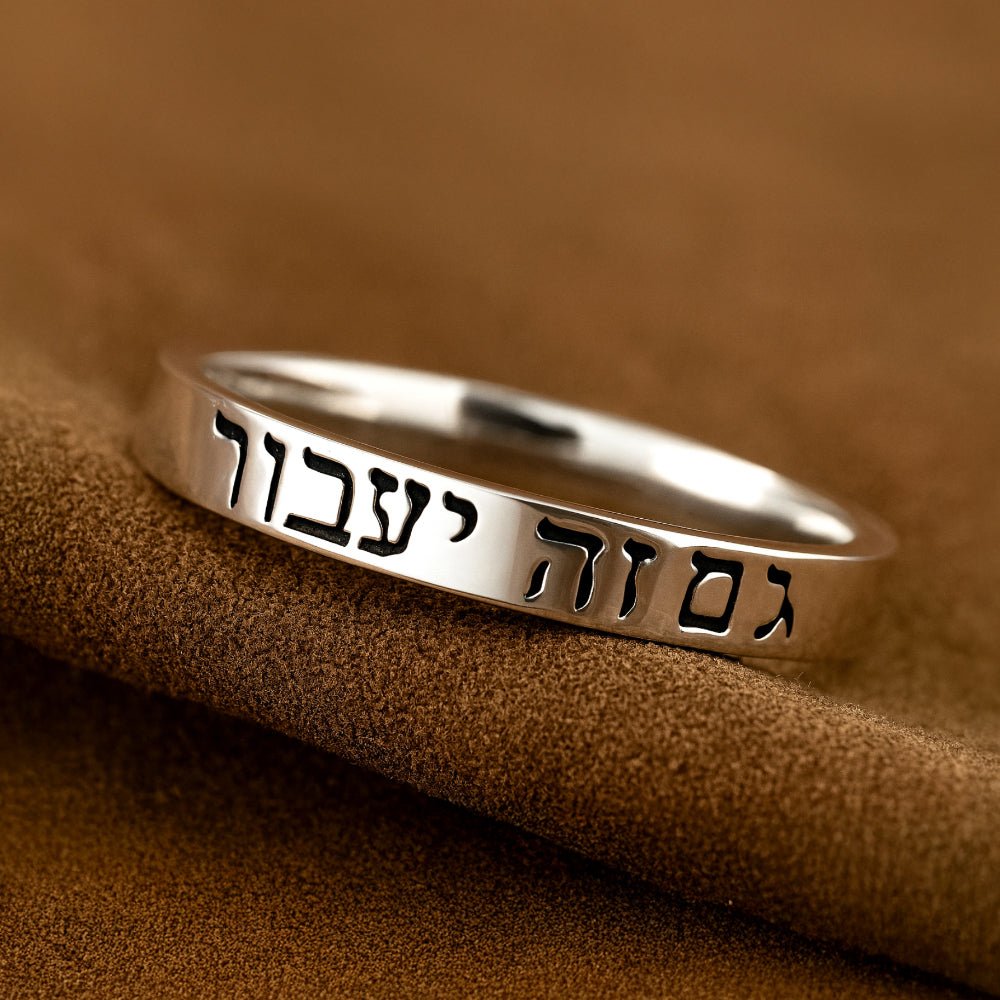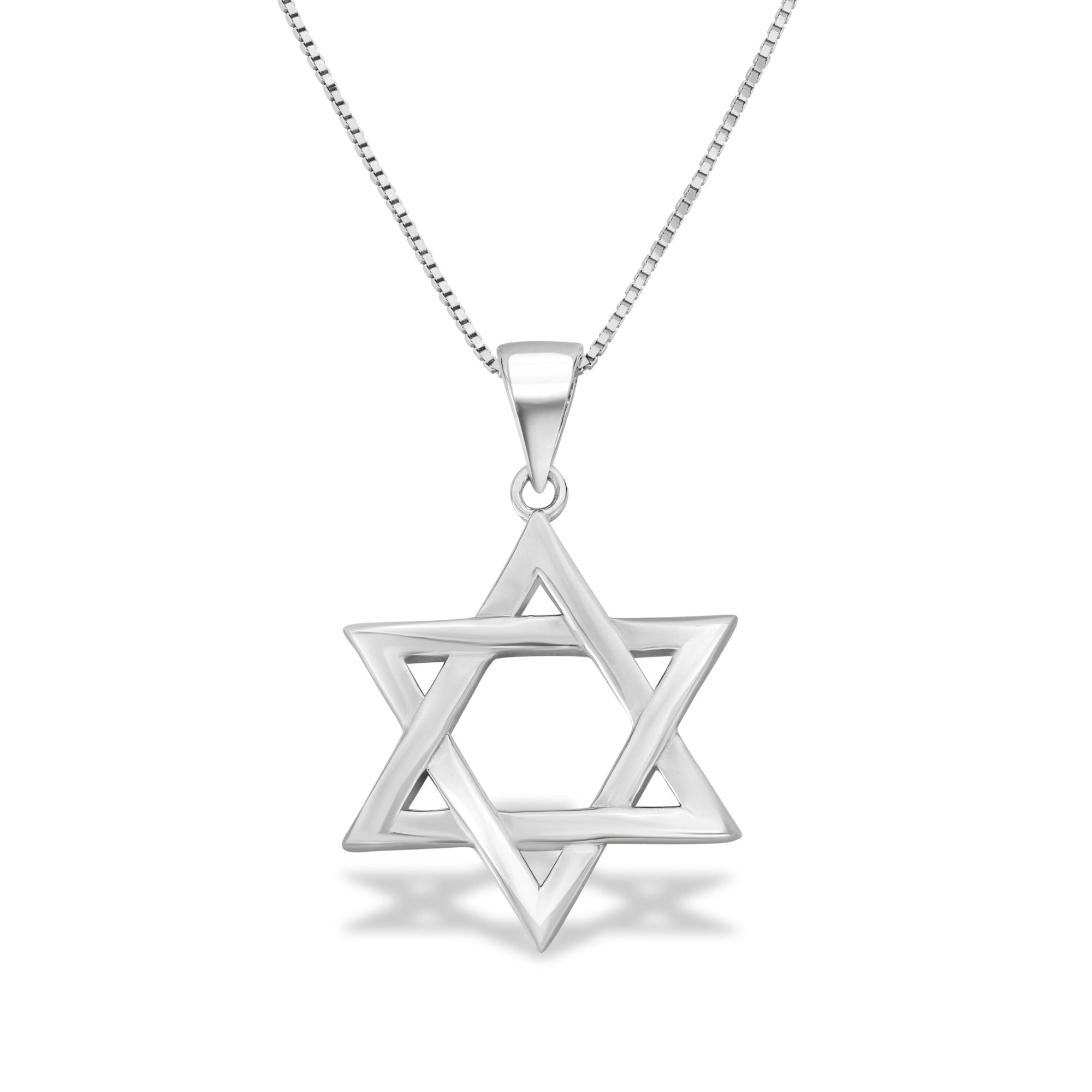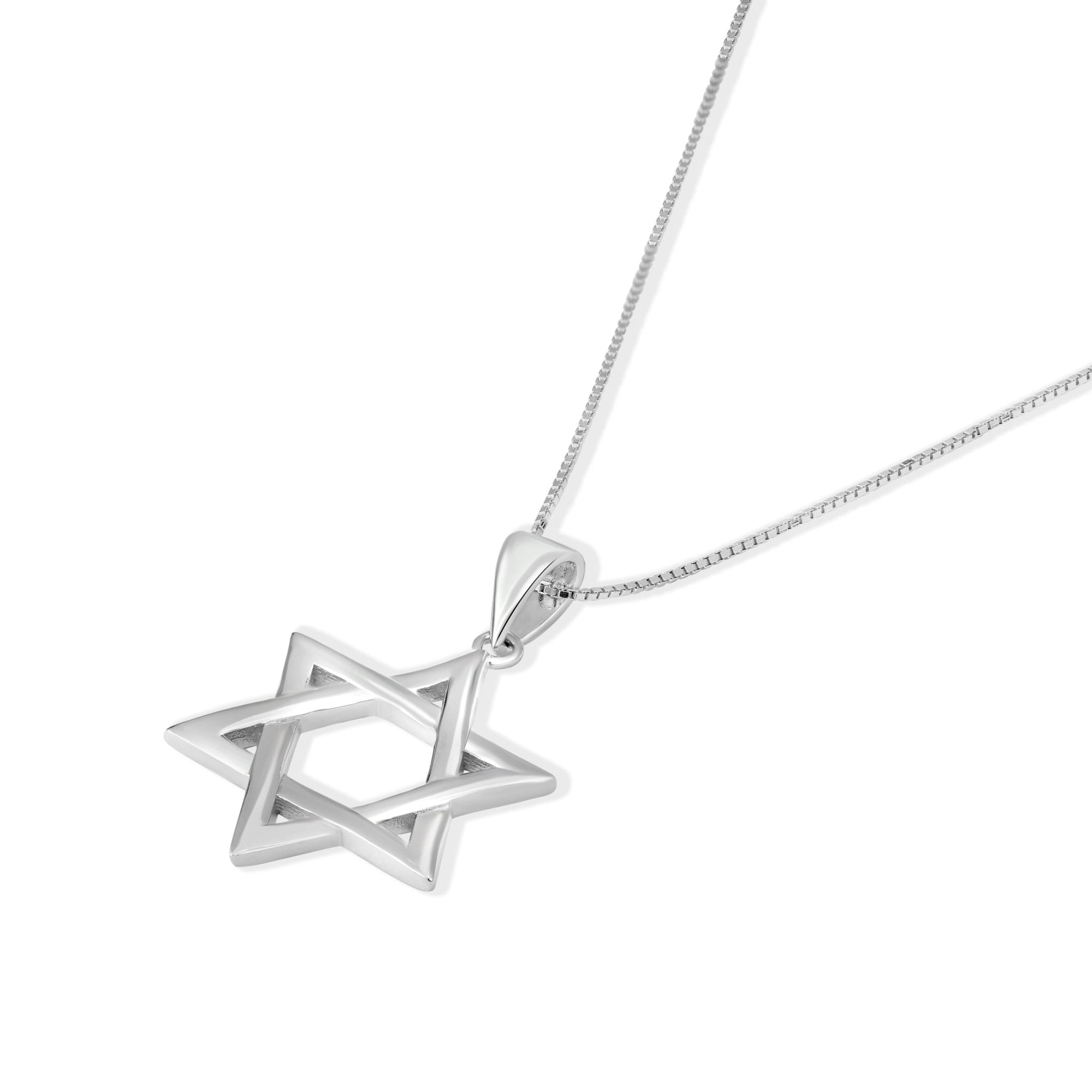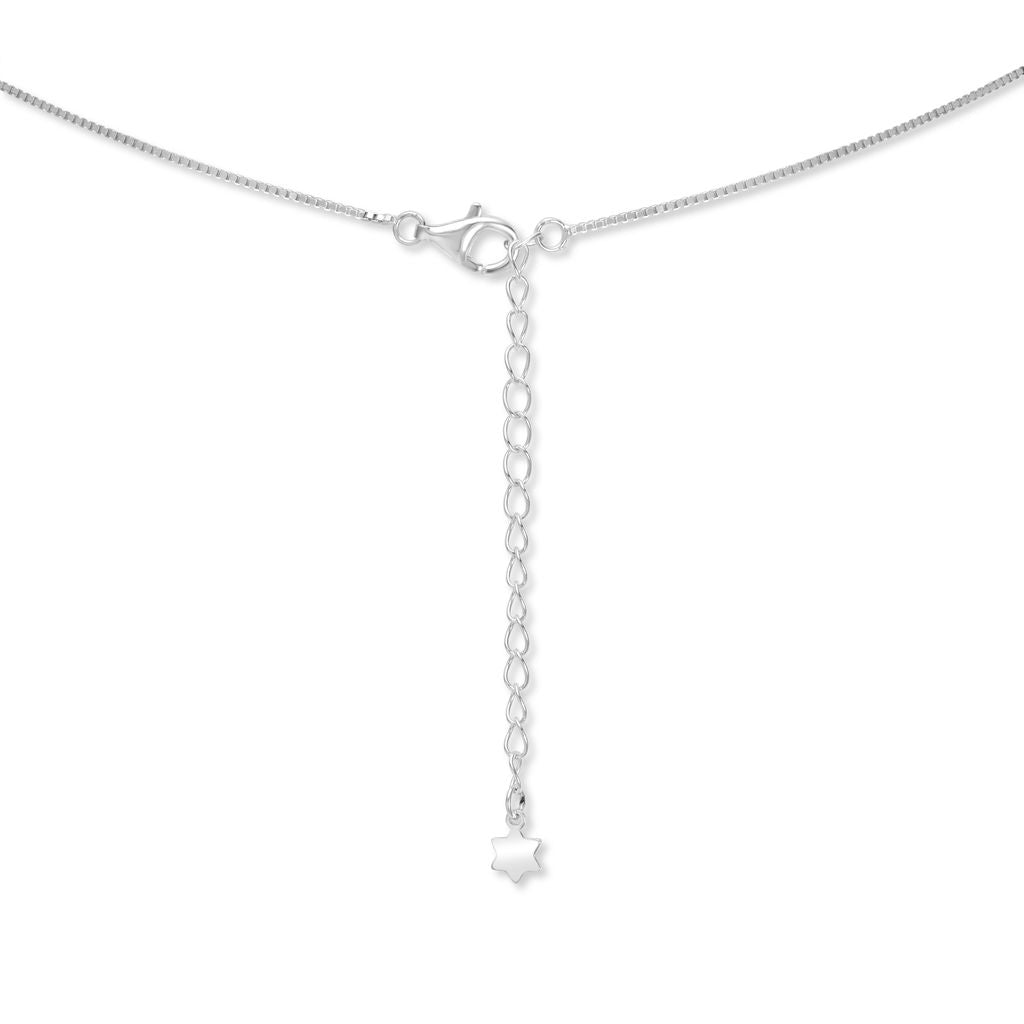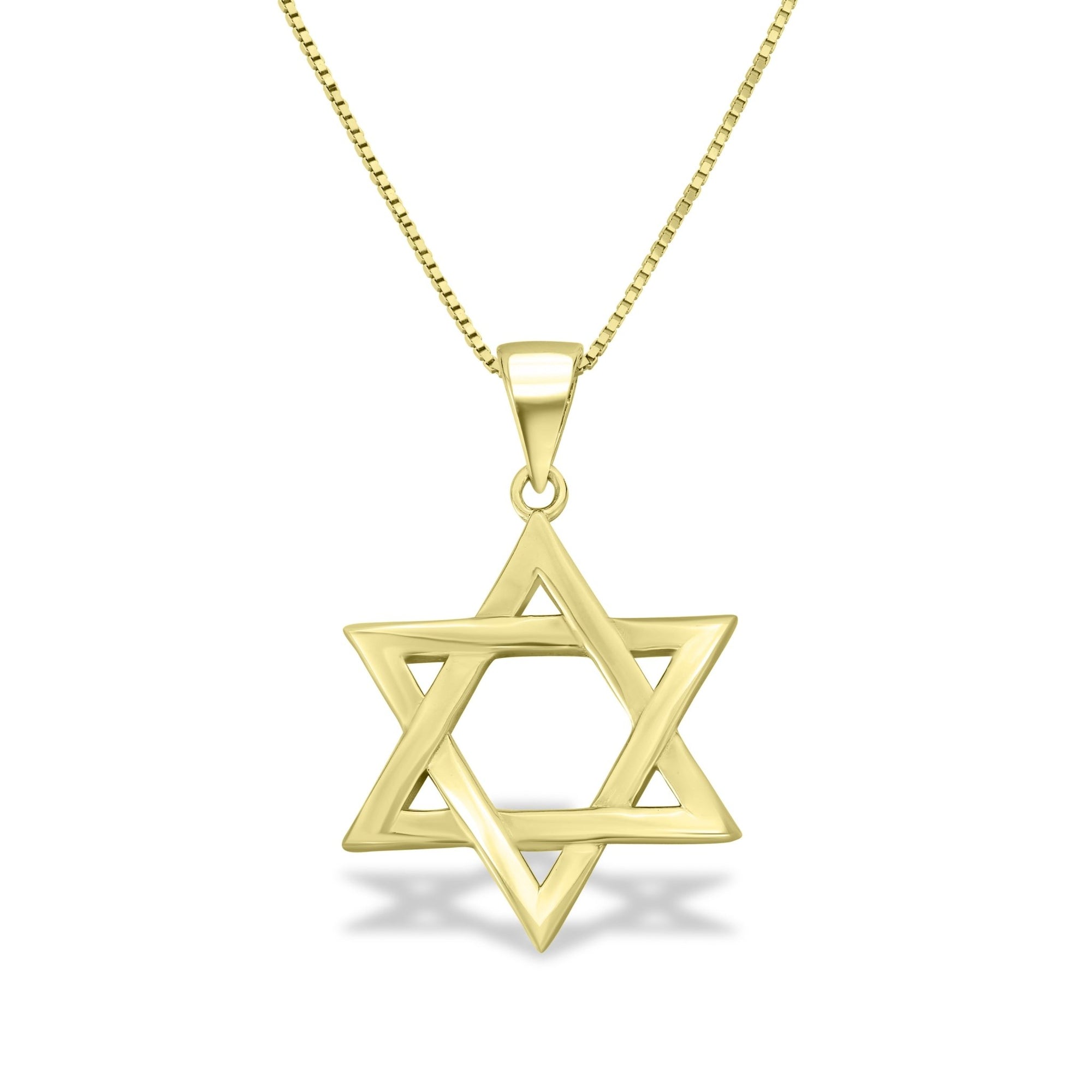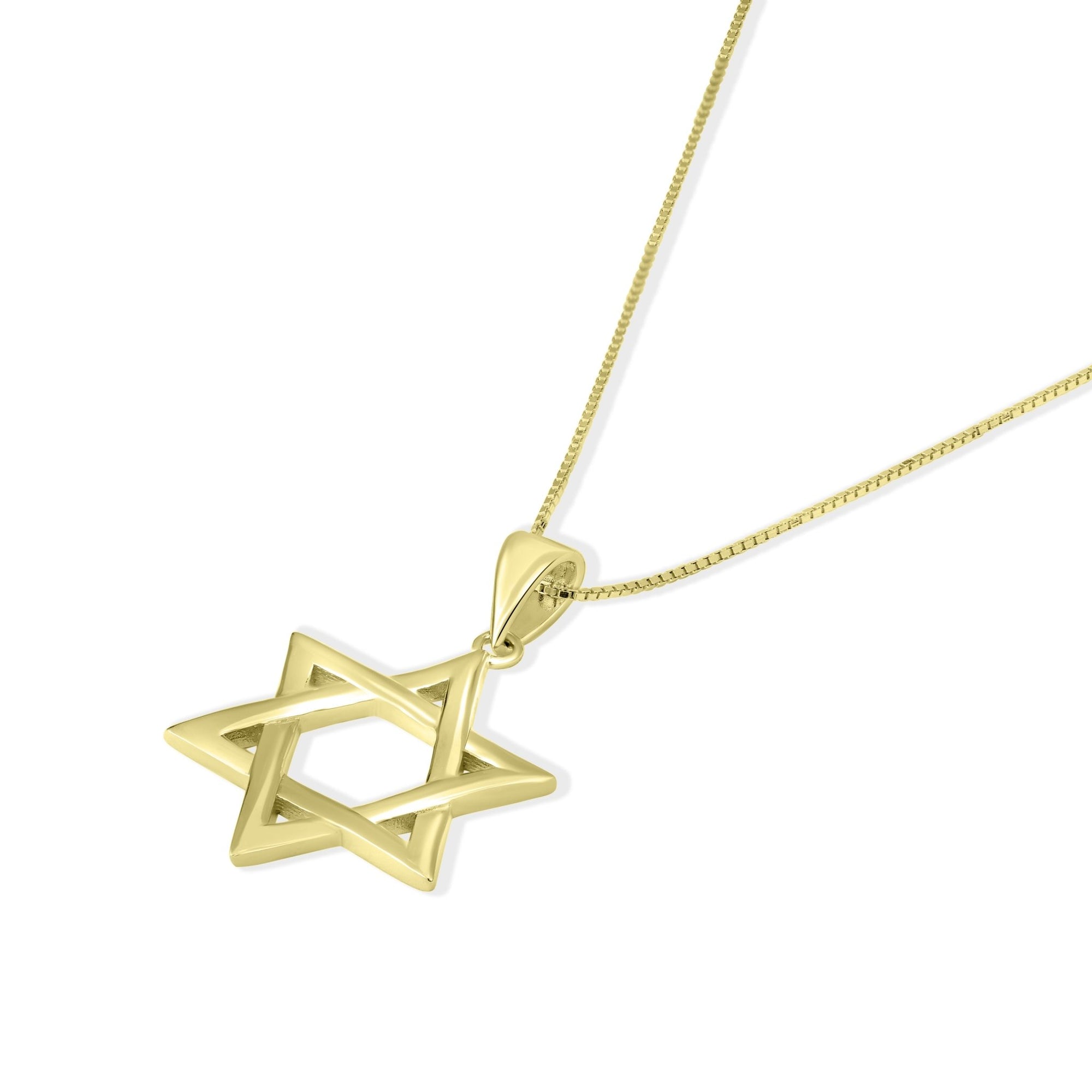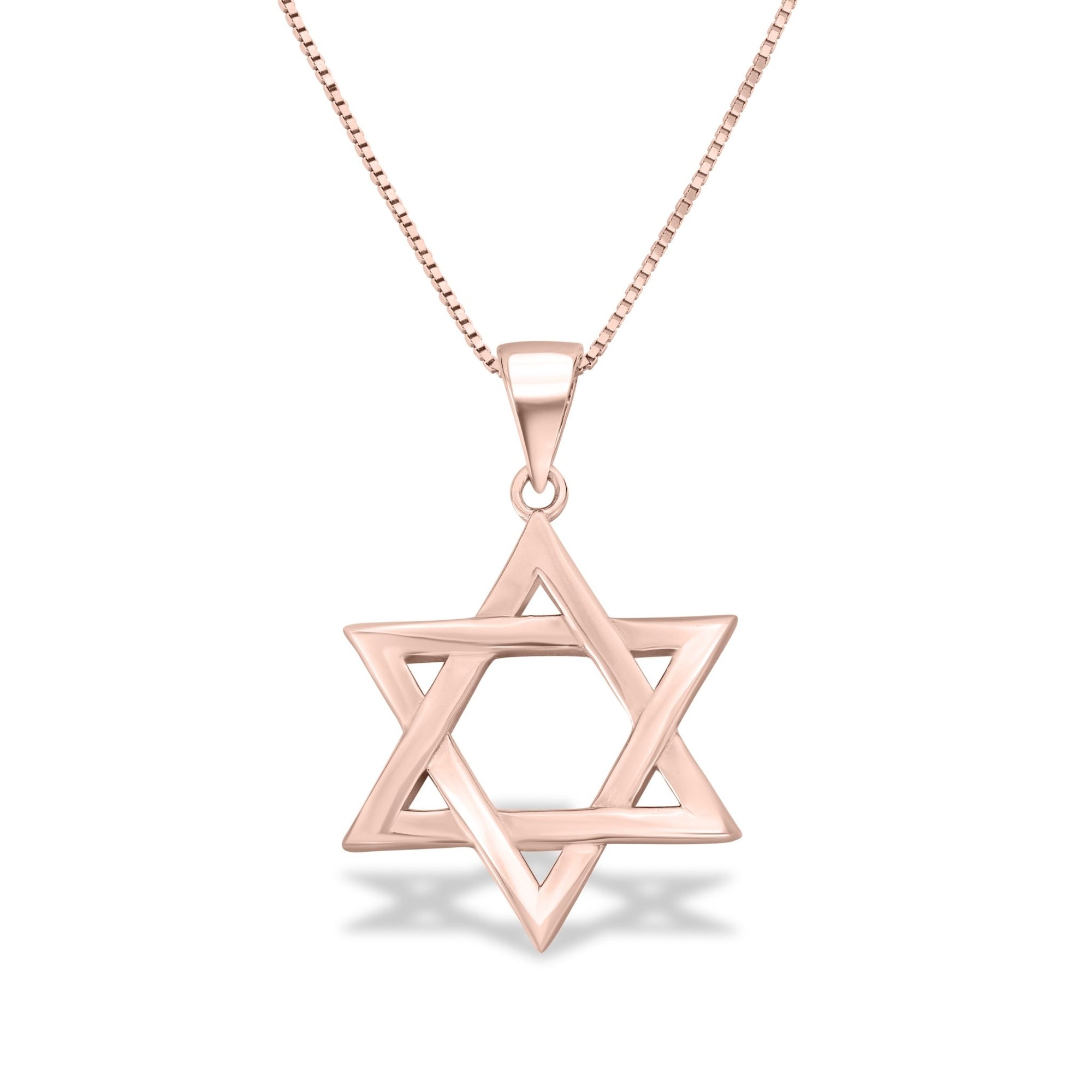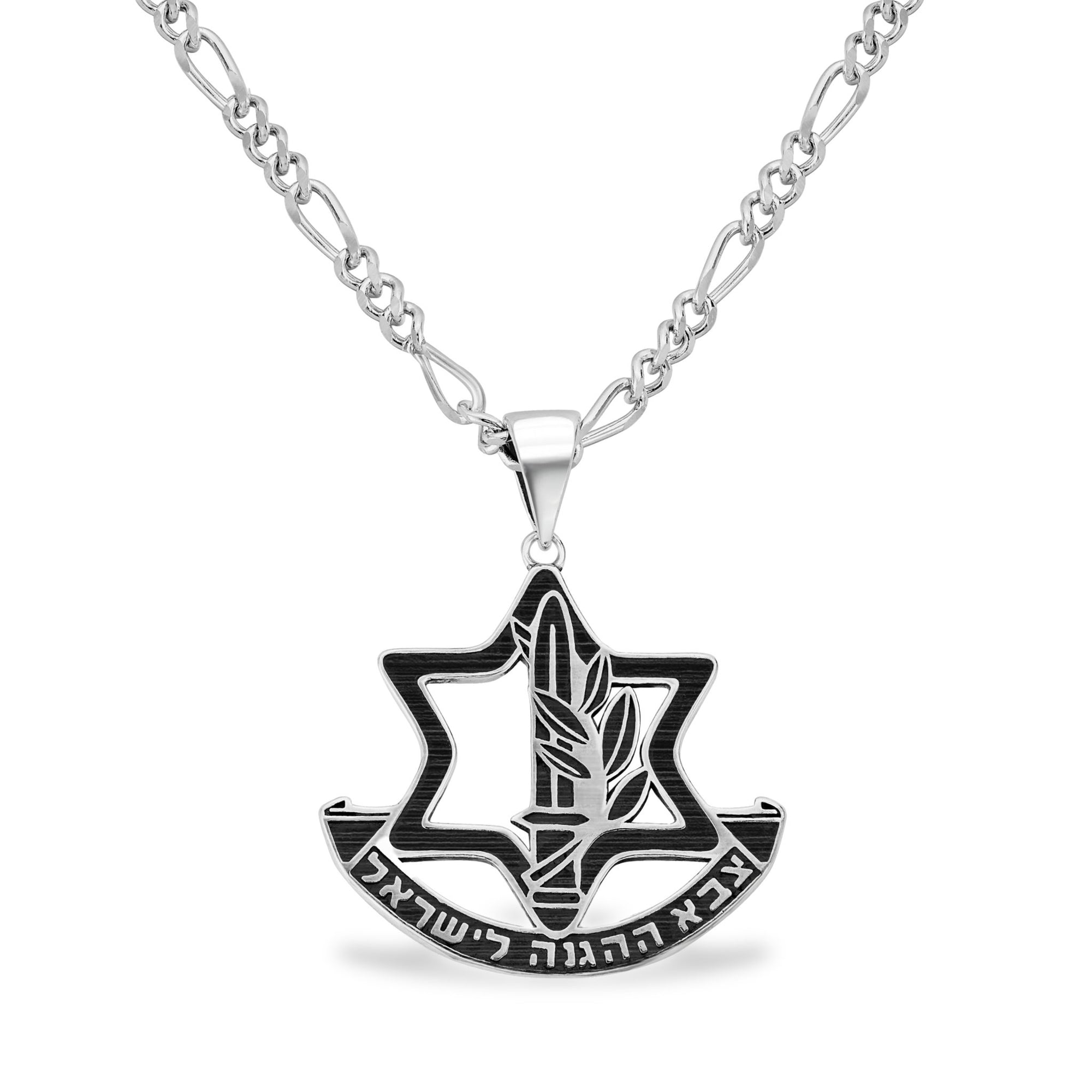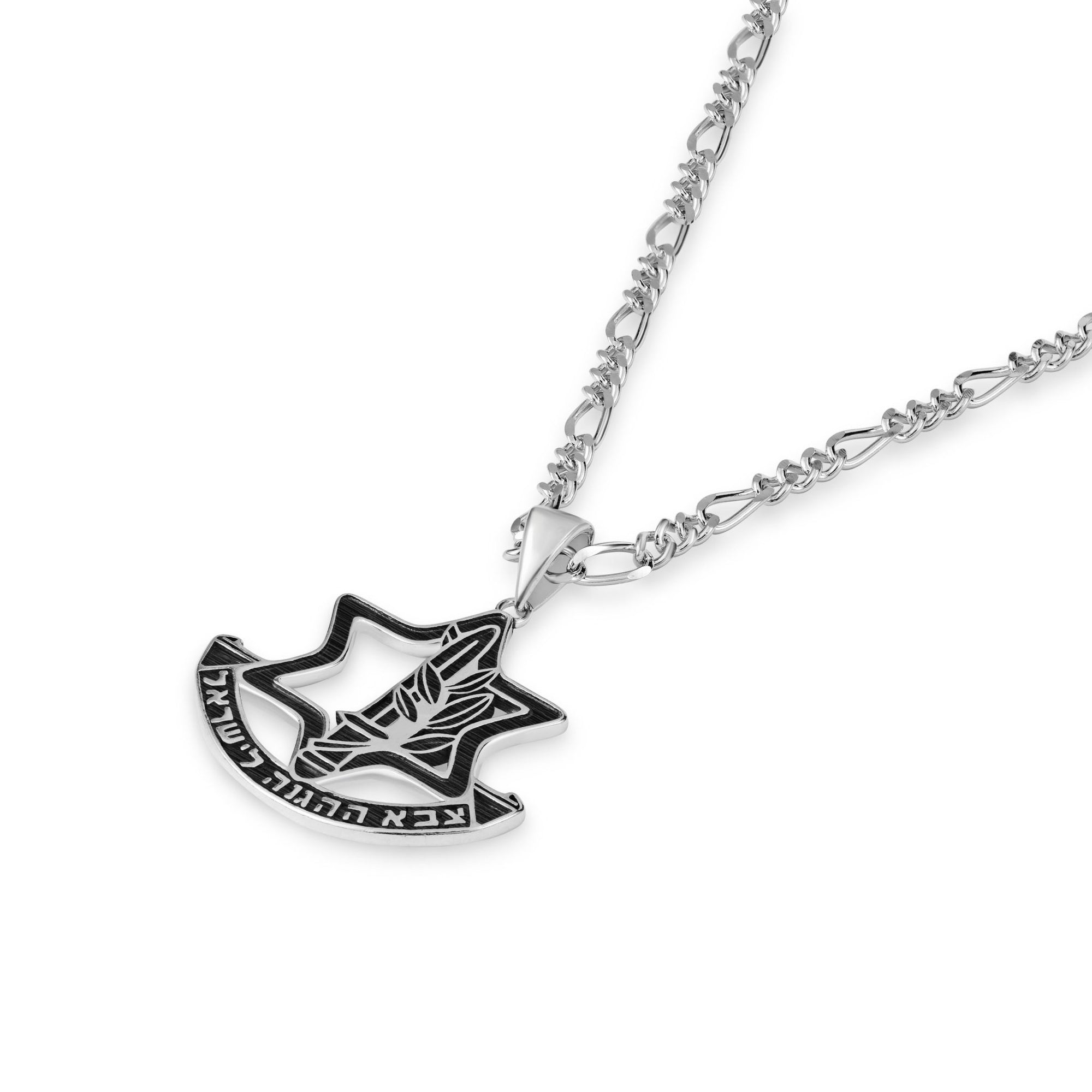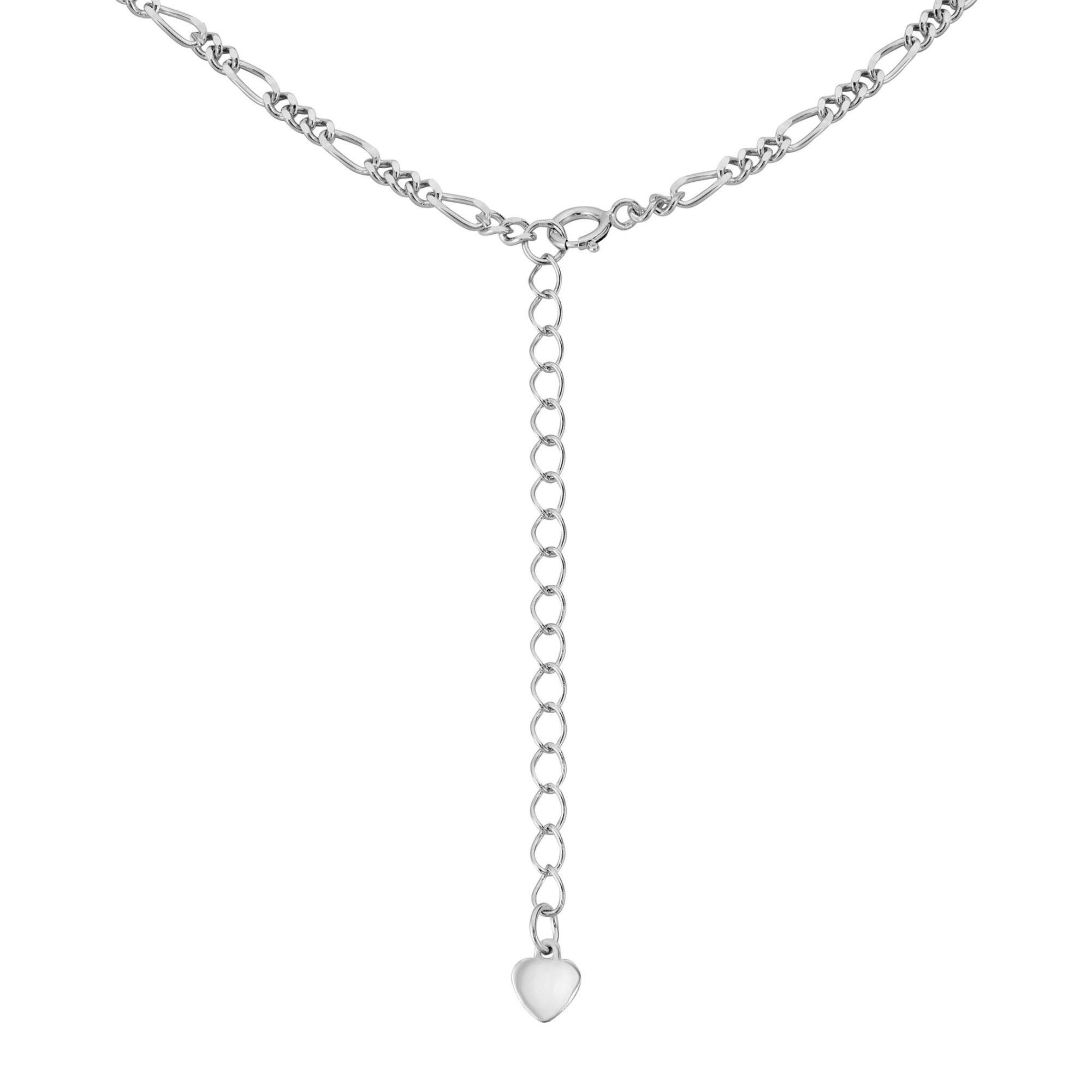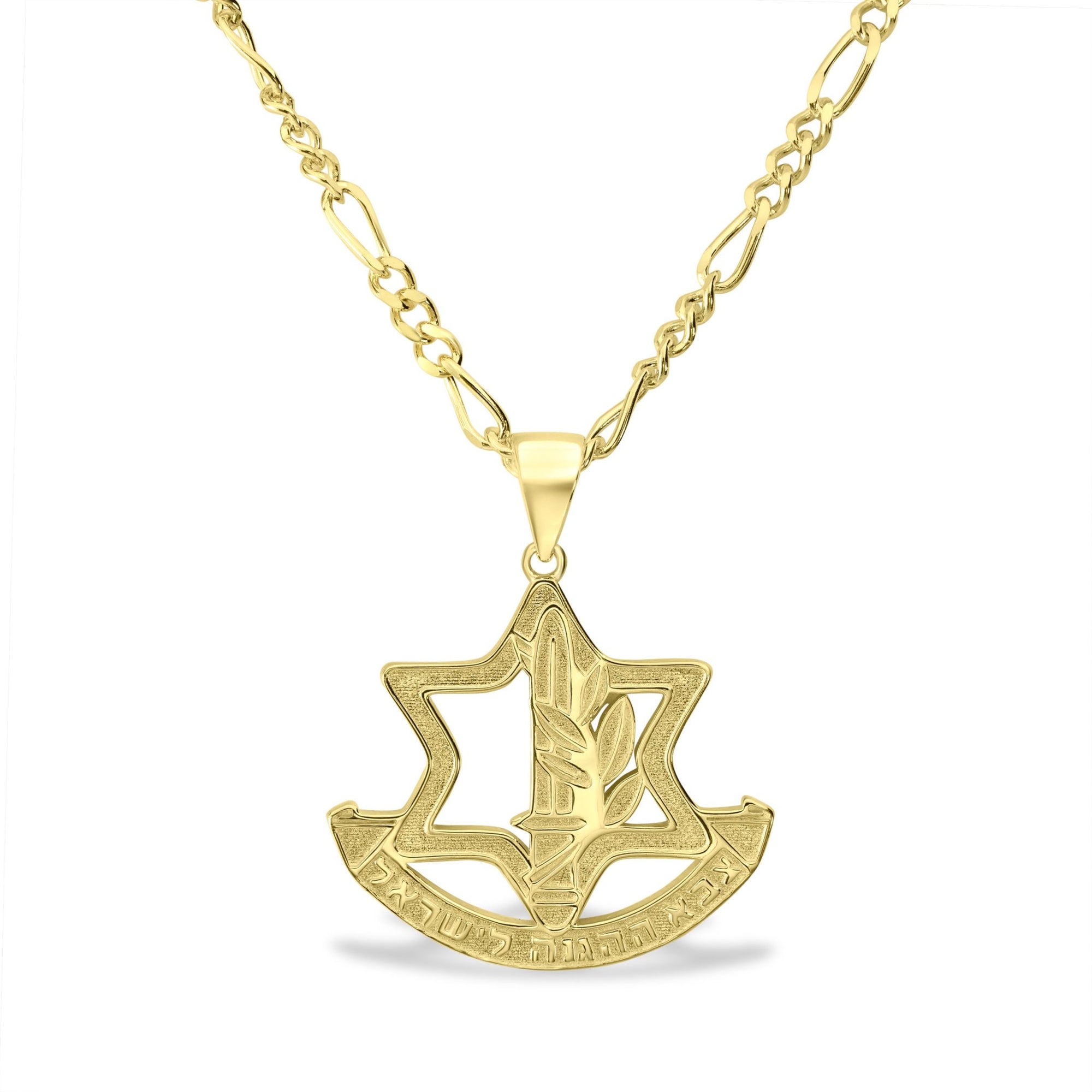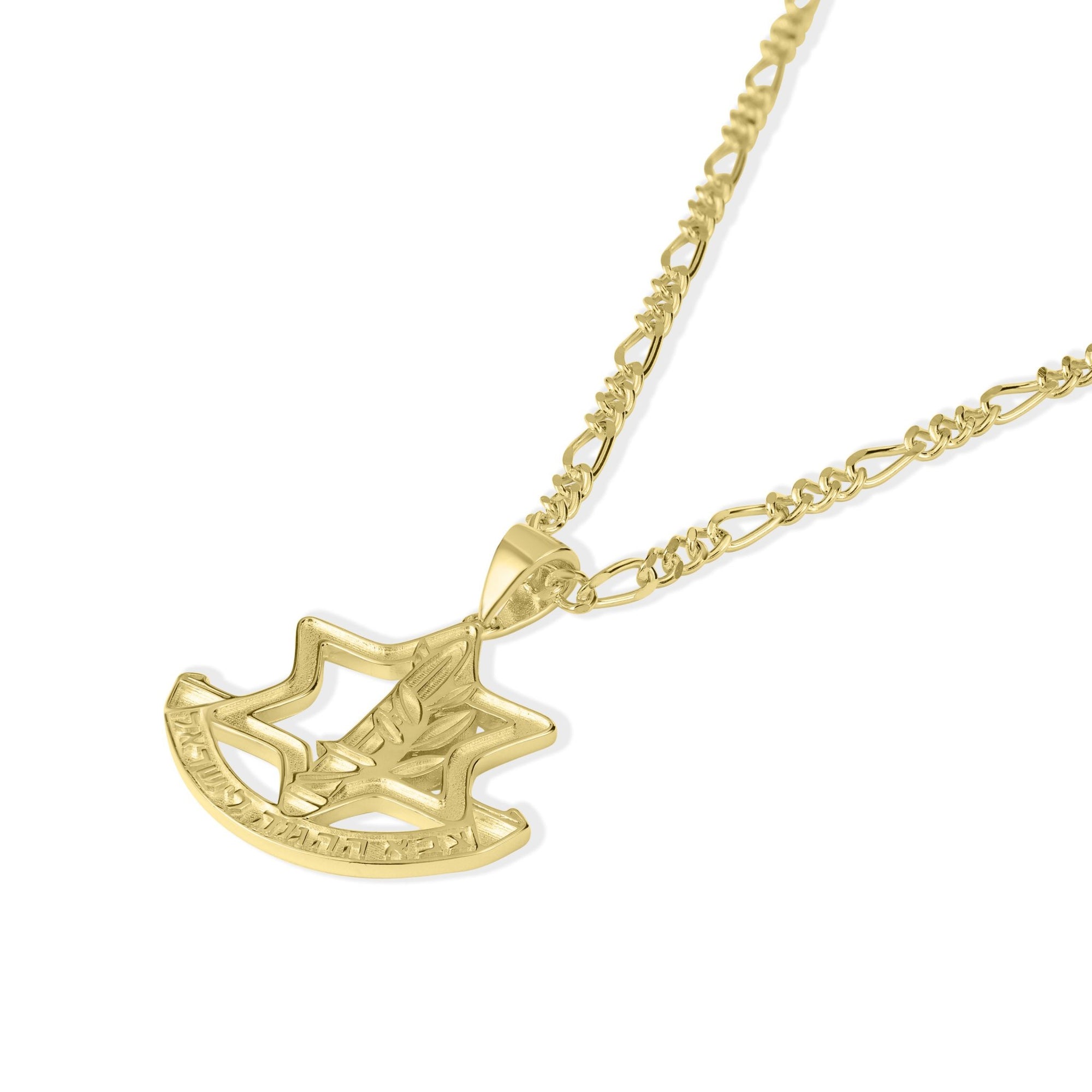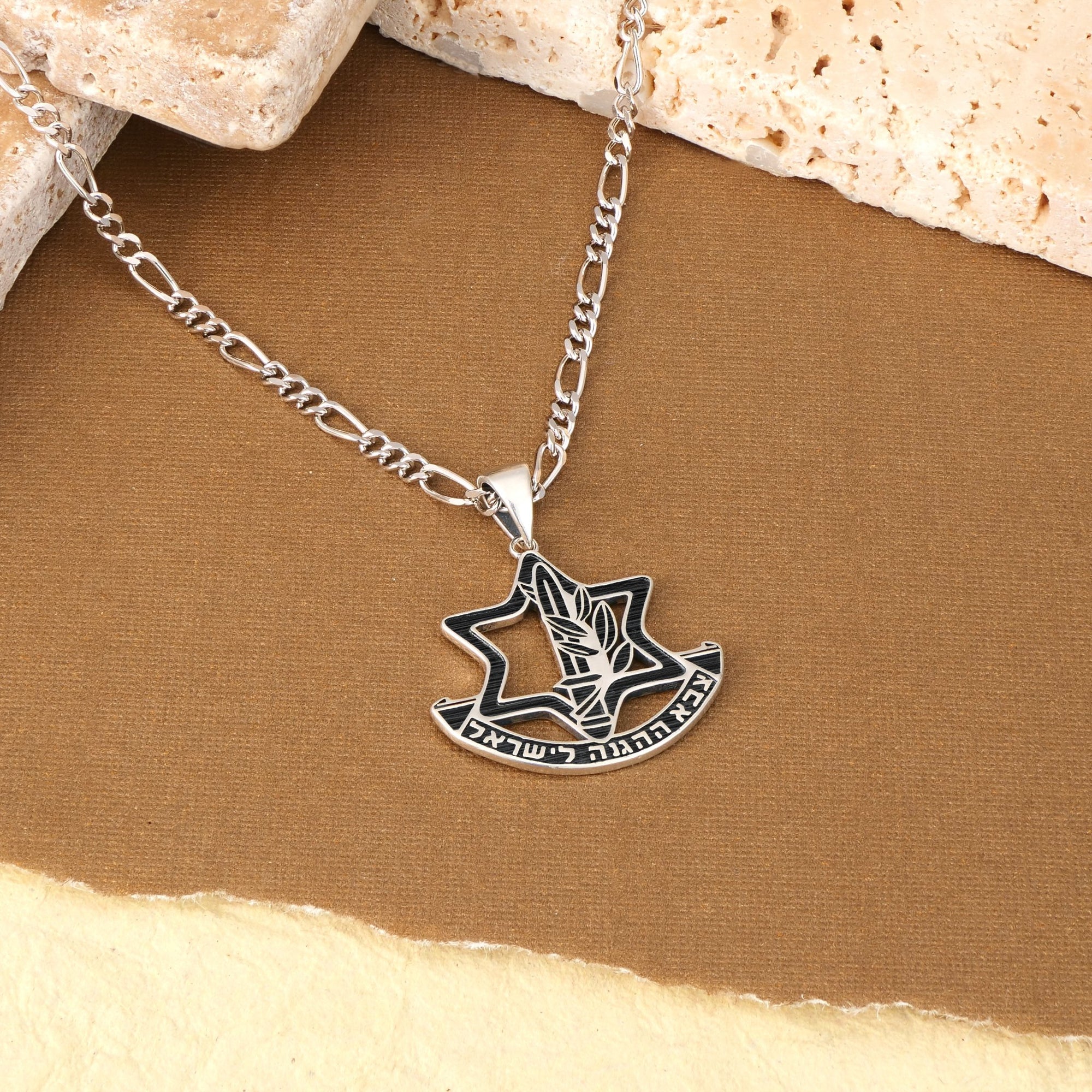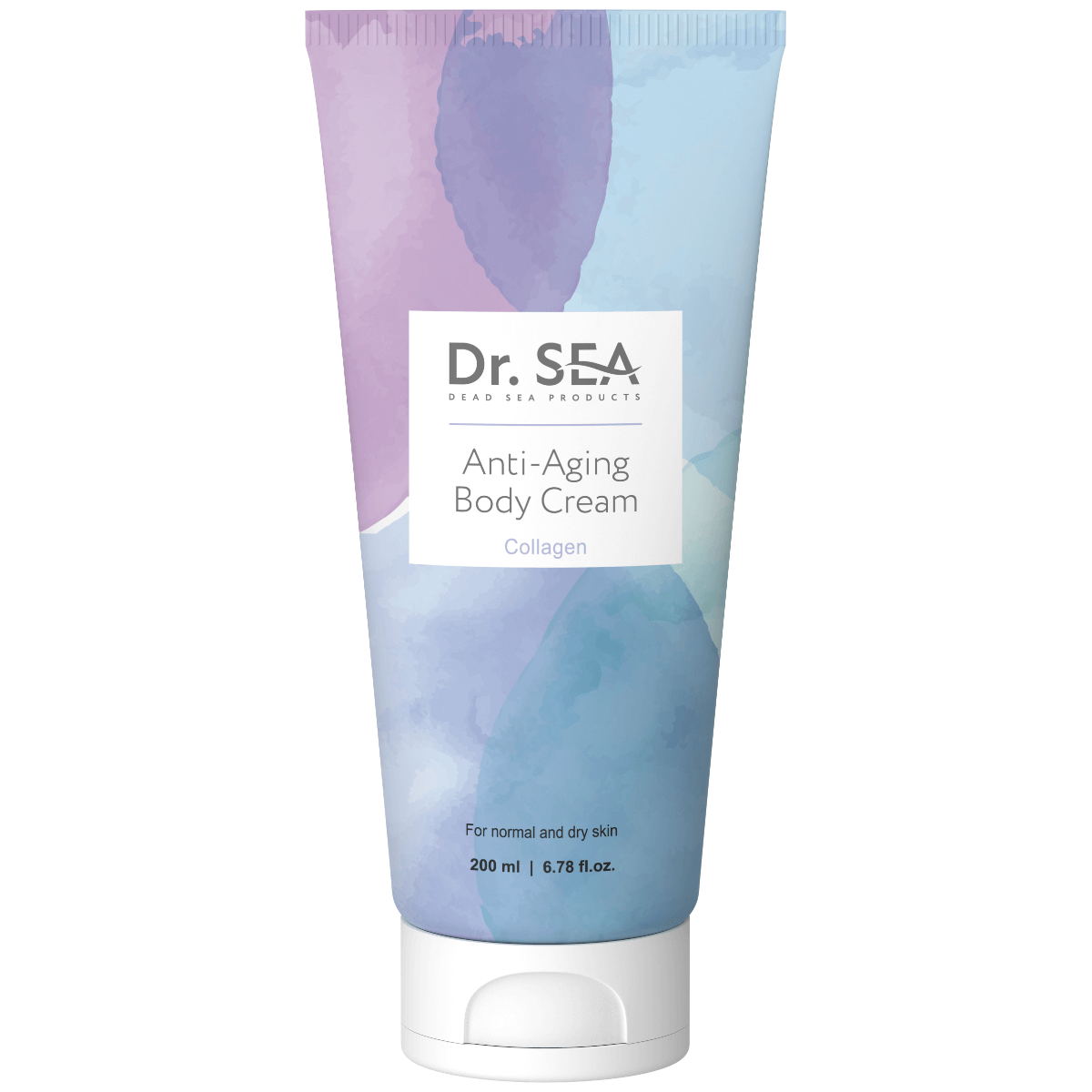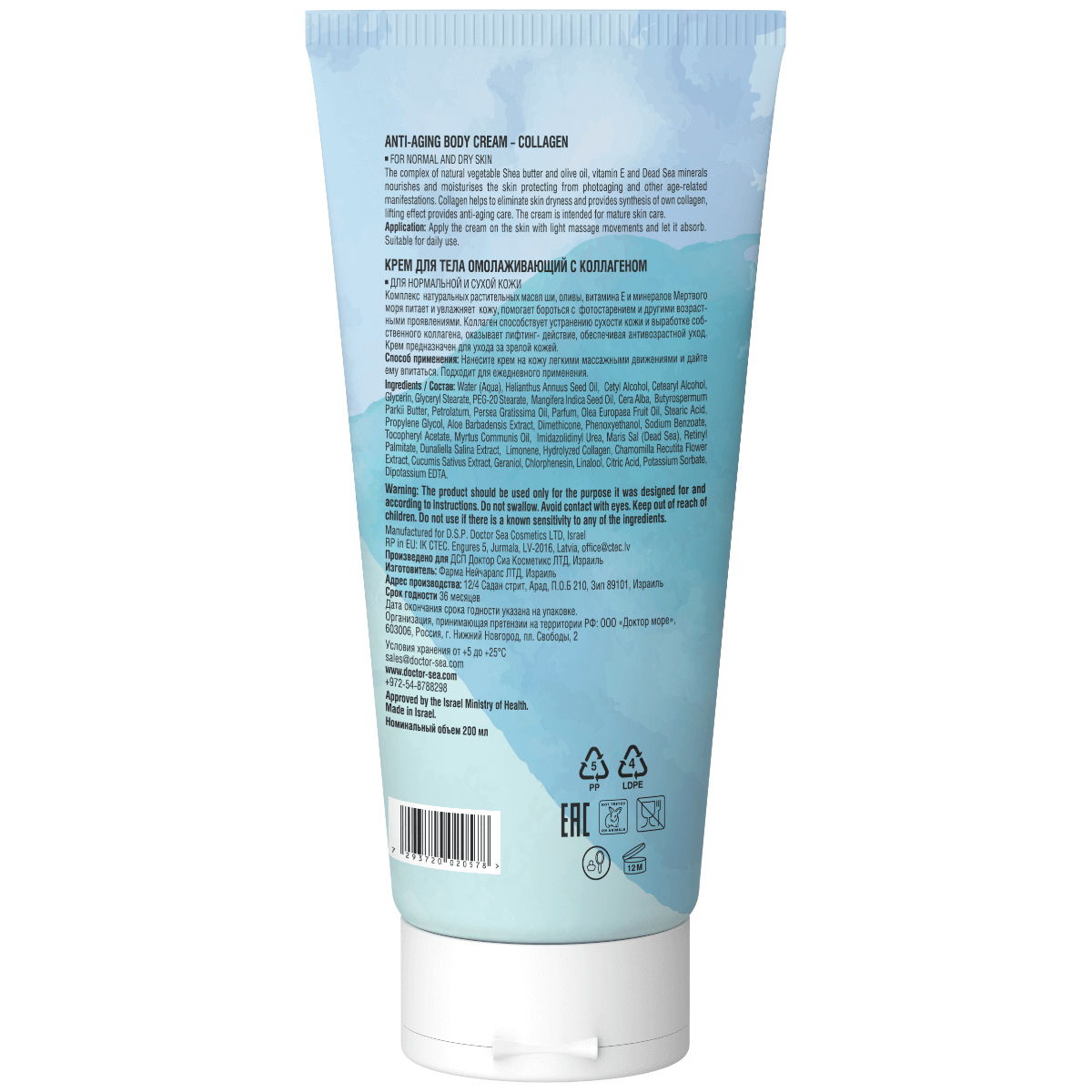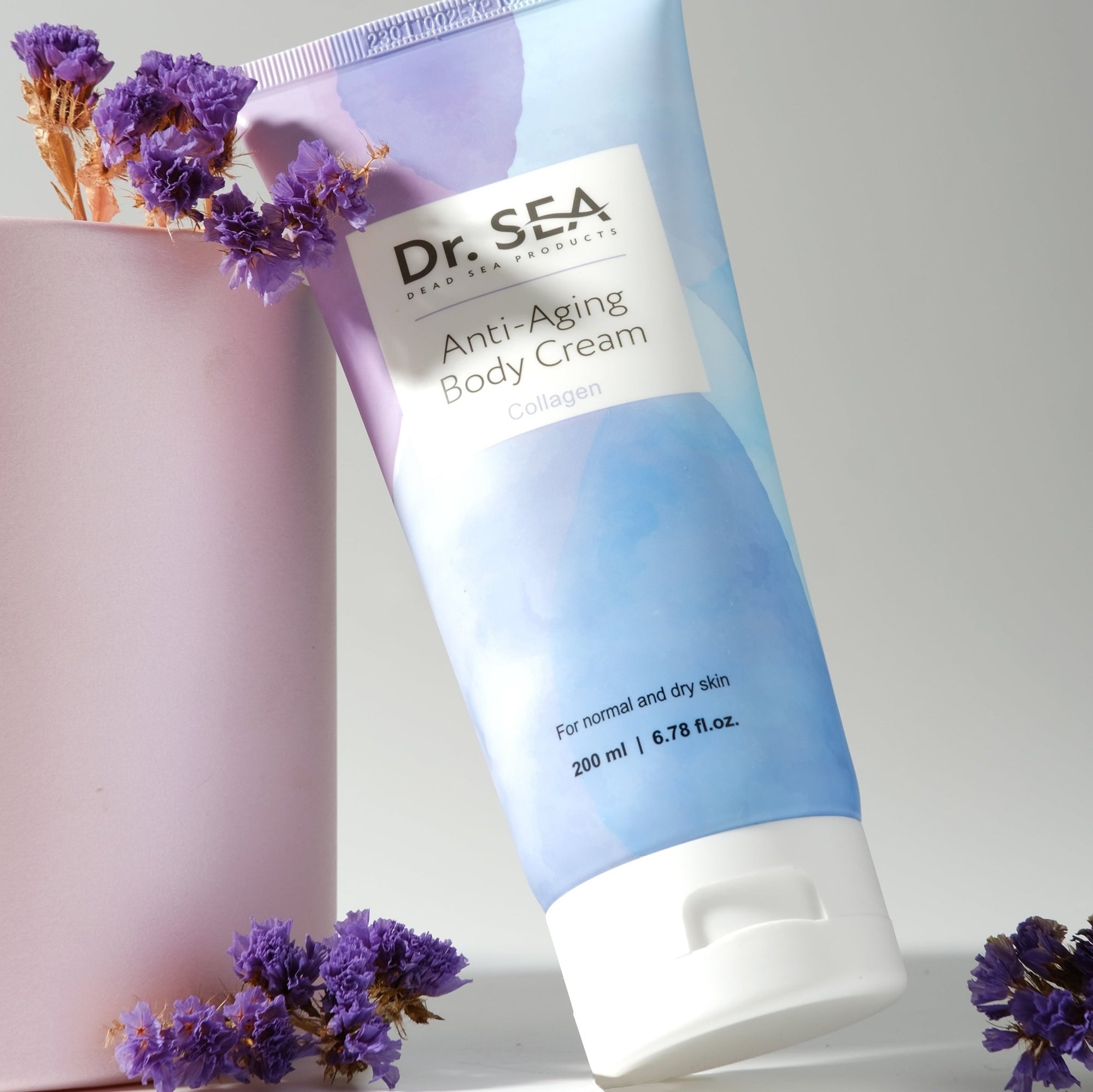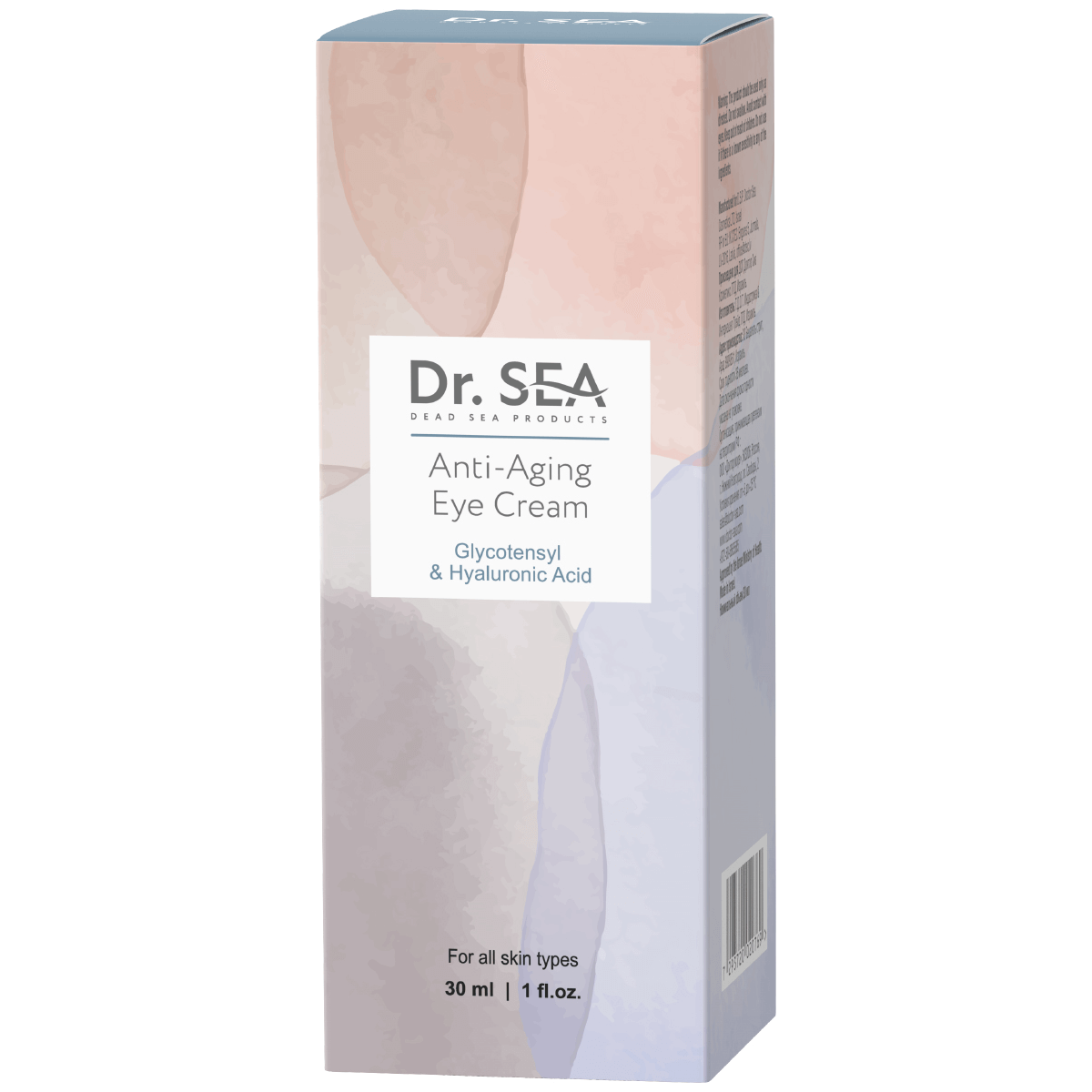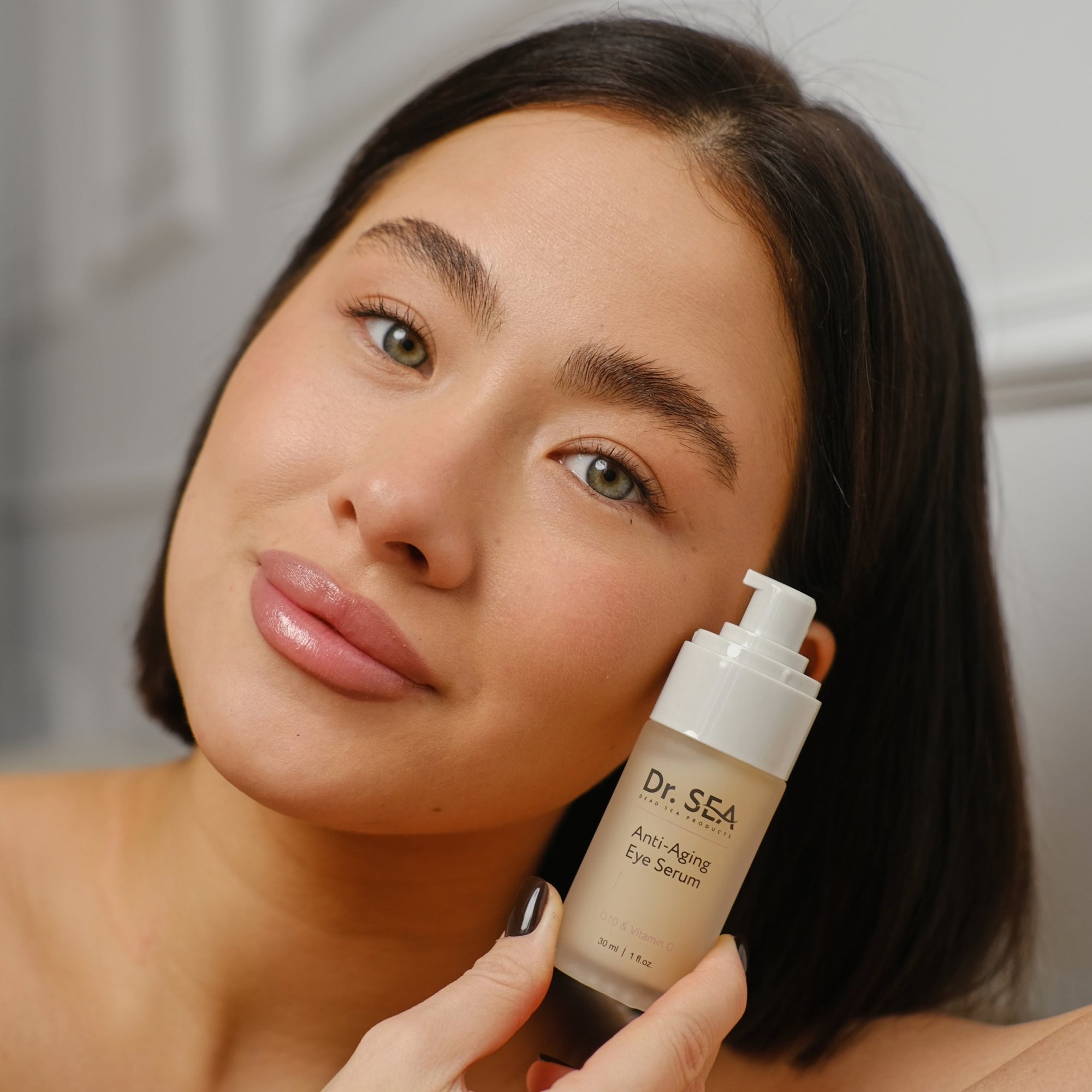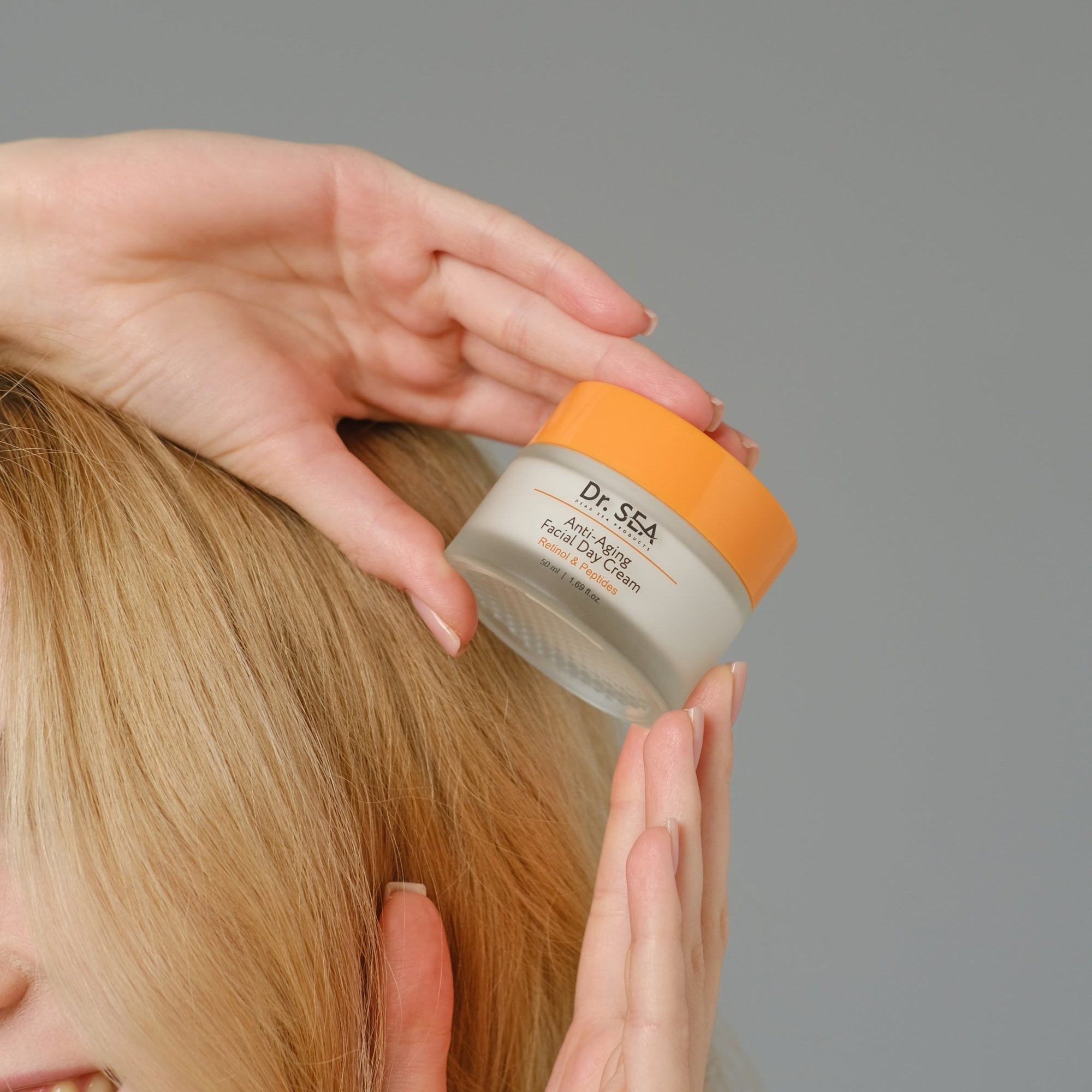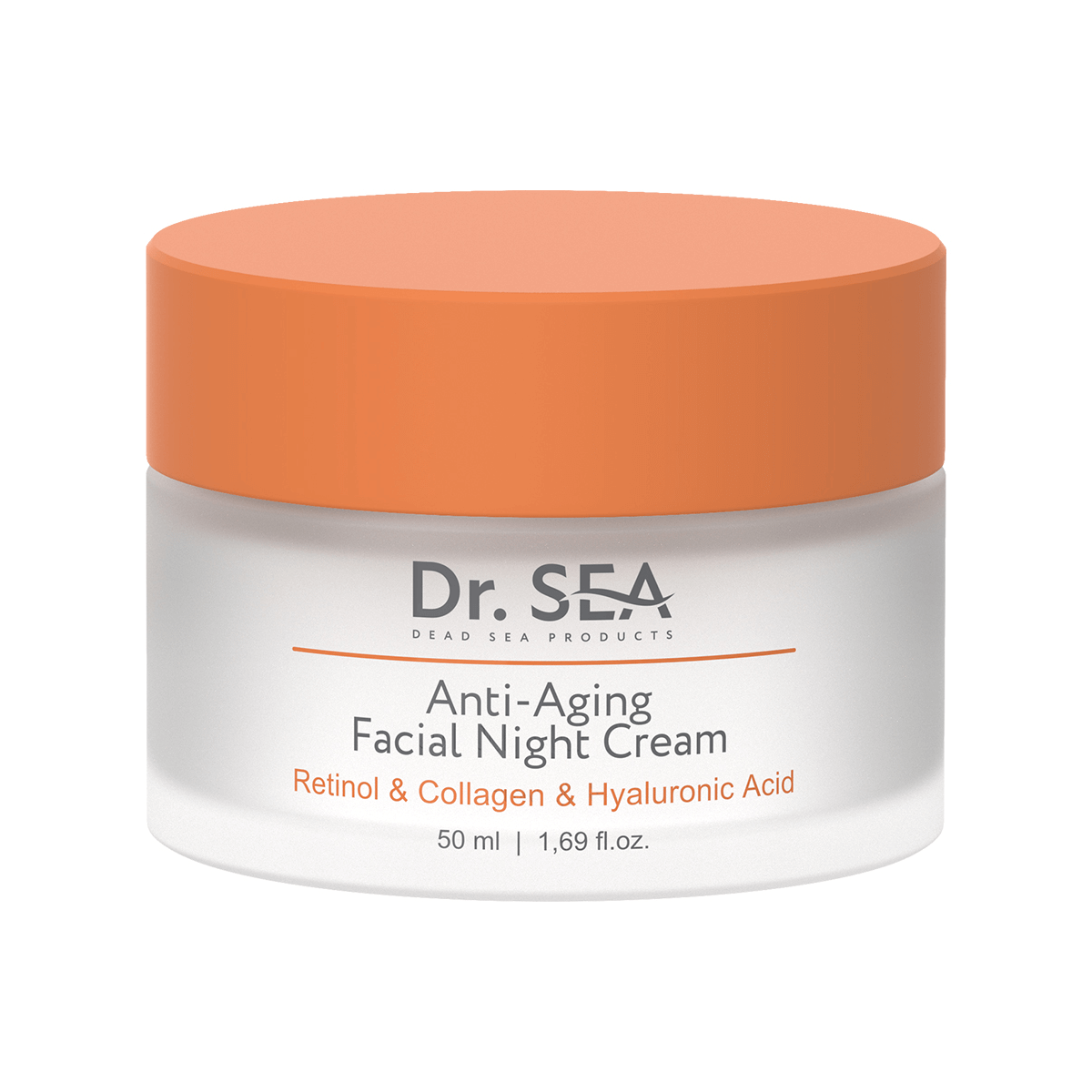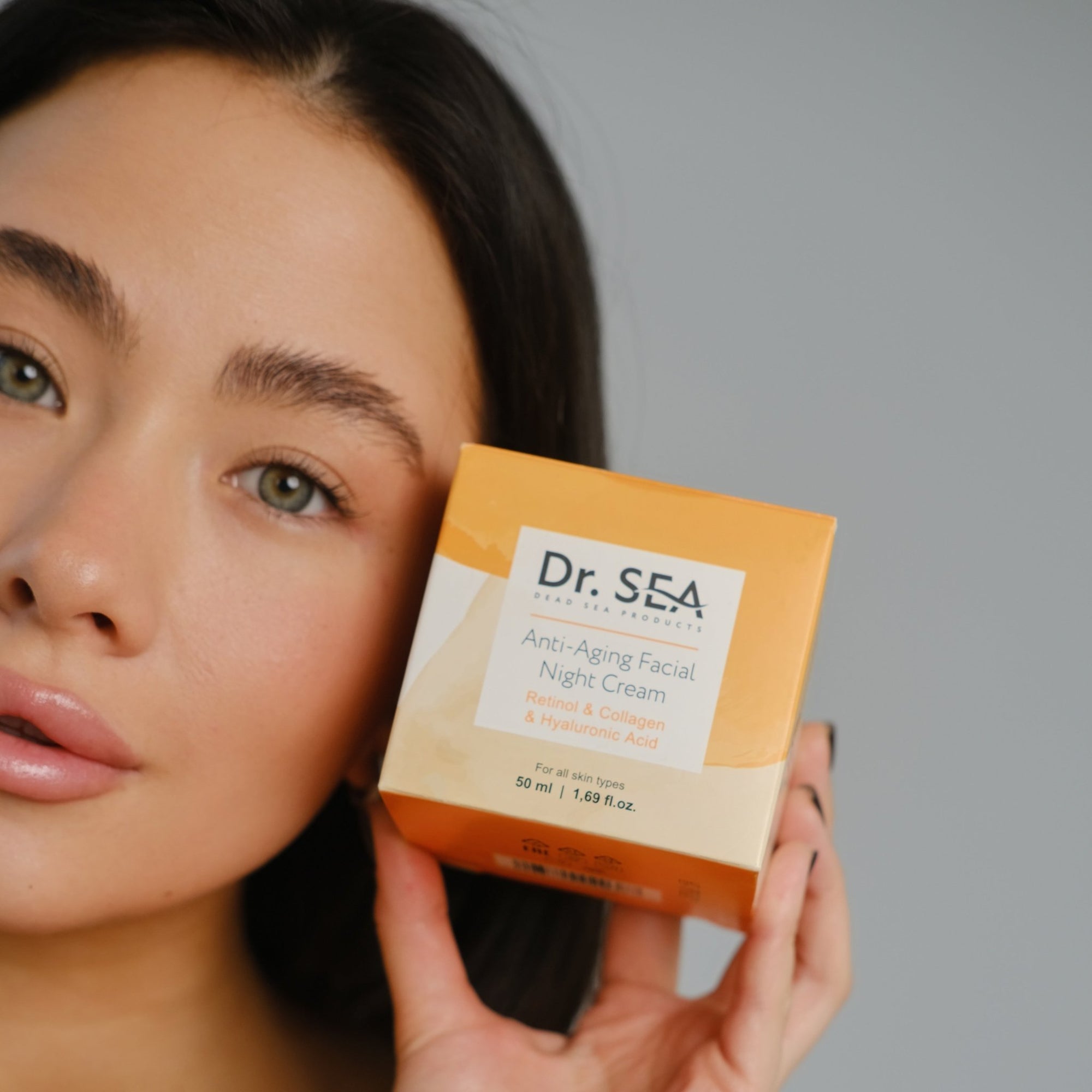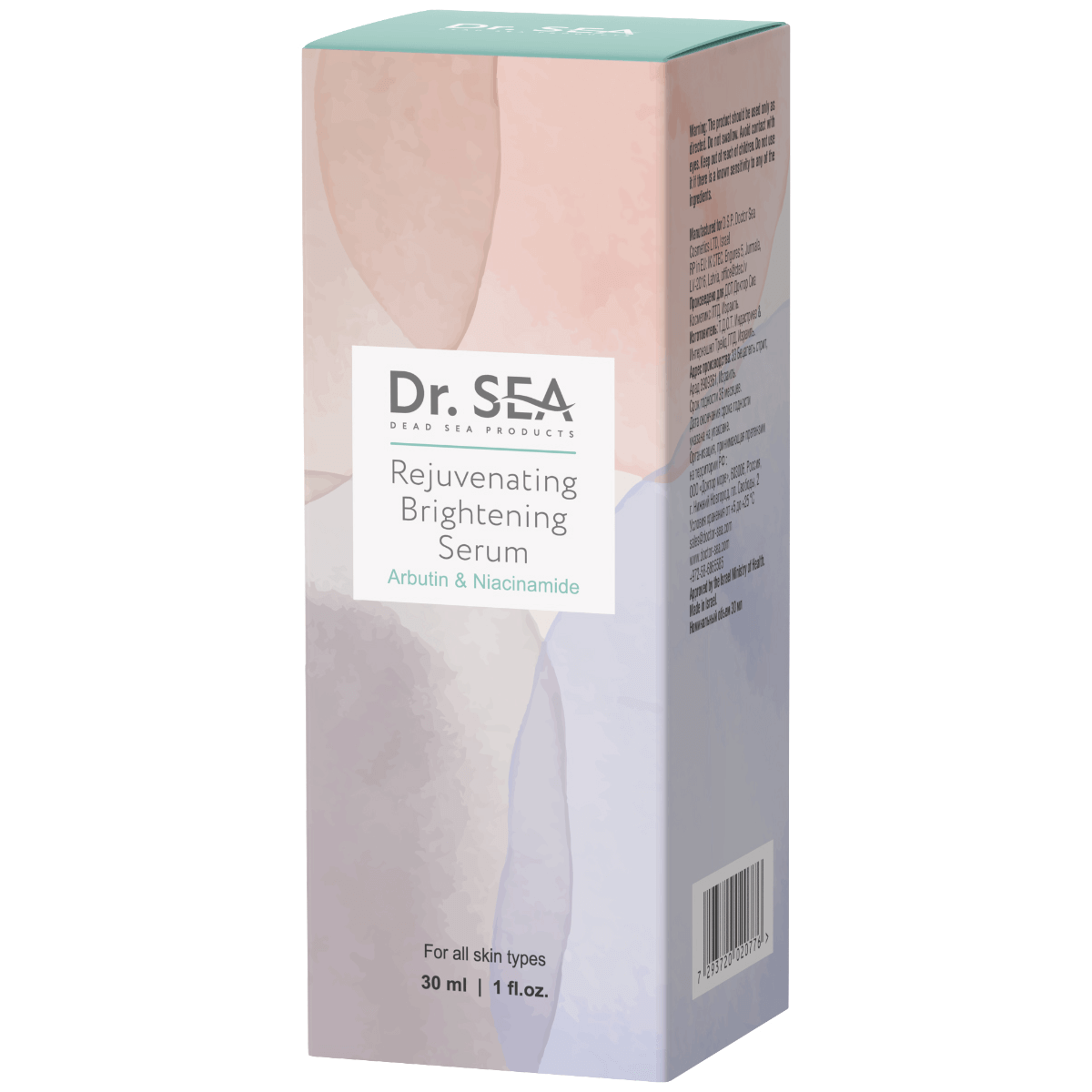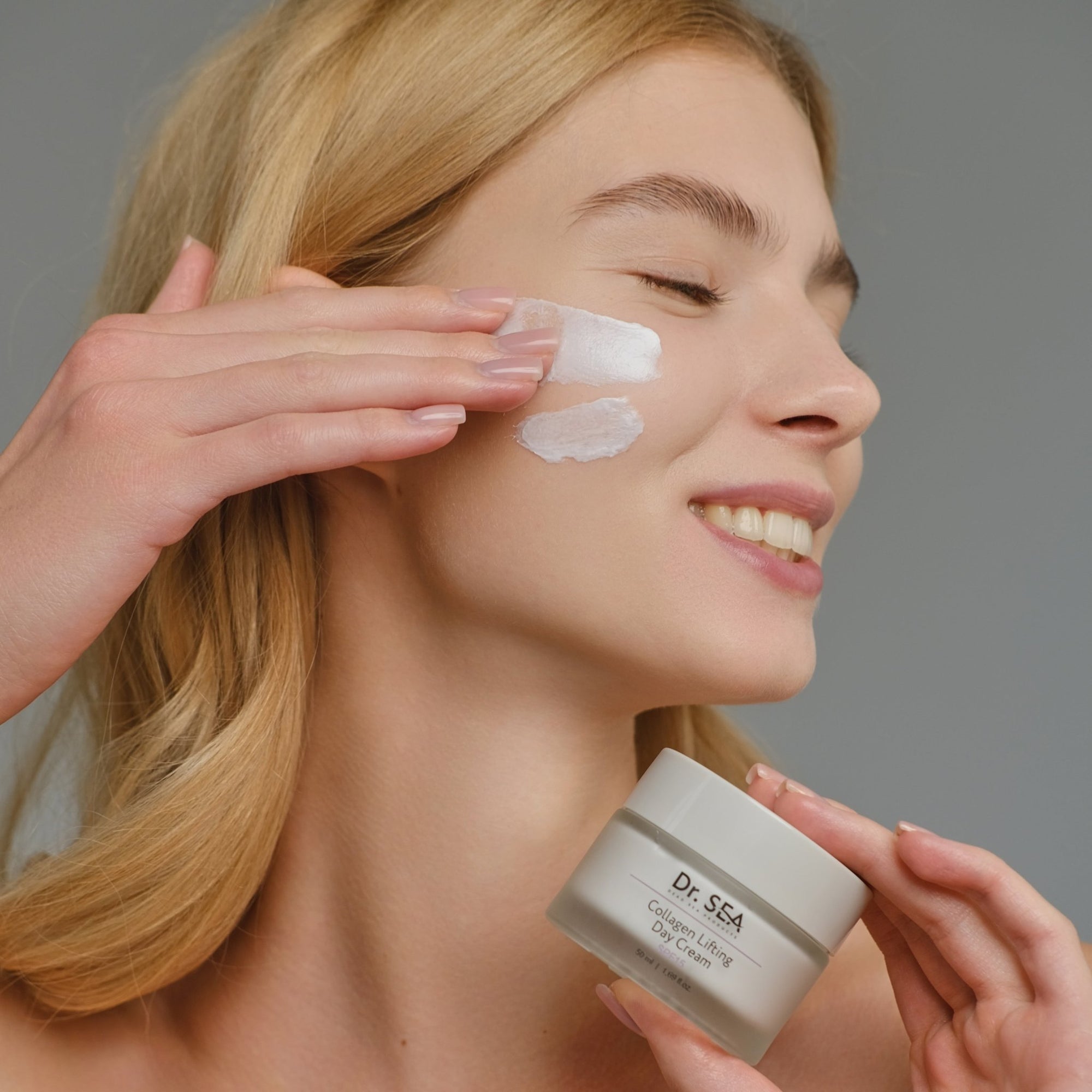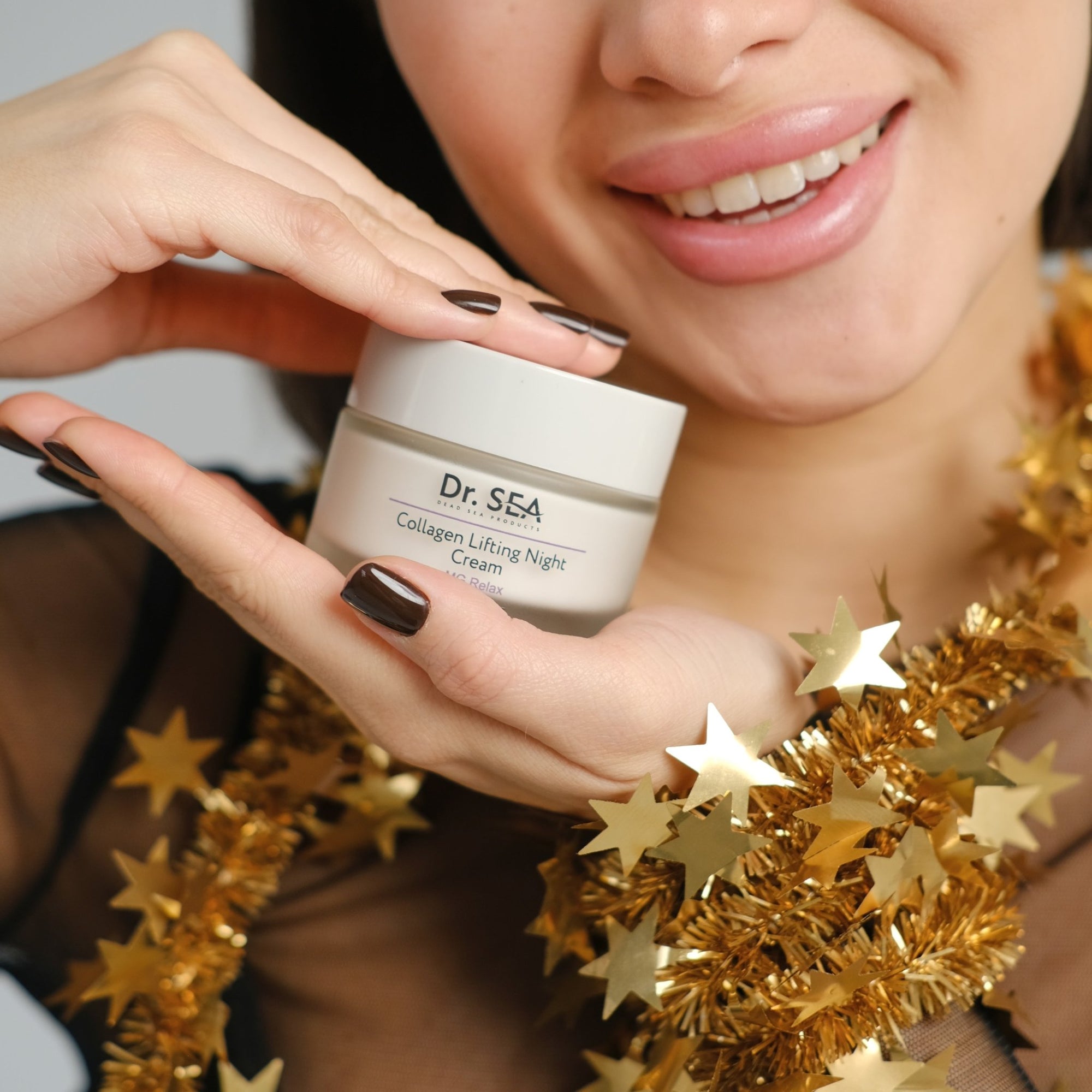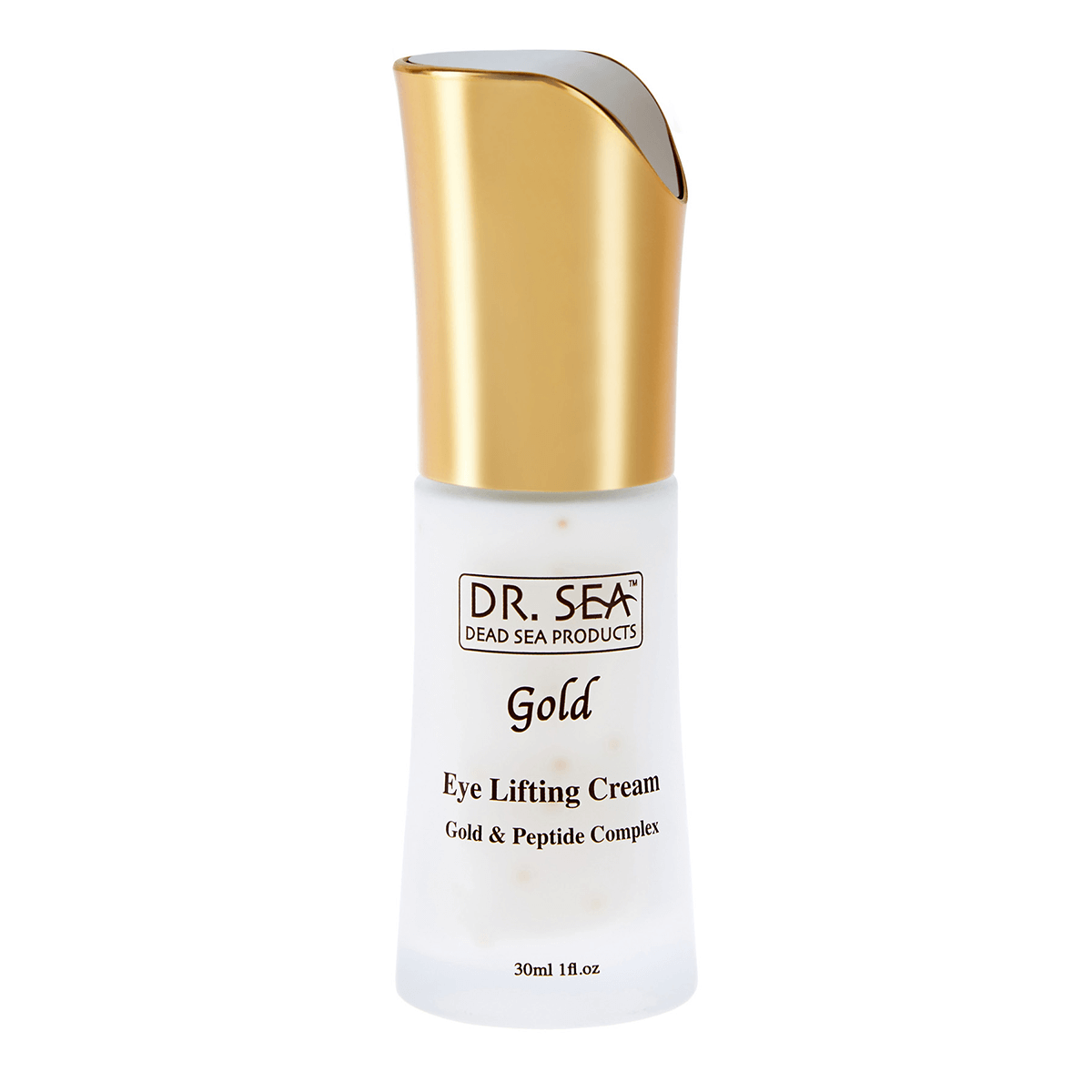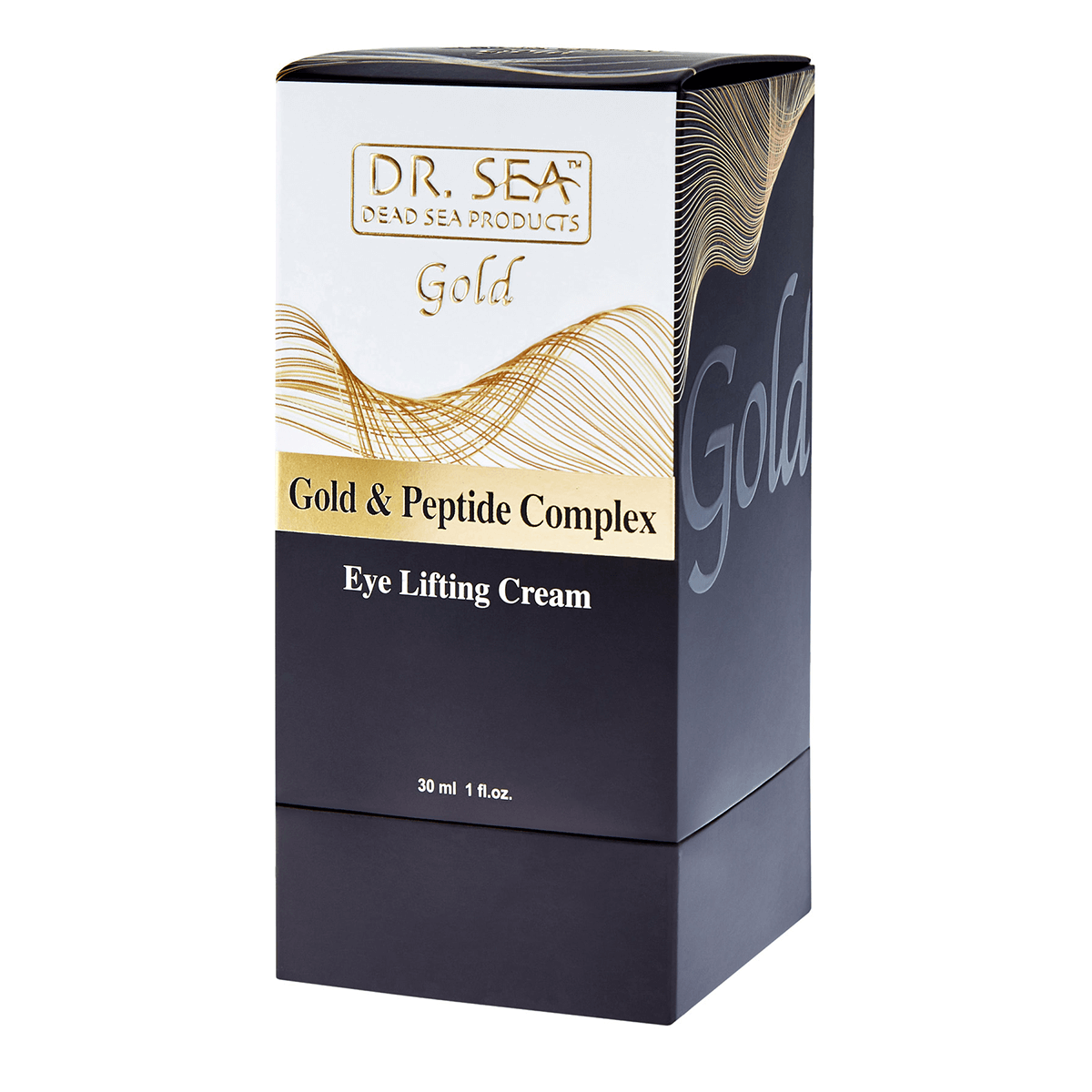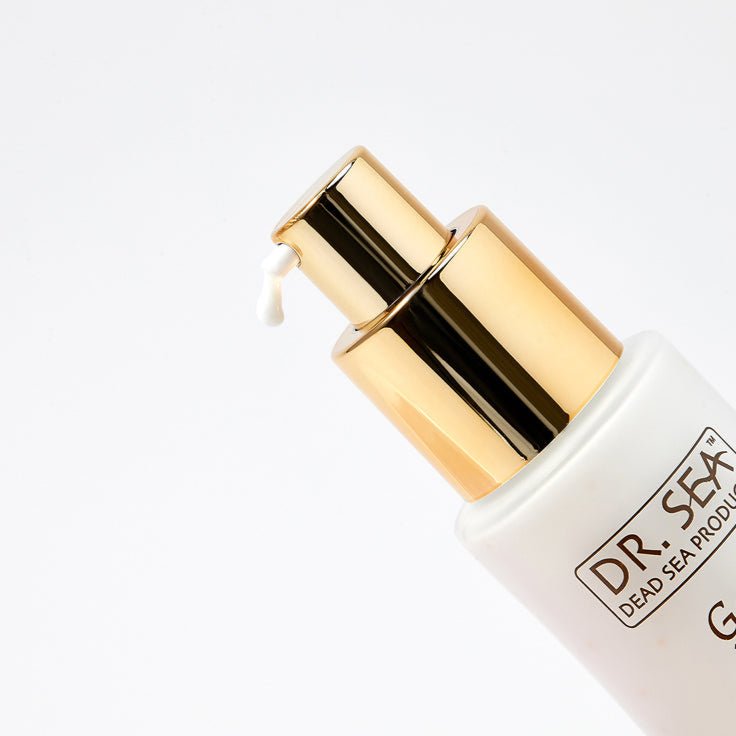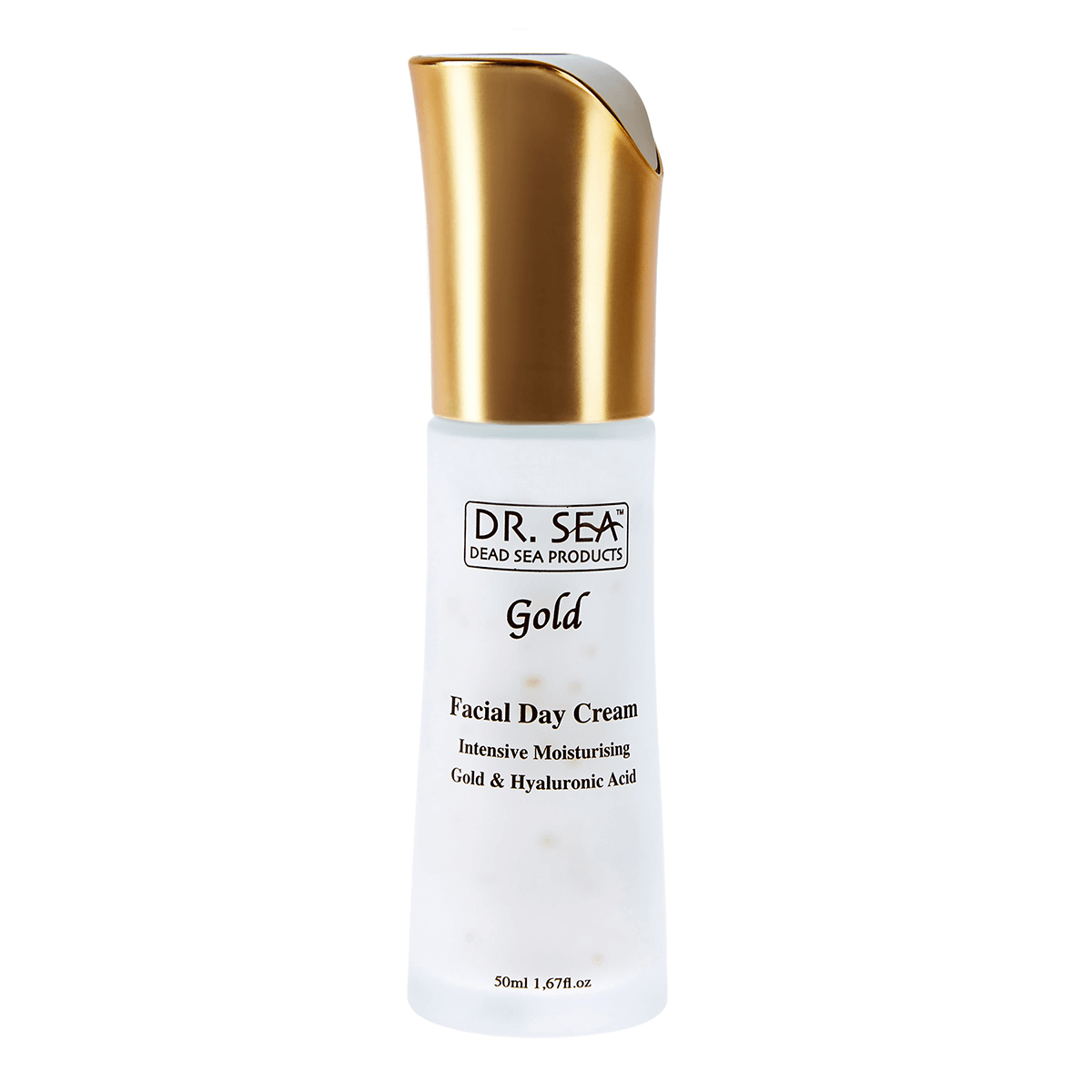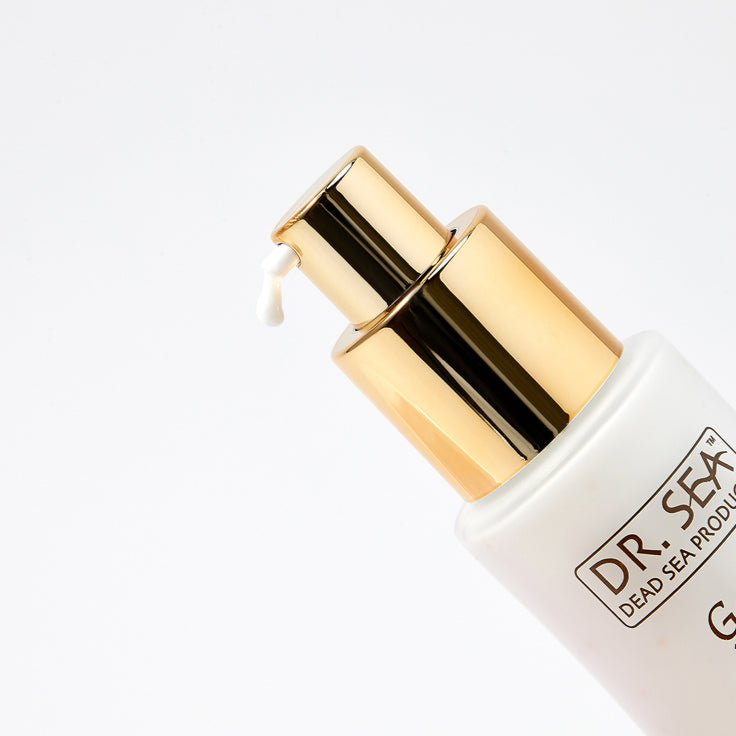Discover the Flair of Israeli Fashion
Israel's fashion scene is a vibrant mosaic blending heritage, practicality, and contemporary trends. From traditional motifs reimagined in chic accessories to modern designers championing comfort and cultural identity, Israel offers rich clothing inspiration. Explore how you can stay trendy with Israel-themed clothing ideas that respect the culture while embracing fashion-forward styles.
Cultural Heritage Meets Modern Fashion
How do traditional Jewish garments influence Israeli fashion?
Traditional Jewish garments such as the tallit prayer shawl and kippah deeply influence Israeli fashion by bridging heritage with modern style. The tallit, originally a prayer shawl with fringes called tzitzit symbolizing religious observance, has been modernized into a fashionable accessory embracing cultural pride. Likewise, the kippah has transformed from a purely religious head covering into a bold fashion statement featuring intricate embroidery and striking patterns. This evolution allows Israeli fashion to honor tradition while welcoming contemporary creative expression.
What role do Bedouin textiles play in Israeli fashion?
Bedouin textiles contribute a unique cultural flavor to Israeli fashion through their signature geometric motifs. Designers incorporate these patterns into modern garments such as flowing dresses, tunics, and outerwear, merging traditional aesthetics with practical streetwear. This fusion celebrates craftsmanship and cultural diversity while fitting well with Israel's warm climate by favoring breathable, vibrant clothing (source).
How does the Israel Museum illustrate fashion diversity?
The Israel Museum in Jerusalem showcases an extensive collection of Jewish folk costumes that spotlight Israel's rich ethnic and cultural mosaic. The collection includes varied head coverings and traditional dresses from Jewish communities originating from Iran, Ethiopia, Kurdistan, and Tunisia. This array highlights how Jewish diasporic groups have historically adapted local clothing styles, blending their cultural identity with surrounding influences. The museum's exhibit offers a vivid narrative of the intricate relationship between tradition, migration, and fashion.
Israel’s contemporary fashion scene reflects this heritage-rich backdrop, where traditional religious garments and ethnic textile patterns inspire designers to create clothing that is both meaningful and modern. This blend honors Israel’s multifaceted cultural history while setting trends that resonate locally and globally (source.
Seasonal and Functional Fashion for Israel's Climate

How does Israel's climate shape fashion choices?
Israel experiences two main seasons: hot, humid summers with temperatures soaring up to 108°F, especially in desert areas like Eilat and the Dead Sea, and mild winters where temperatures average 15-25°C, with Jerusalem occasionally seeing snow. Fashion in Israel adapts to these conditions by favoring lightweight, breathable fabrics such as linen and cotton during summer to combat heat and humidity. In winter, versatile layering is common to accommodate the mild but sometimes unpredictable weather, especially in higher elevations. For more details on What to Wear in Israel and guidance on Israel Summer Clothing and Israel Winter Clothing.
What are practical clothing considerations for visitors?
Visitors to Israel should prepare for sun protection and modest dressing, particularly at religious and memorial sites like the Western Wall or mosques, where attire covering shoulders and knees is required. Women are advised to carry scarves or cardigans for added coverage and warmth in cooler seasons. Lightweight, airy clothing is essential for summer comfort. For outdoor explorations such as hiking in the Golan Heights or visiting the desert landscapes of the Dead Sea, sturdy footwear and sun-protective clothing are critical to navigate rocky and uneven terrain safely. See more on Dressing for Israel's Climate and Modest Clothing for Religious Sites, as well as tips on Footwear for Israel Hiking and Sun Protection for Hiking Trails.
How does fashion accommodate outdoor and lifestyle needs?
Israeli fashion balances style with practicality by producing durable, comfortable clothing suited to the country's unique environment. Popular items include swimwear for resorts in Eilat and the Dead Sea, often paired with snorkeling gear for underwater activities. Many designs incorporate military-functional elements like multiple pockets, Velcro, and tactical fabrics, striking a harmony between cultural expression and everyday functionality. The emphasis remains on comfort and utility to meet the demands of Israel's varied terrain and lifestyle. Explore more about Clothing with pockets, Velcro, and zippers, Tactical fabrics in fashion, and Eilat and Dead Sea Swimwear.
Patriotic and Identity-Driven Fashion Trends
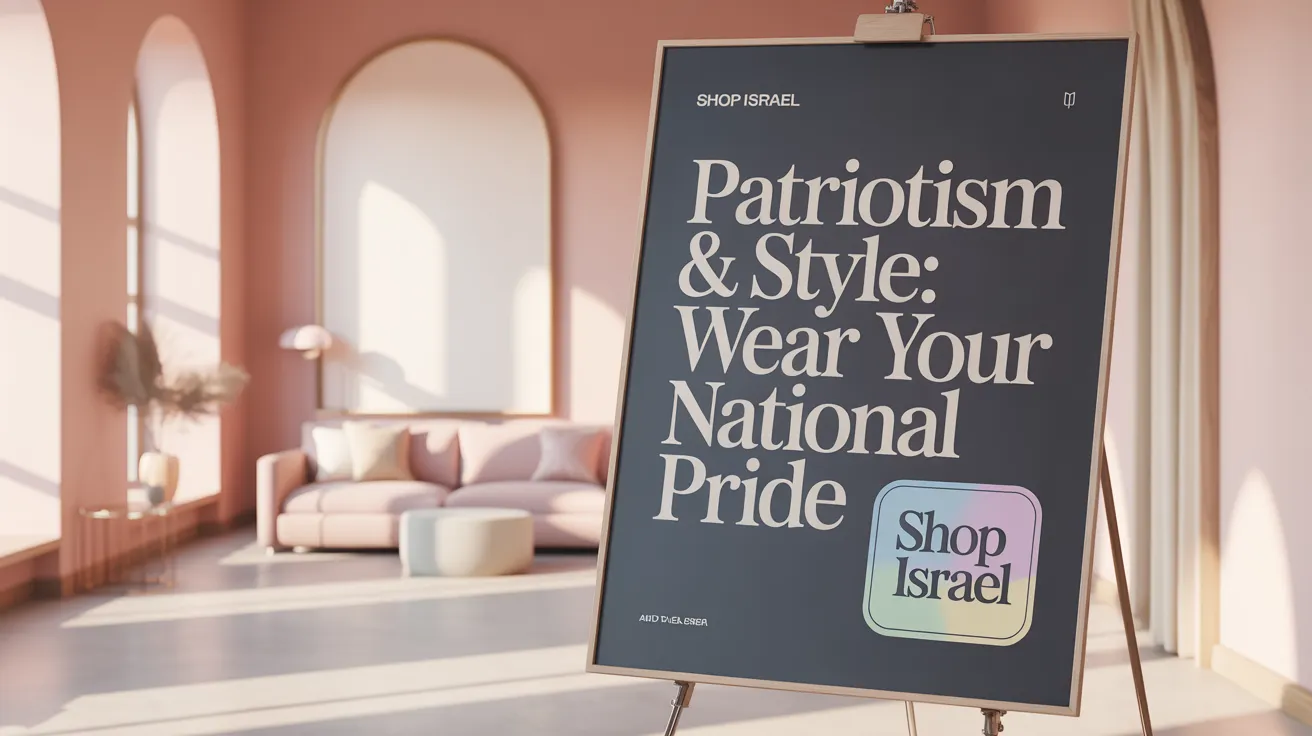
How is national identity expressed through Israeli fashion?
Israeli fashion has become a vibrant canvas for expressing national identity, especially in response to recent social and political events. Designers prominently feature symbols such as the Star of David in fashion, maps of Israel on clothing, and yellow ribbons for hostages. Names of Gaza border communities also appear in clothing designs, connecting wearers with real places and people impacted by conflict. These patriotic elements are not limited to apparel but extend into jewelry and tattoos inspired by the October 7 event, allowing individuals to wear their national pride as a form of personal and collective identity.
What military influences appear in civilian clothing?
Civilian fashion in Israel increasingly incorporates military-inspired details, reflecting the country’s close relationship with its defense forces. Clothing often includes practical features like pockets, Velcro, and zippers, and tactical fabrics known for durability and functionality. This military influence blends style with utility, offering garments that are both fashionable and suited to the demands of everyday life in a heightened security environment.
How do fashion choices respond to the current social climate?
The current social and political climate in Israel has led to notable shifts in fashion trends. There is a resurgence of modest dressing, with women opting for discreet tops, longer skirts, and headscarves in contemporary fashion that align with a collective turn toward tradition and religious expression. Color palettes tend to be darker and more empowering, featuring shades like black, red, and green that symbolize strength and resilience. Comfort-focused designs have become popular, offering easy-to-wear pieces adapted for the uncertainties of daily life, including quick sheltering during siren alerts. Inclusivity is evident as brands increase options in plus-size and one-size-fits-all fashion to accommodate diverse body types.
Iconic Israeli Designers and Contemporary Fashion Houses

Who are some leading Israeli fashion designers and brands?
Israel boasts a vibrant fashion scene led by influential designers and brands that blend tradition with modernity. Alon Livne stands out for his luxurious evening wear and bridal gowns, gaining international acclaim with clients like Beyoncé and Lady Gaga. Dodo Bar Or is popular among global influencers for high-end, durable fashion that marries elegance and functionality.
Established labels such as Maskit reignite traditional Bedouin motifs and cultural heritage in contemporary styles, notably with their iconic desert coats. Castro, Israel’s largest fashion company founded in 1973, offers collections for festive occasions and local holidays, emphasizing homegrown design and manufacturing. Newer brands like Itay Brands, founded during the pandemic, focus on affordability while supporting local garment production.
What characterizes fashion events and scenes in Israel?
Tel Aviv is regarded as Israel’s fashion capital, celebrated for its energetic and creative street style. The city hosts annual Fashion Weeks that spotlight a fusion of comfort, practicality, and cultural pride. Israeli designers frequently showcase their collections internationally at venues such as New York Fashion Week, projecting modern Israeli aesthetics with cultural influences.
Israeli fashion events are platforms where creativity intersects with heritage, highlighting unique textiles, bold patterns, and functional yet stylish designs that suit the Mediterranean climate and lifestyle.
How is inclusivity reflected in Israeli fashion?
Inclusivity is a growing focus within Israeli fashion. Designers are creating adaptive clothing for people with disabilities, featuring amputees in campaigns and tailoring garments to promote ease of movement and practicality. There is also a notable presence of gender-nonconforming styles, with many collections offering unisex and oversized fits that accentuate comfort.
The emphasis on blending aesthetics with everyday functionality reflects a response to social changes and the diverse needs of contemporary consumers, making Israeli fashion a leader in both style and inclusiveness. See more on clothing with practical features and inclusive designs.
Traditional and Modern Israeli Accessories and Symbols

What is the history and significance of the keffiyeh in Israel?
The keffiyeh, originally a practical head covering for sun and dust protection, was worn by Jewish landowners and members of Zionist groups like the Palmach and IDF in early 20th century Israel. It symbolized a connection to the local Arab culture and the land itself. Over time, the keffiyeh became strongly associated with Palestinian identity, especially after the Arab Revolt in the 1930s and through its iconic use by Palestinian leader Yasser Arafat. Despite these shifts, the keffiyeh remains a complex symbol today, embraced at times by Israeli tourists and used in diplomatic contexts such as the Abraham Accords, where efforts were made to create a Jewish version of this traditionally Palestinian symbol (Jewish use of keffiyehs).
How have traditional Jewish accessories become fashion statements?
Religious accessories like the tallit prayer shawl and the kippah have been reimagined into modern fashion items in Israel. The tallit, once solely a prayer garment with fringes (tzitzit), now appears in stylish, contemporary designs that symbolize cultural pride beyond religious use. Similarly, the kippah has grown from a plain head covering into a chic statement piece featuring intricate embroidery, bold patterns, and even vibrant colors. These modern twists allow wearers to express identity and heritage proudly while blending tradition with current fashion trends (Complete Guide to Israeli Clothing.
What role does traditional attire play in ceremonial and festive contexts?
Traditional attire continues to hold significant meaning in Israeli ceremonial life. For example, the shtreimel, a fur hat inspired by European nobility, is worn by Hasidic Jewish men during Shabbat and Jewish holidays. Museums like the Israel Museum in Jerusalem preserve and display a rich collection of folk costumes, showcasing the diversity of Jewish communities and their cultural heritage (Jewish folk costumes). During High Holidays such as Rosh Hashanah and Passover, many Israelis don all-white outfits symbolizing purity and renewal. Fashion brands like Castro and Dodo Bar Or design collections specifically for these festive occasions, blending traditional motifs with contemporary styles to honor customs while offering modern elegance (Israeli-designed fashions).
From Workwear Origins to Contemporary Urban Style
What is the historical significance of the ATA brand in Israeli fashion?
The ATA brand, founded in 1934, holds a unique place in Israeli fashion history. It was established during a time when the collective labor spirit was central to the young nation's identity. ATA produced practical workwear, including the iconic "kova tembel" kibbutz hat and durable garments used by schools and the military. These pieces were not just clothing but symbols of the pioneering ethos and the communal effort involved in building the State of Israel.
How does ATA reflect modern fashion trends?
After its revival in 2016, ATA has successfully blended its rich heritage with contemporary fashion sensibilities. The brand focuses on sustainability, authenticity, and affordability, appealing to a new generation. Modern collections feature gender-fluid and versatile designs with thoughtful references to Israeli culture, such as clothing names like "Boker" (morning) trousers and color stories linked to historical narratives. This approach resonates both locally and internationally, making ATA a bridge between past and present styles.
How do urban styles in Israel prioritize comfort and practicality?
In Israel's urban fashion, the emphasis is firmly on comfort and function. The climate, with its hot summers and desert landscapes, calls for breathable, lightweight materials like linen and cotton. Israeli streetwear tends towards casual, loose-fitting clothes that support active, everyday life. Brands seamlessly combine cultural elements from traditional workwear with a modern, relaxed aesthetic, ensuring that clothing is as practical as it is expressive of local identity. For more details on the influence of climate and comfort on Israeli fashion, see "Israelis like it comfy when it comes to fashion".
The evolution of ATA from utilitarian workwear to contemporary urban fashion epitomizes Israel's unique fashion narrative—rooted in history, adaptive to modern needs, and consistently prioritizing functionality and comfort.
Celebrate Israeli-Inspired Fashion
Whether embracing traditional motifs, patriotic themes, functional urban wear, or iconoclastic designer pieces, Israel-themed fashion offers a rich palette to stay trendy and culturally connected. From breathable linen dresses reflecting desert climates to symbolic accessories laden with history, these clothing ideas combine heritage and modernity with comfort and style. Let your wardrobe tell a story of resilience, identity, and fashion-forward thinking inspired by Israel's diverse sartorial landscape.
